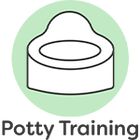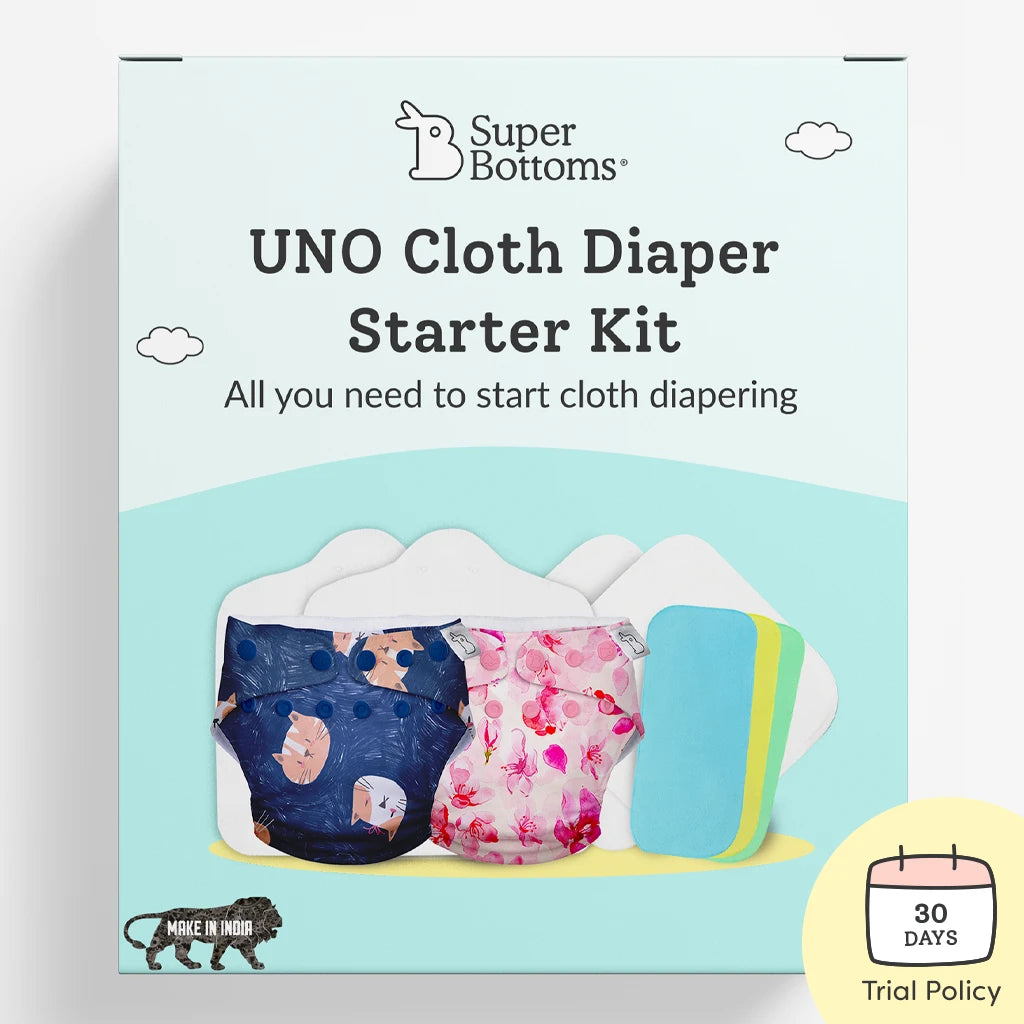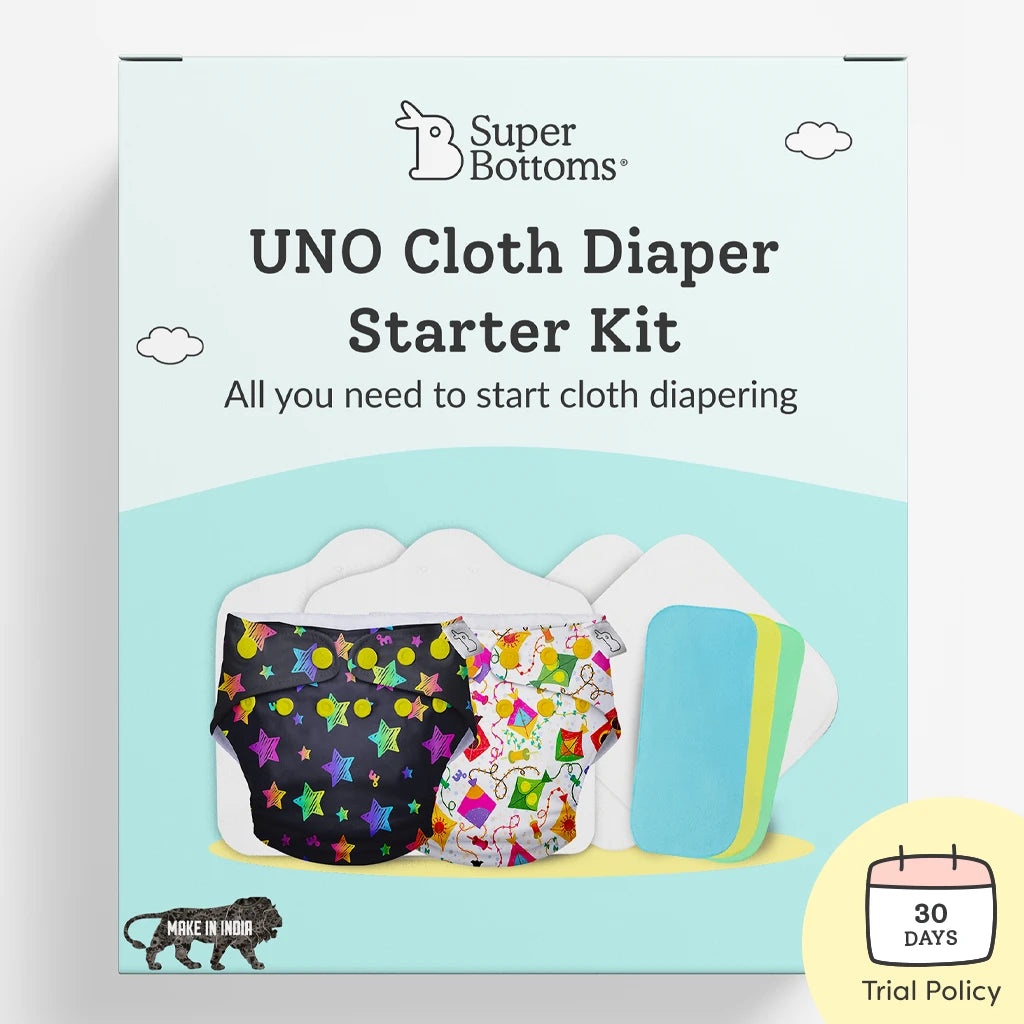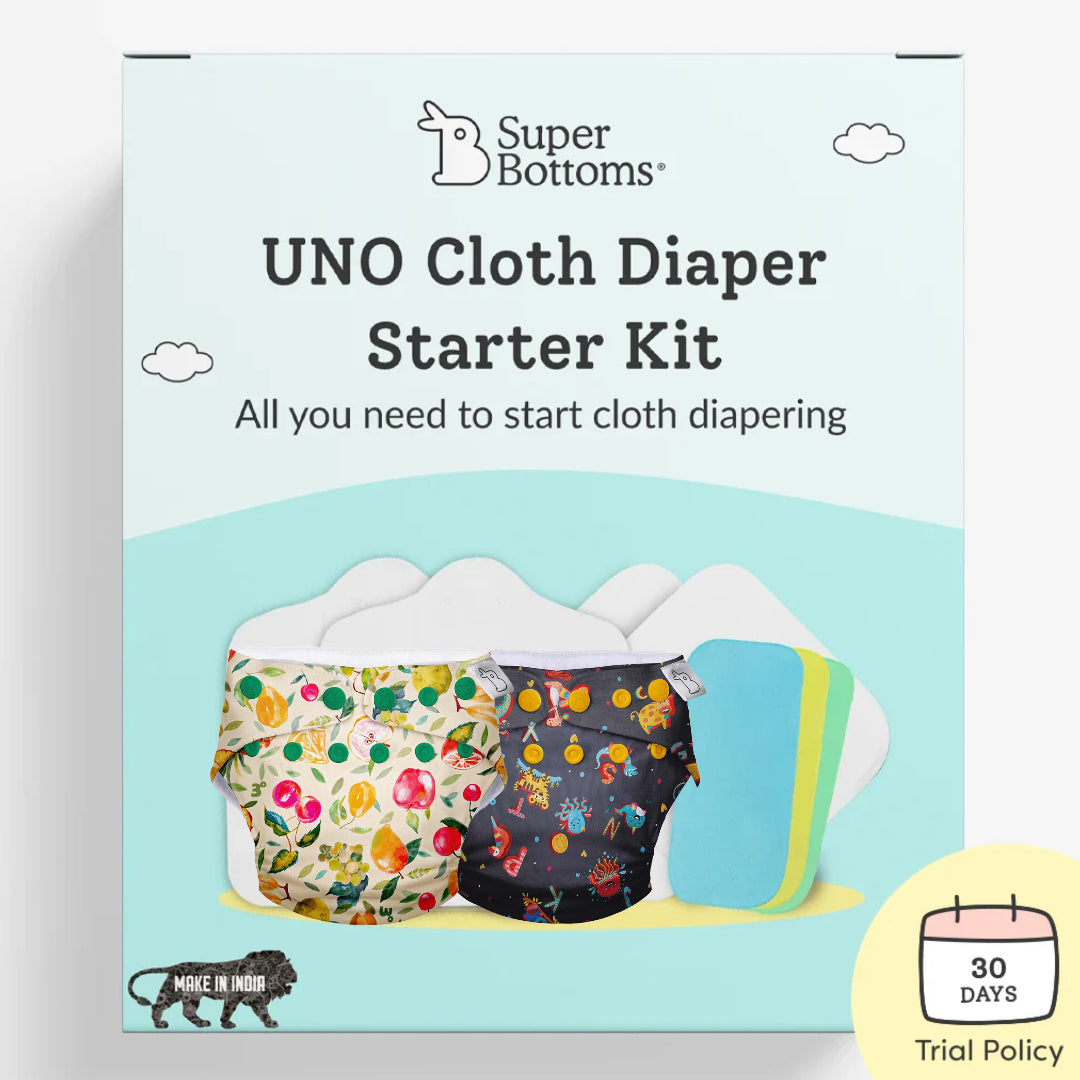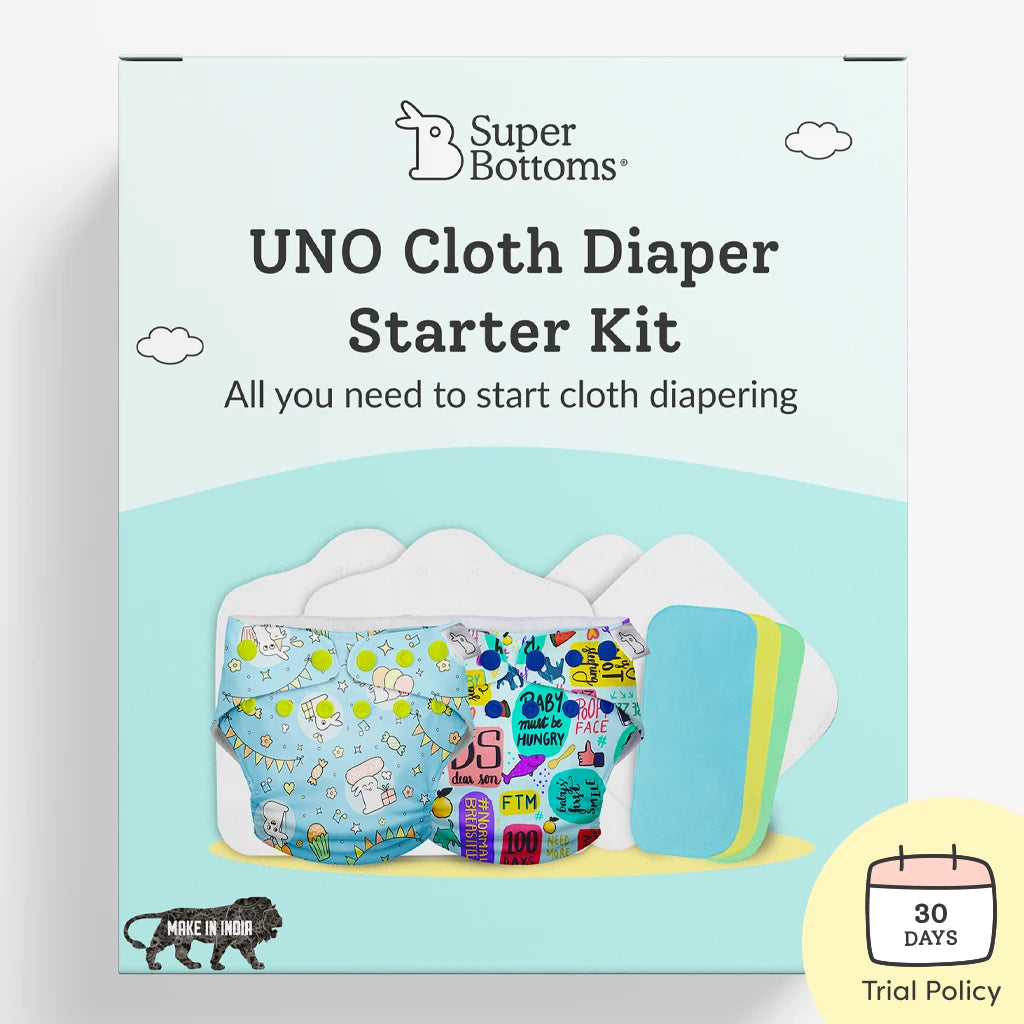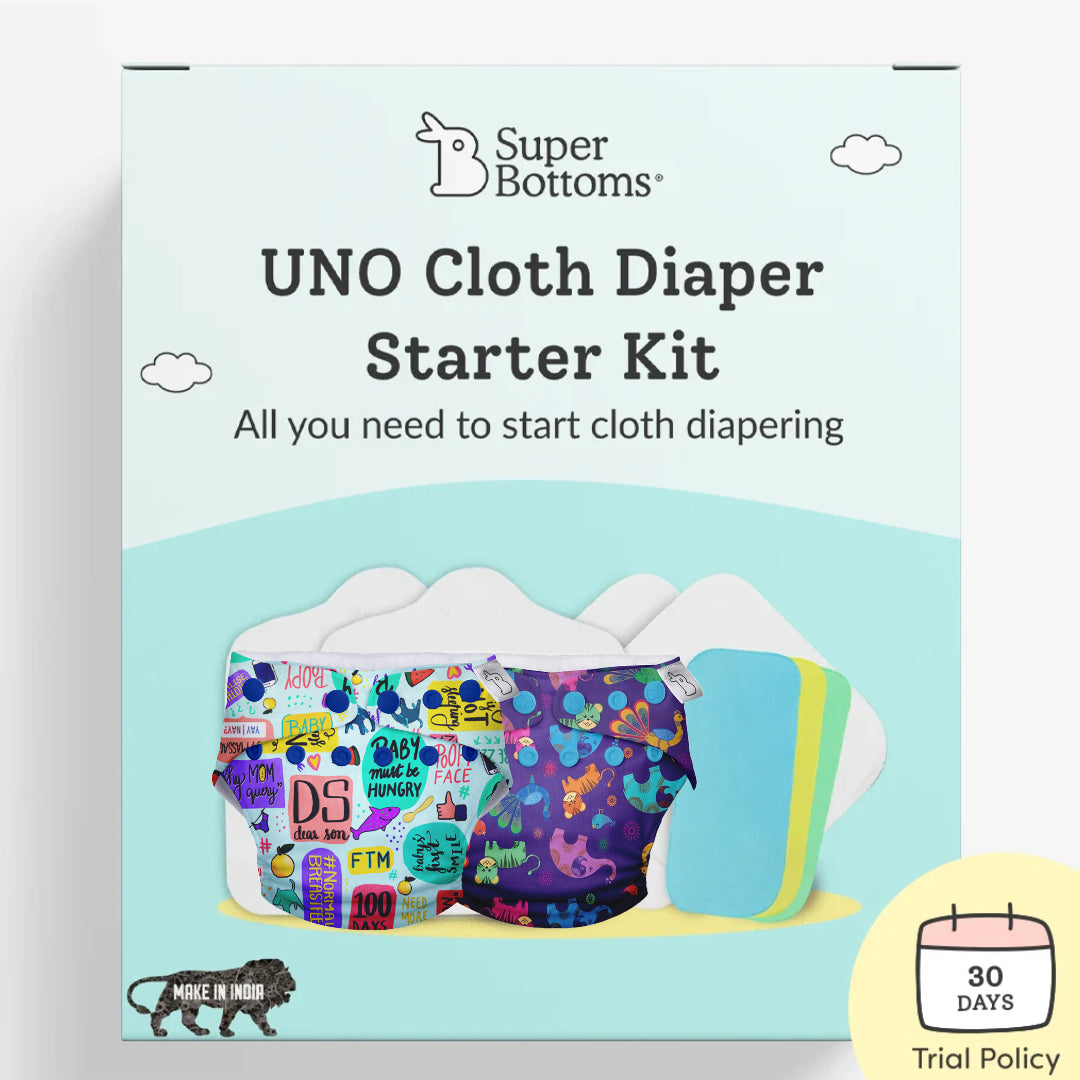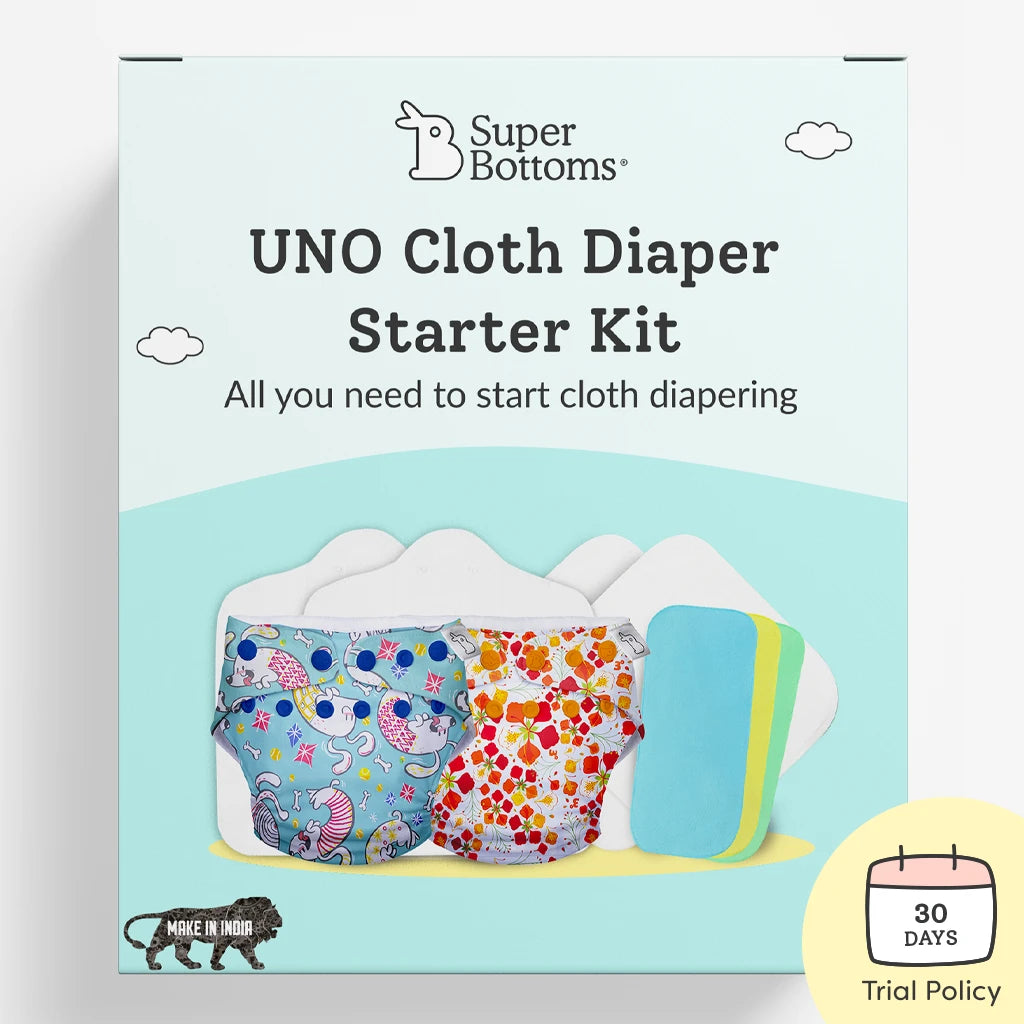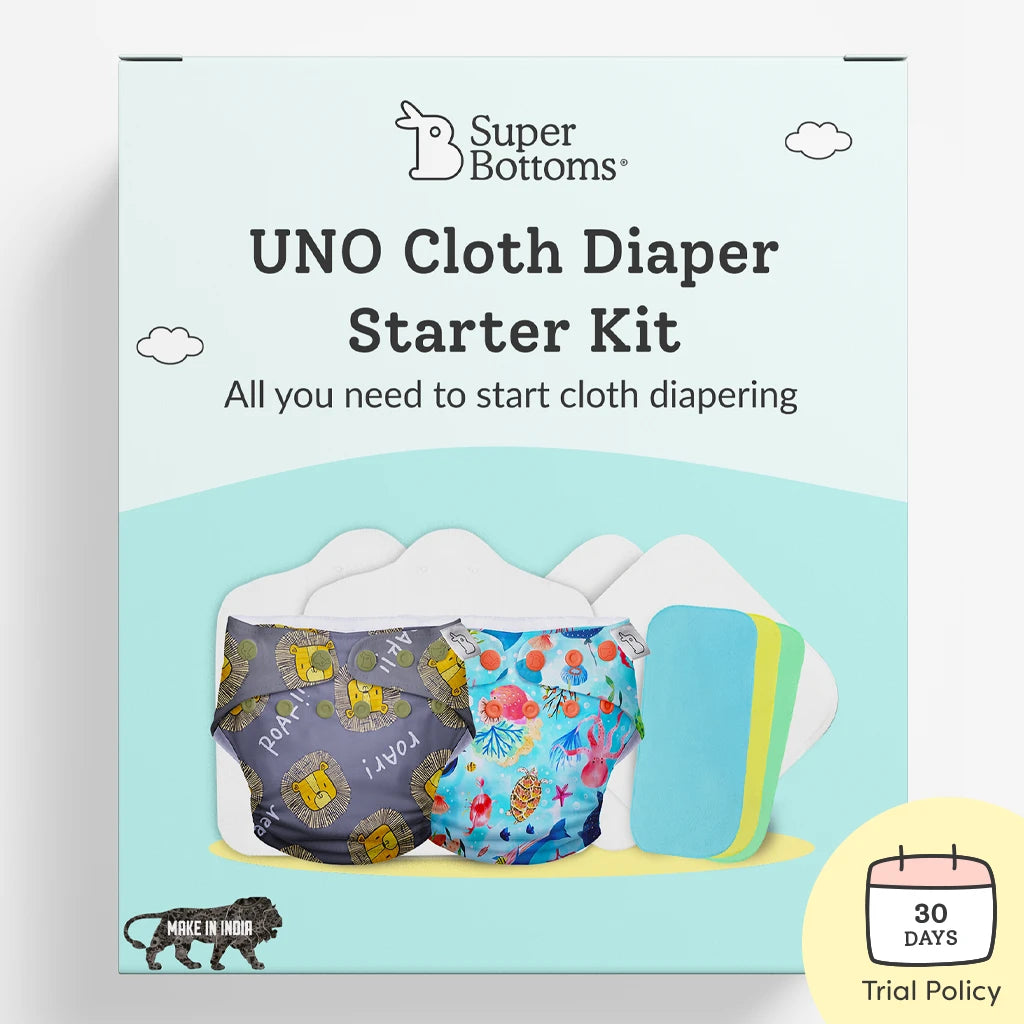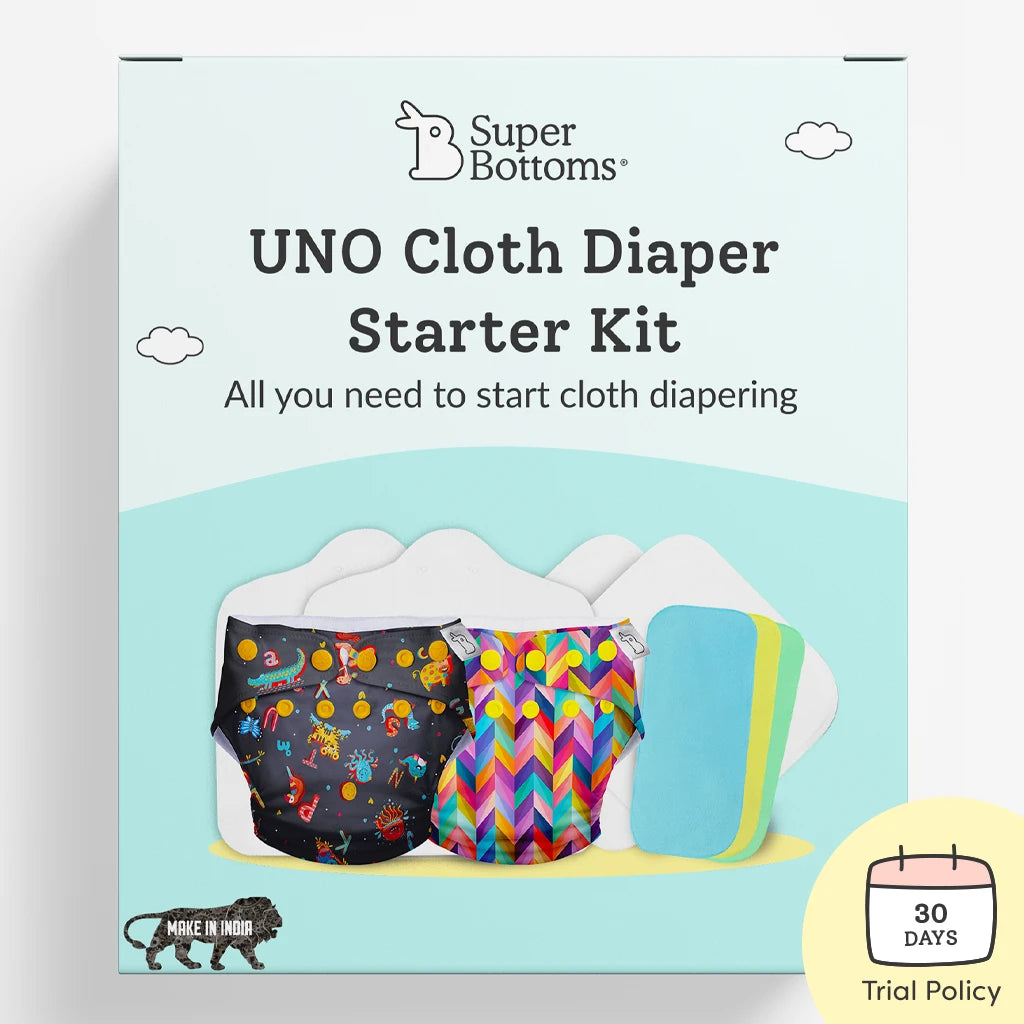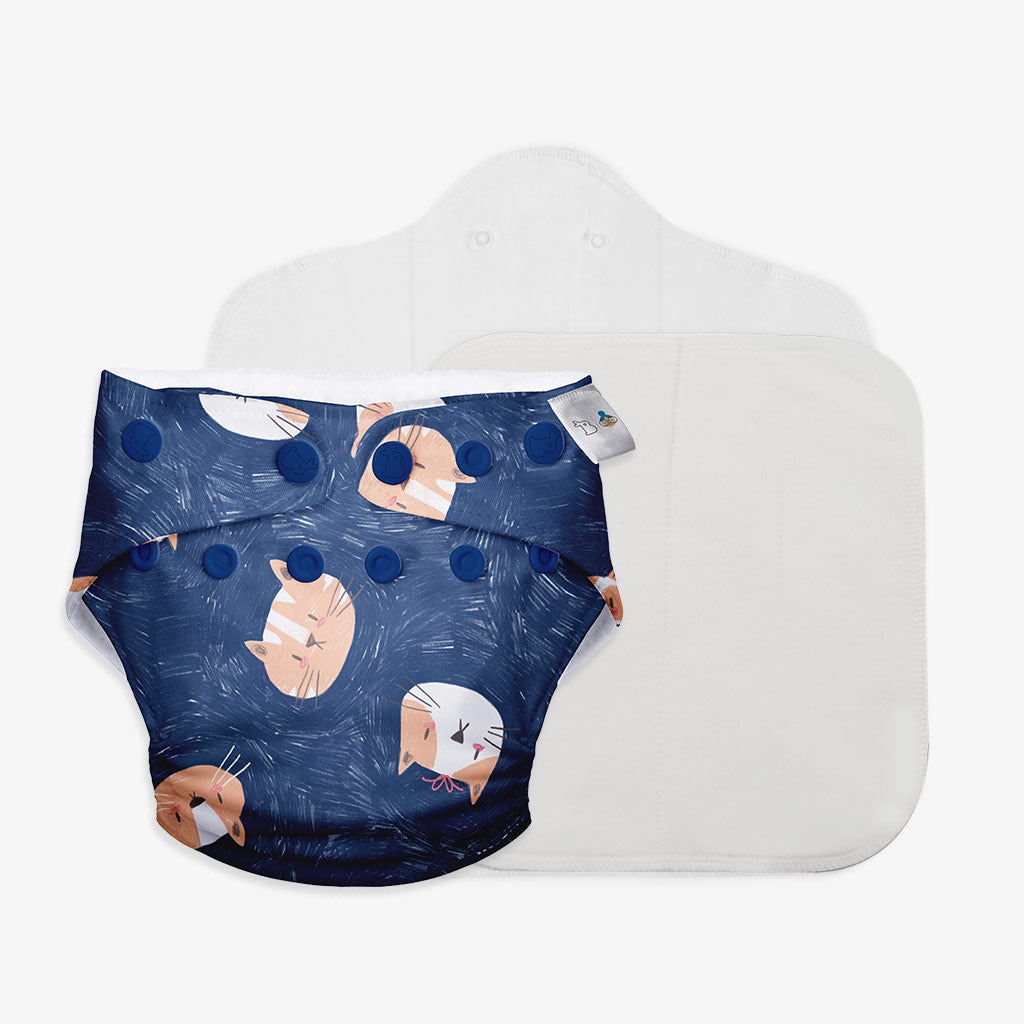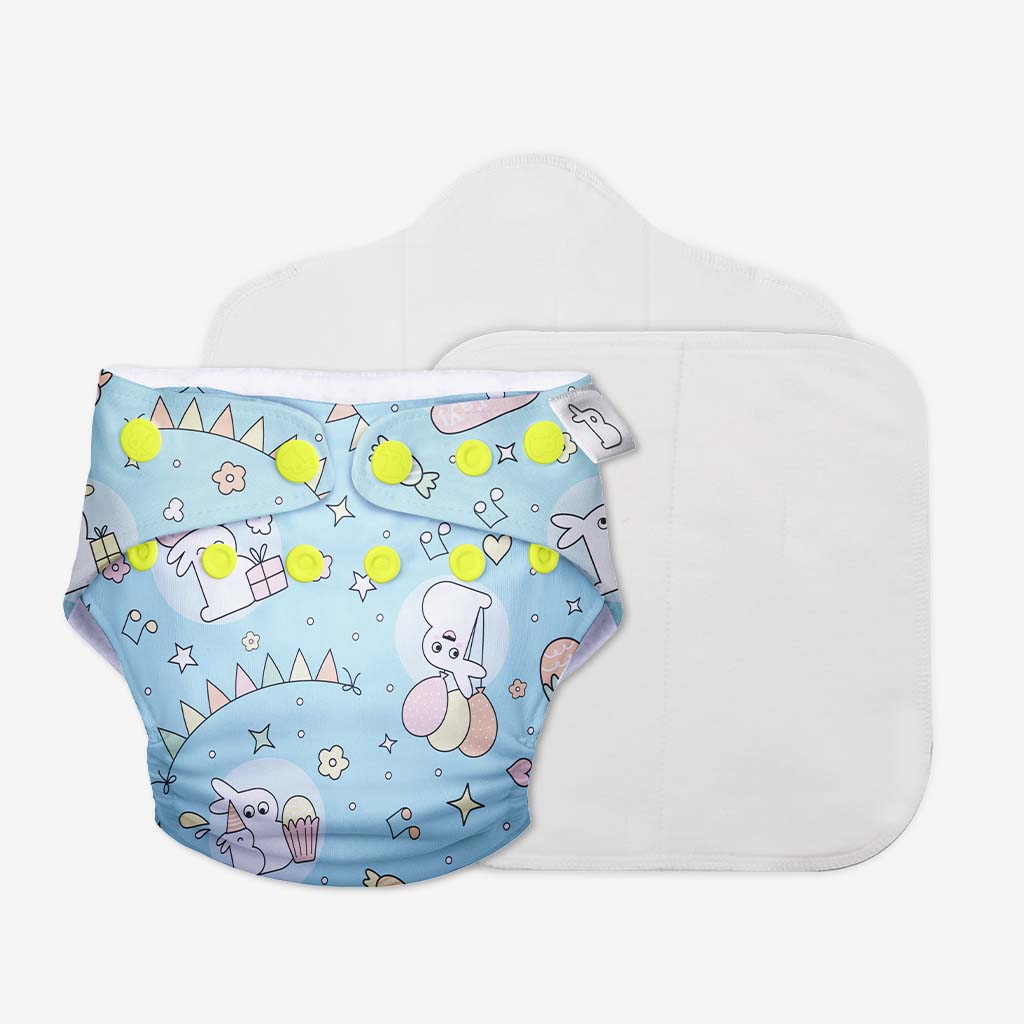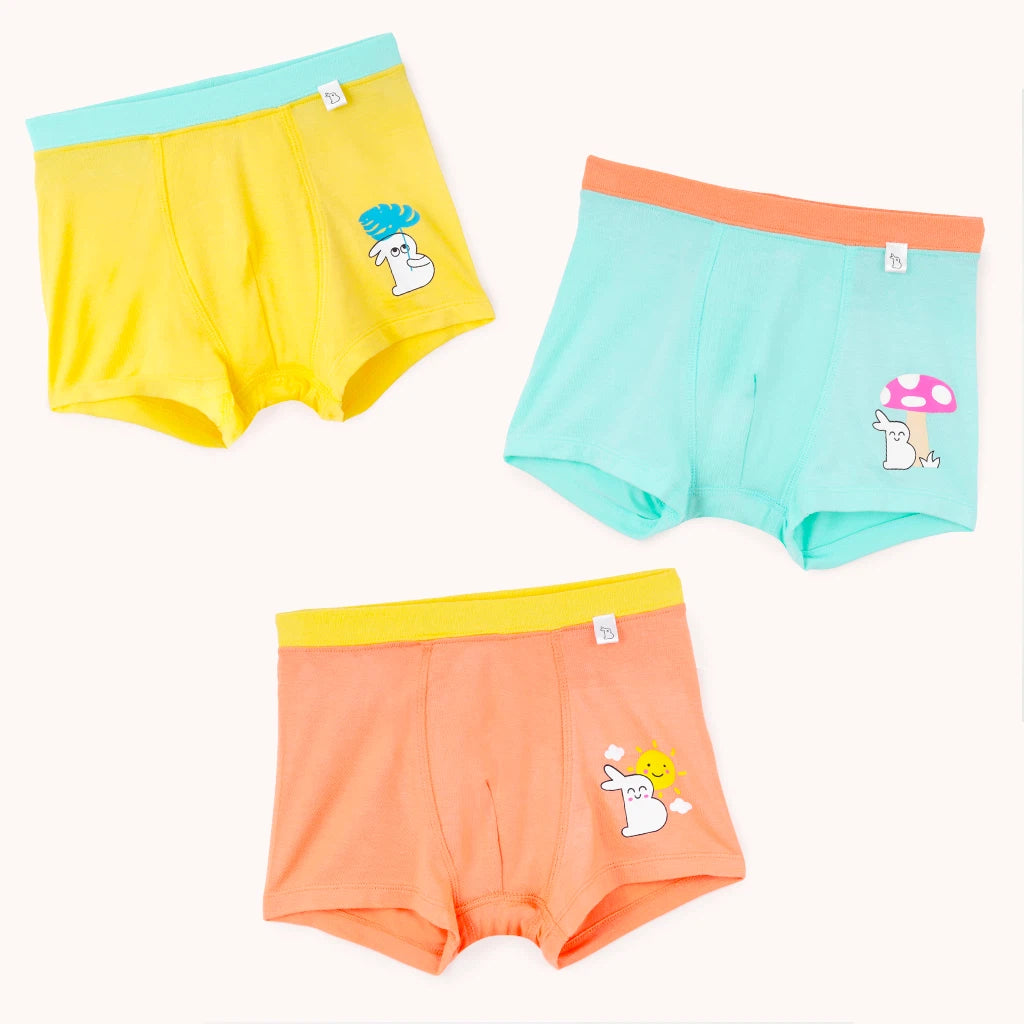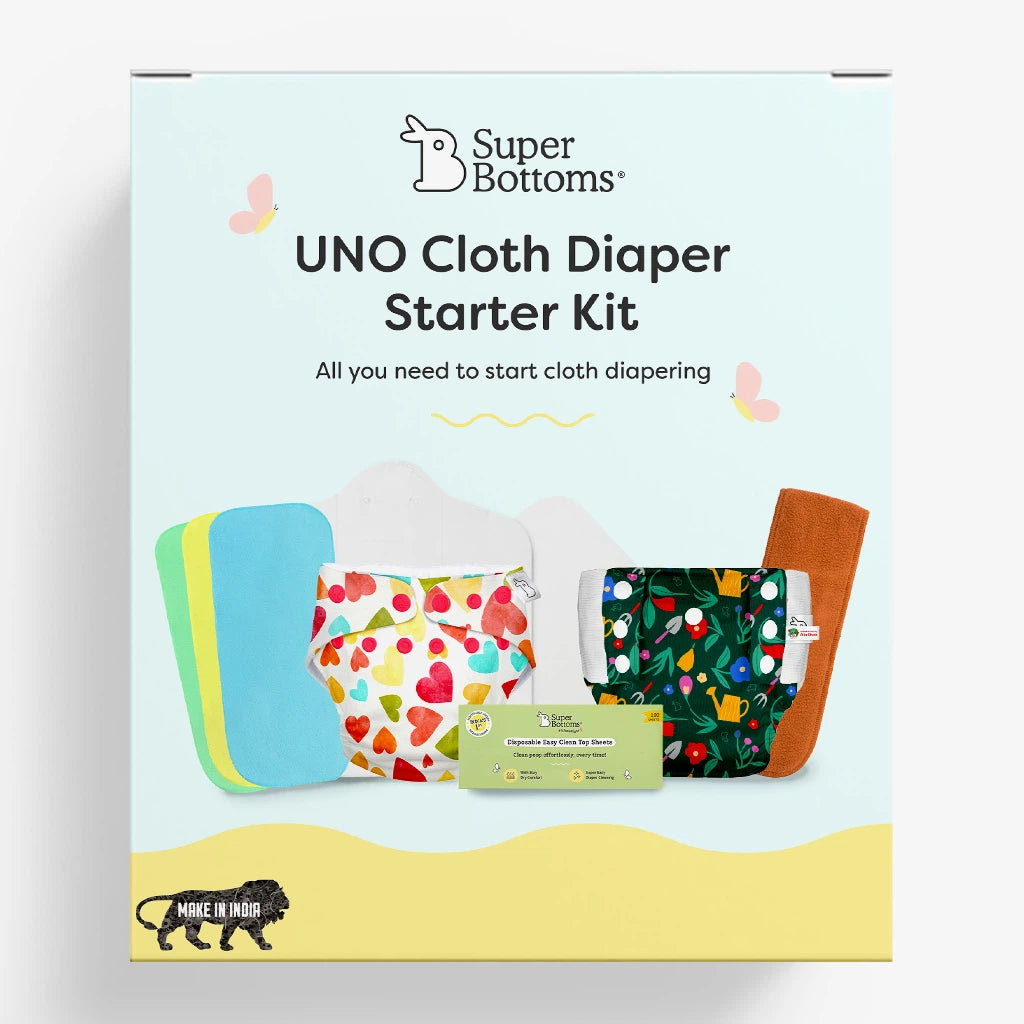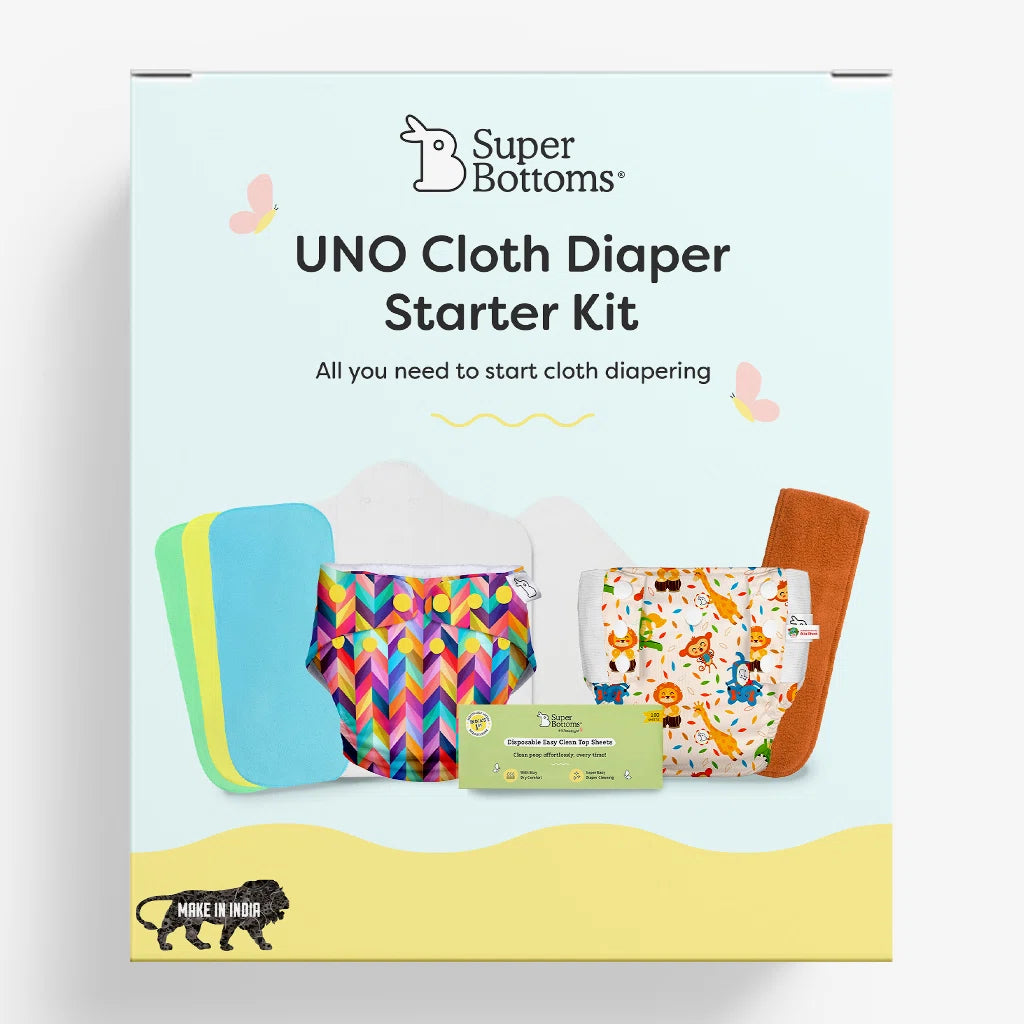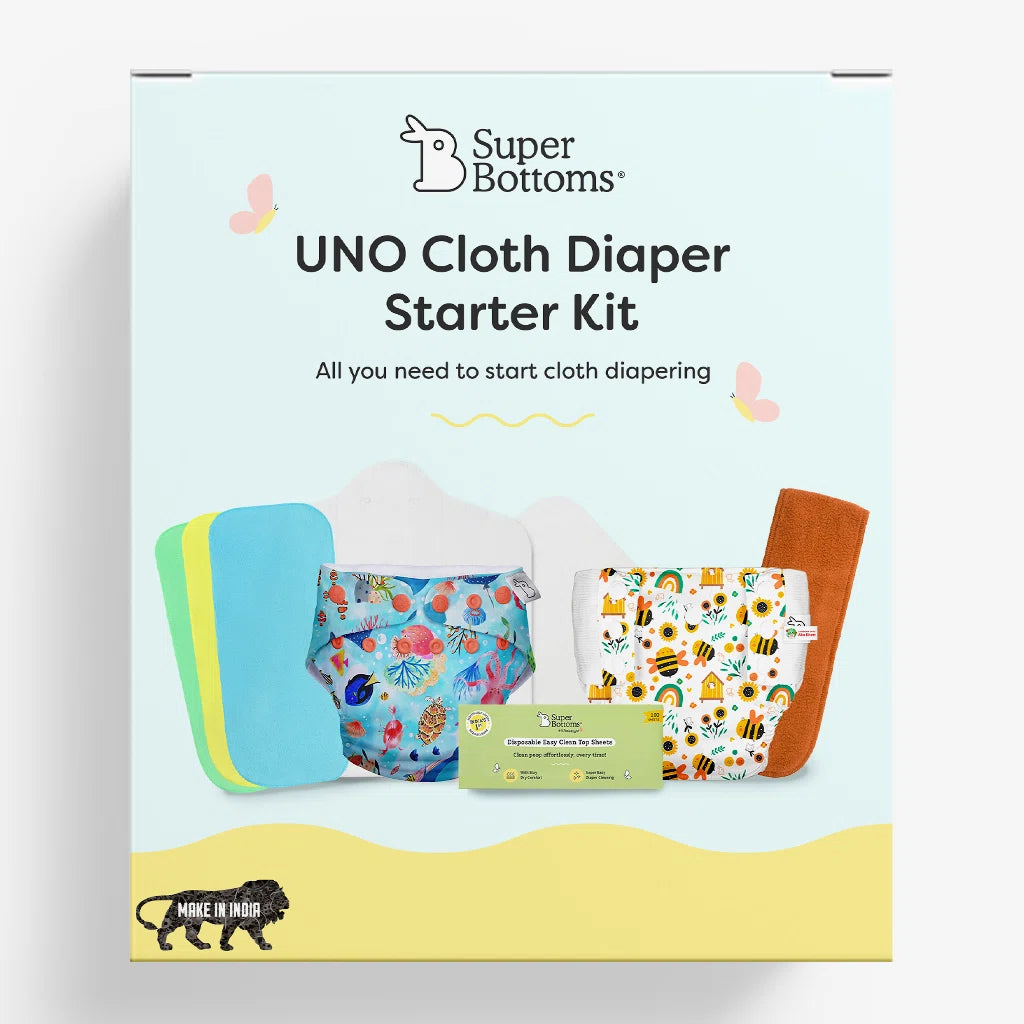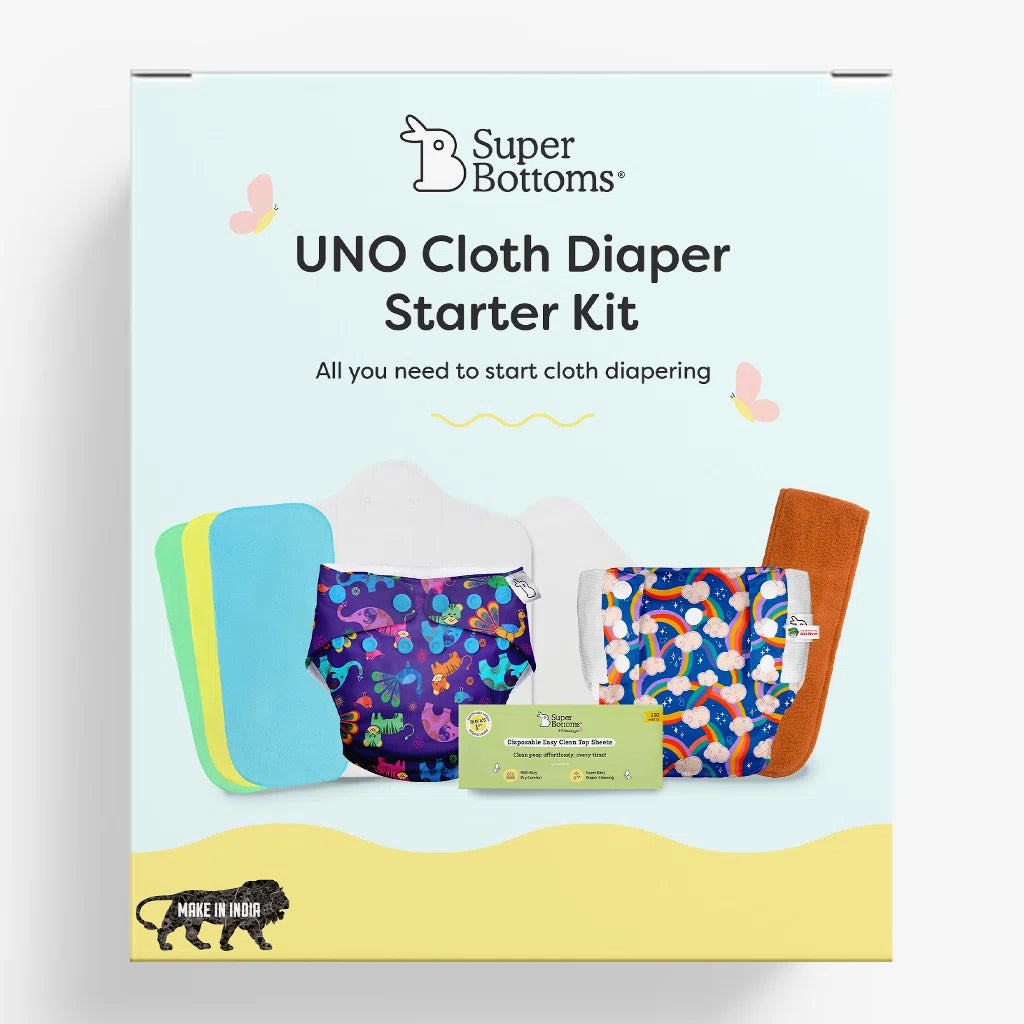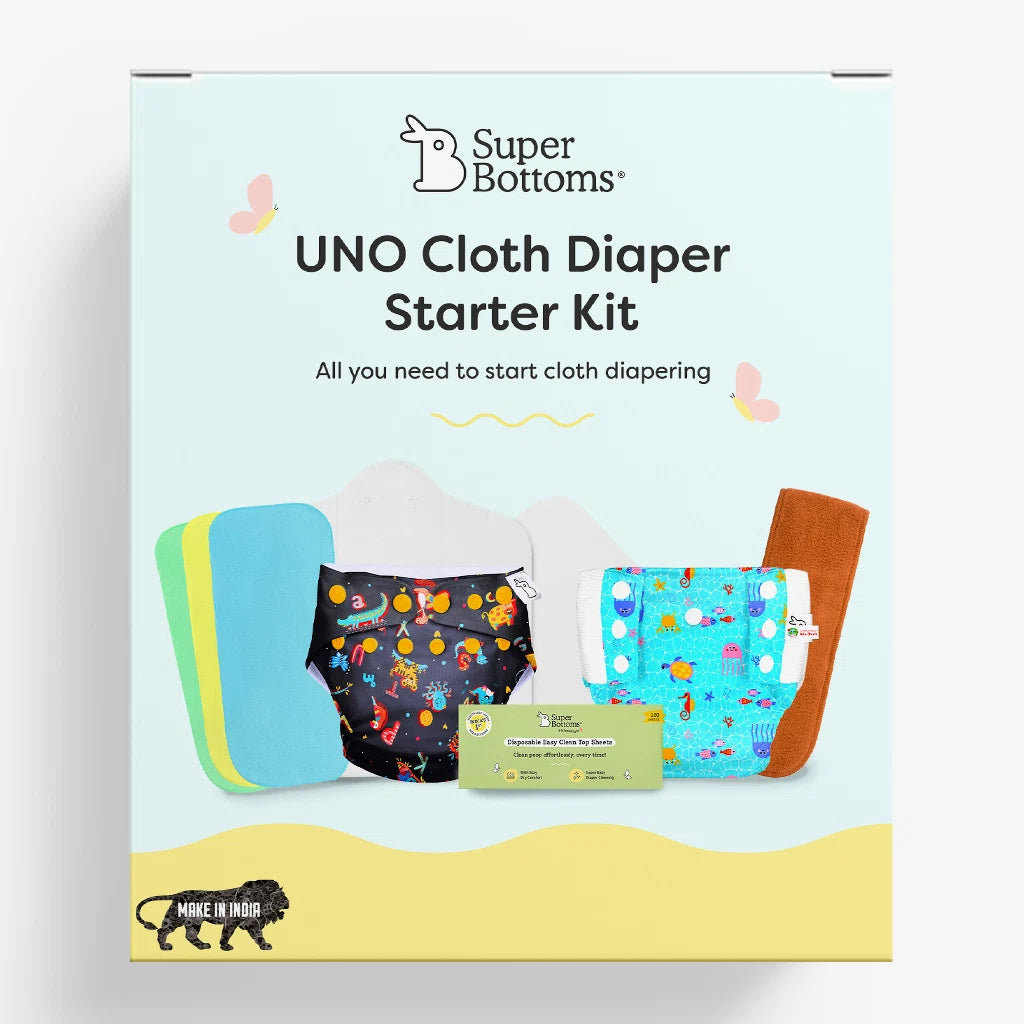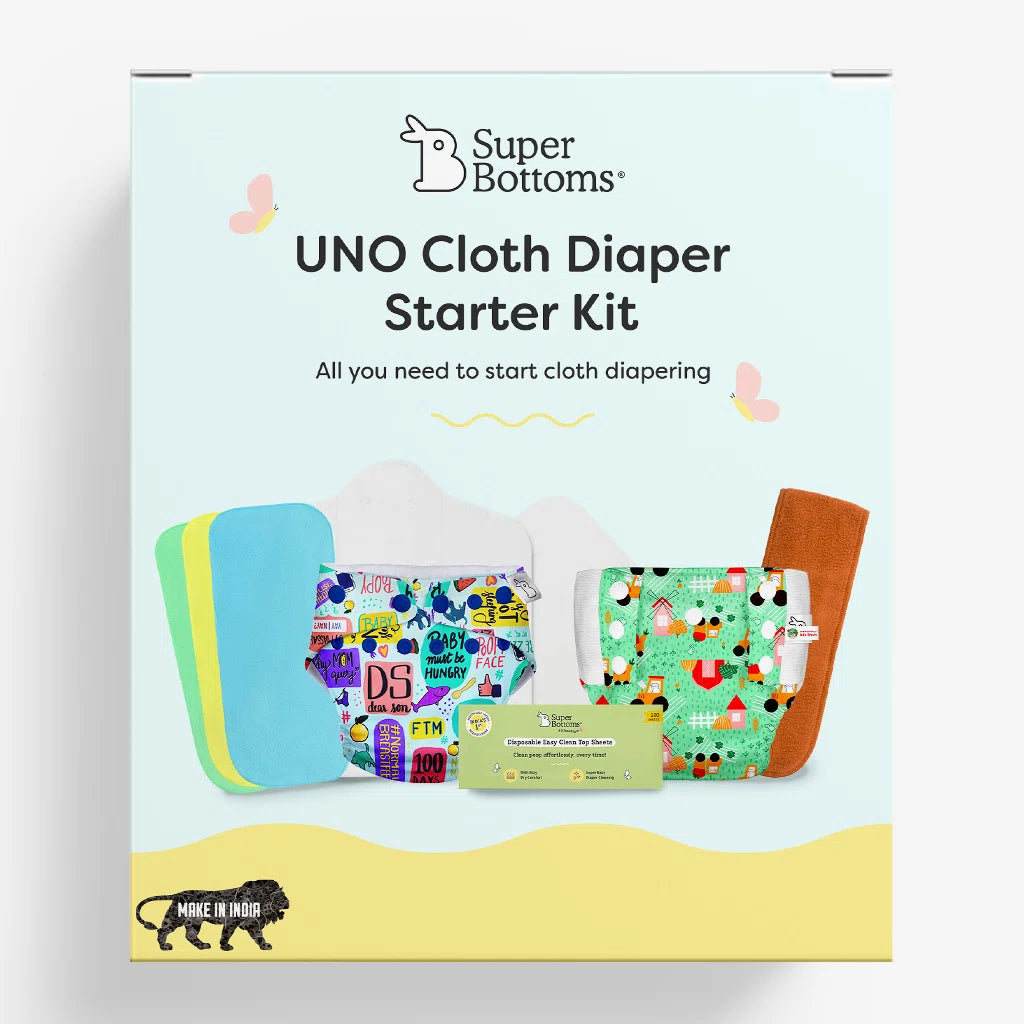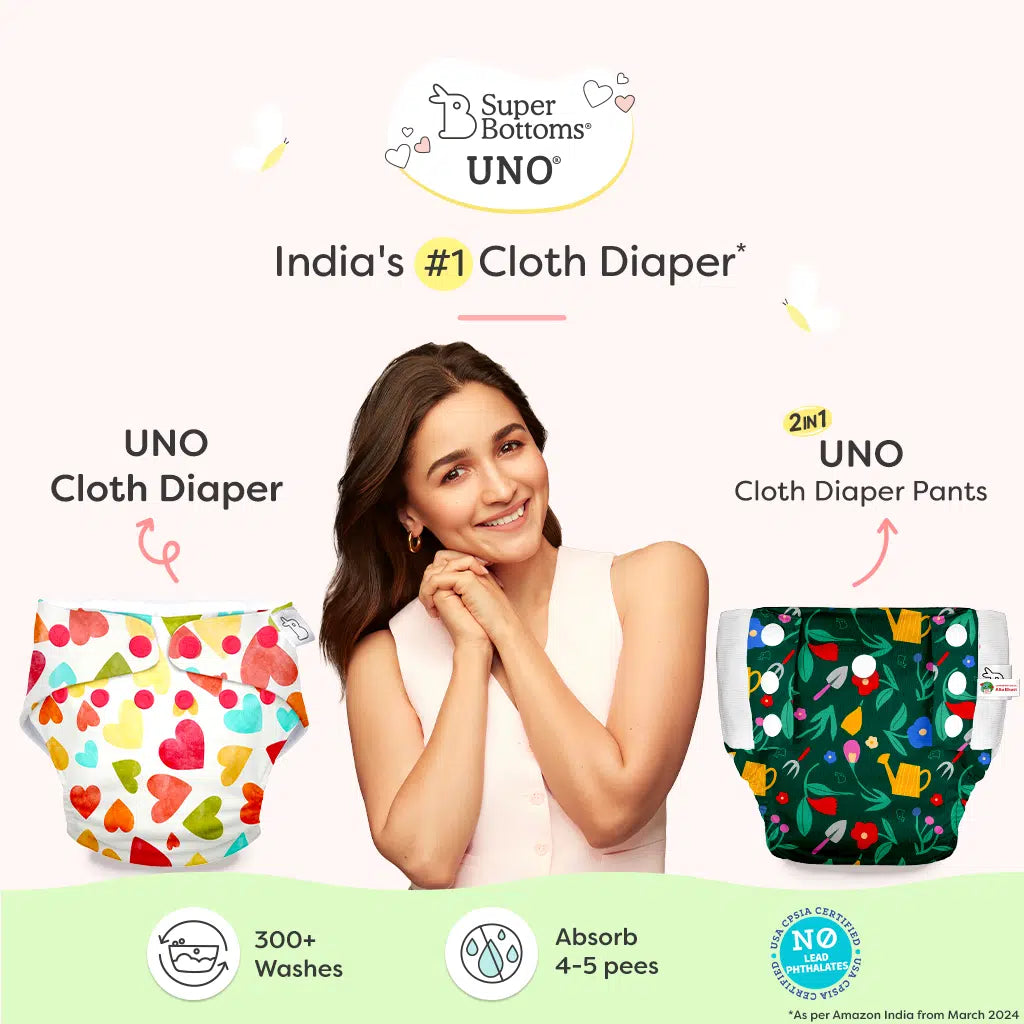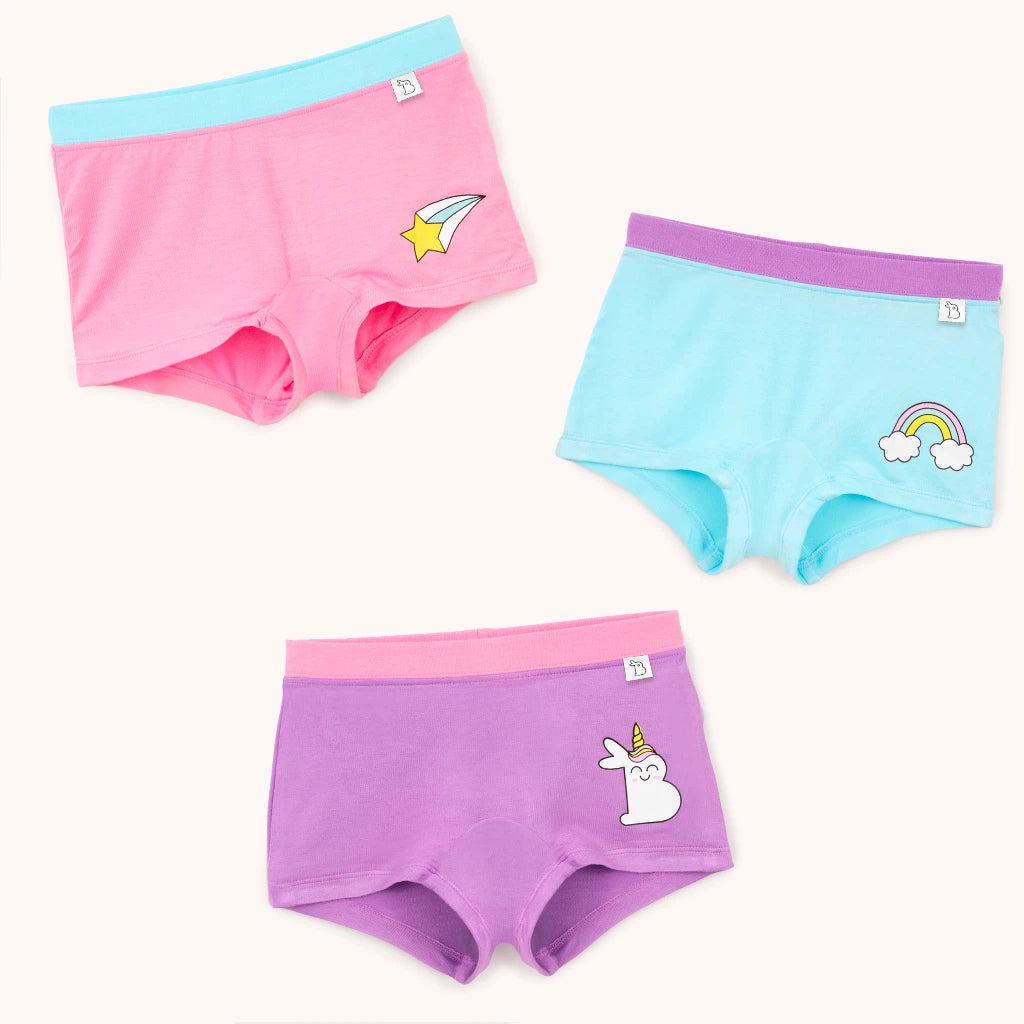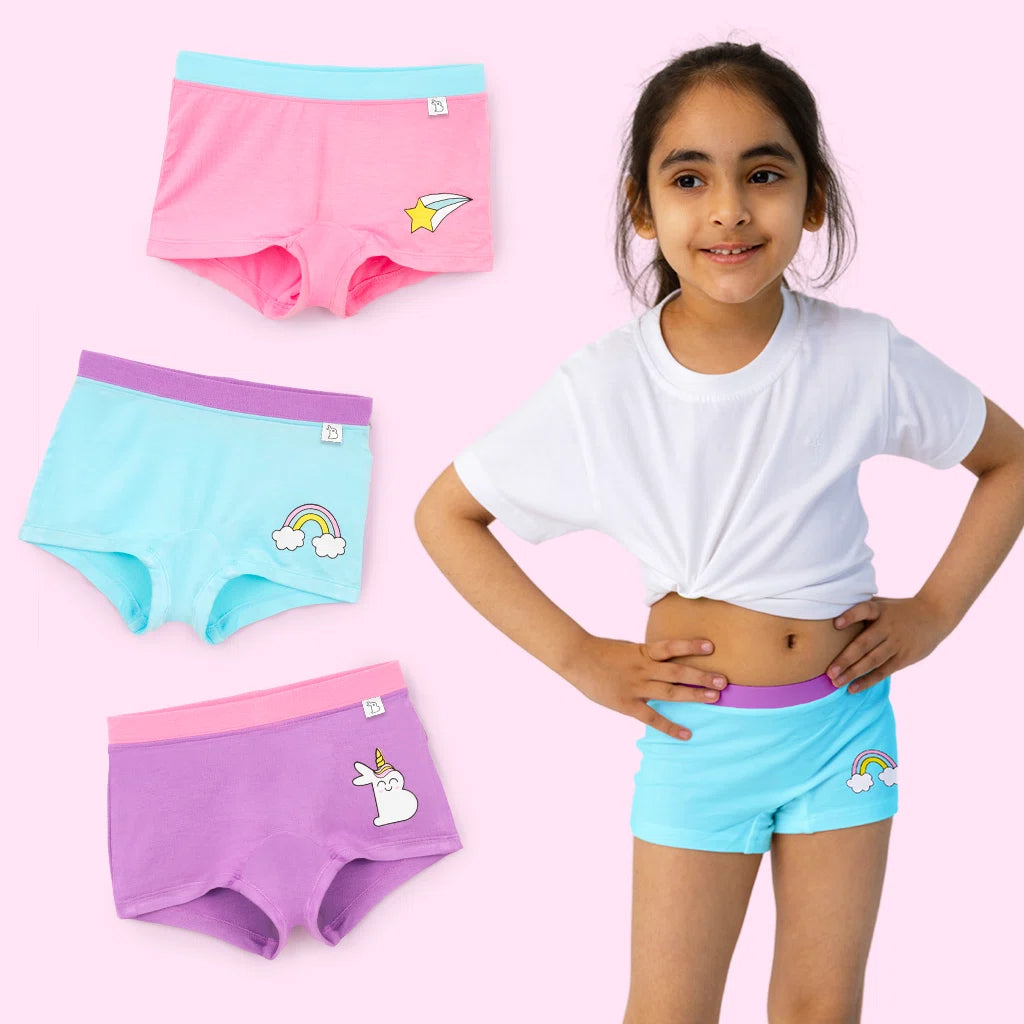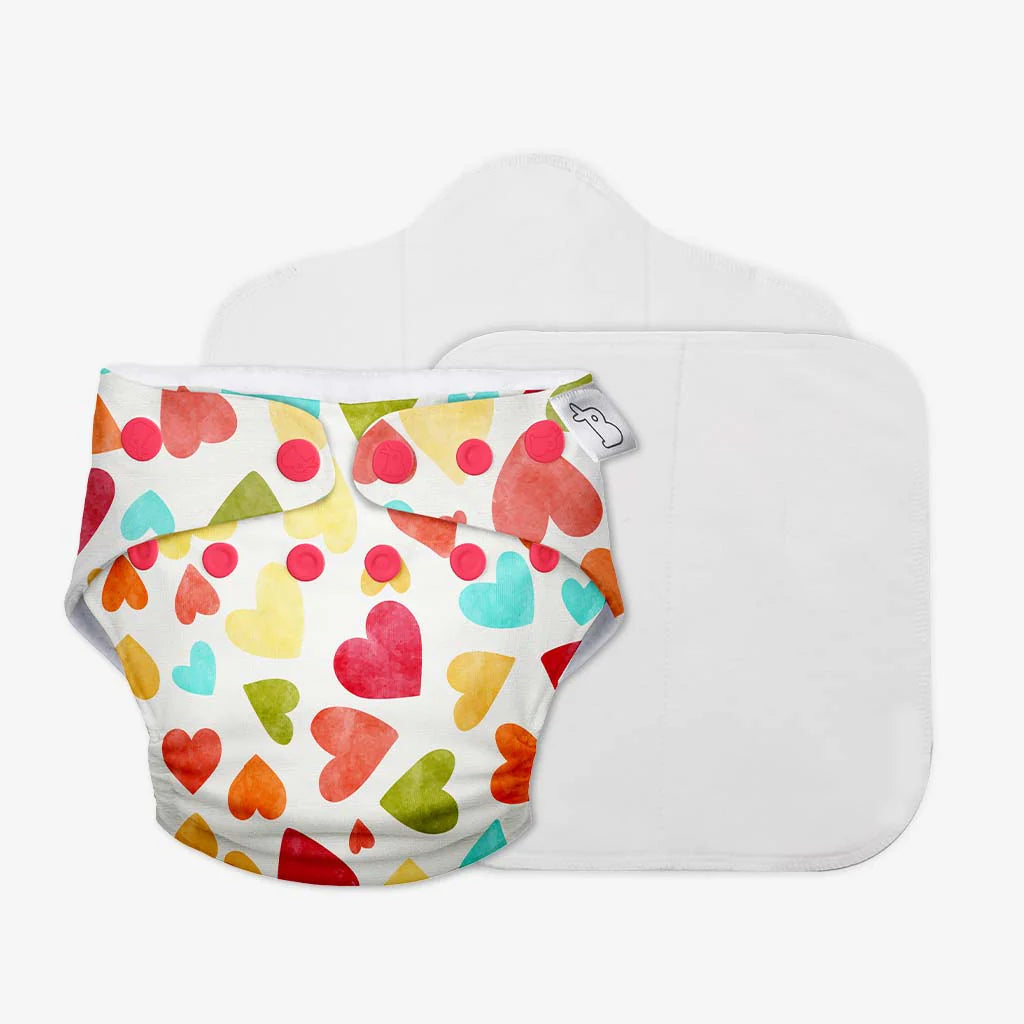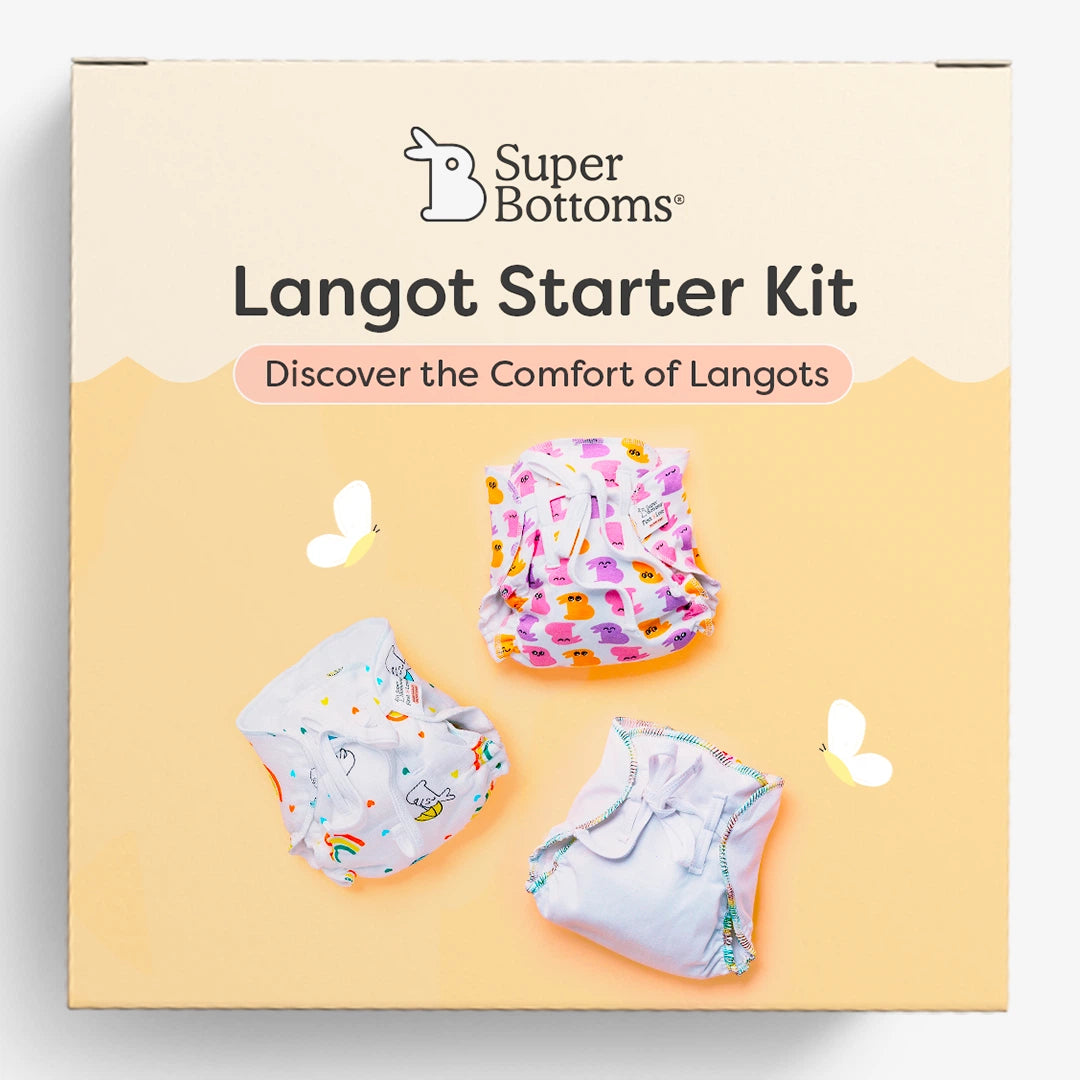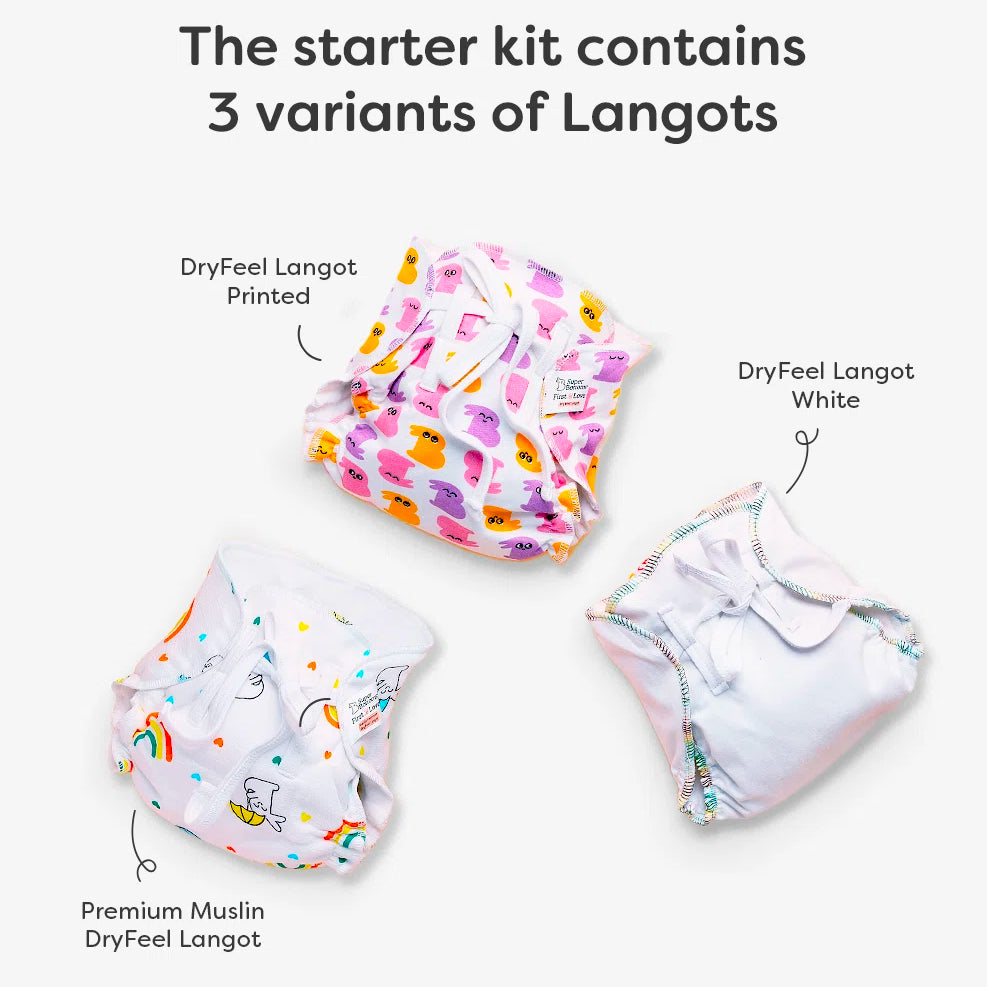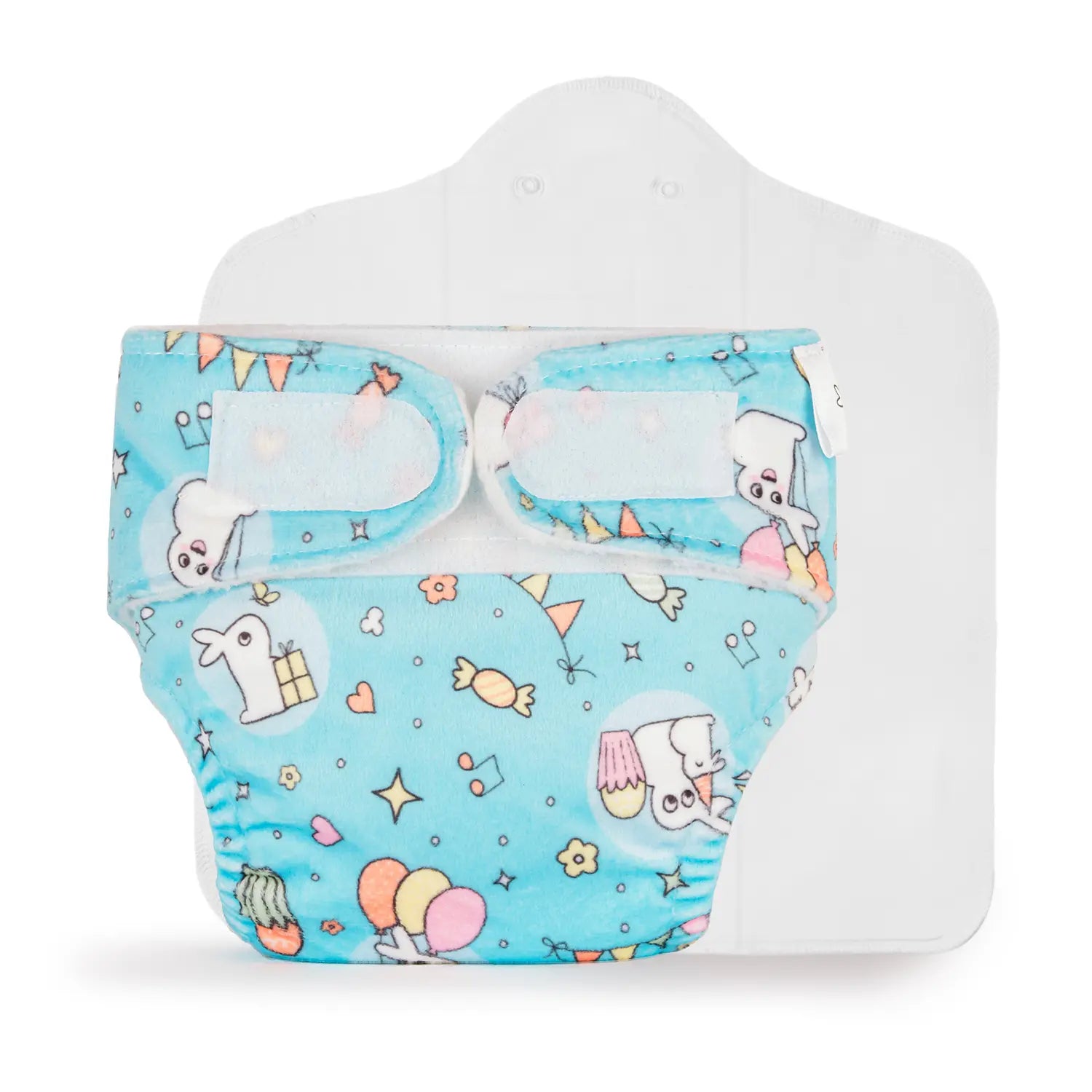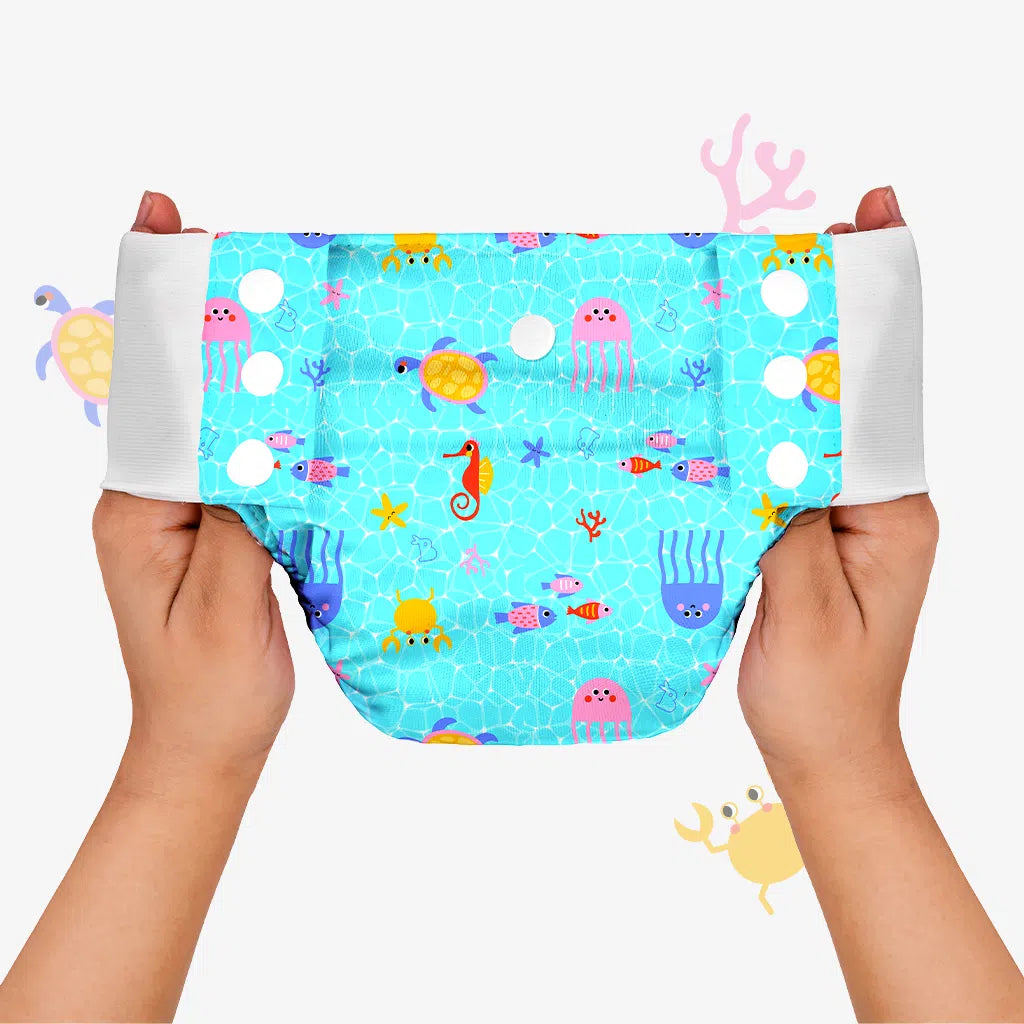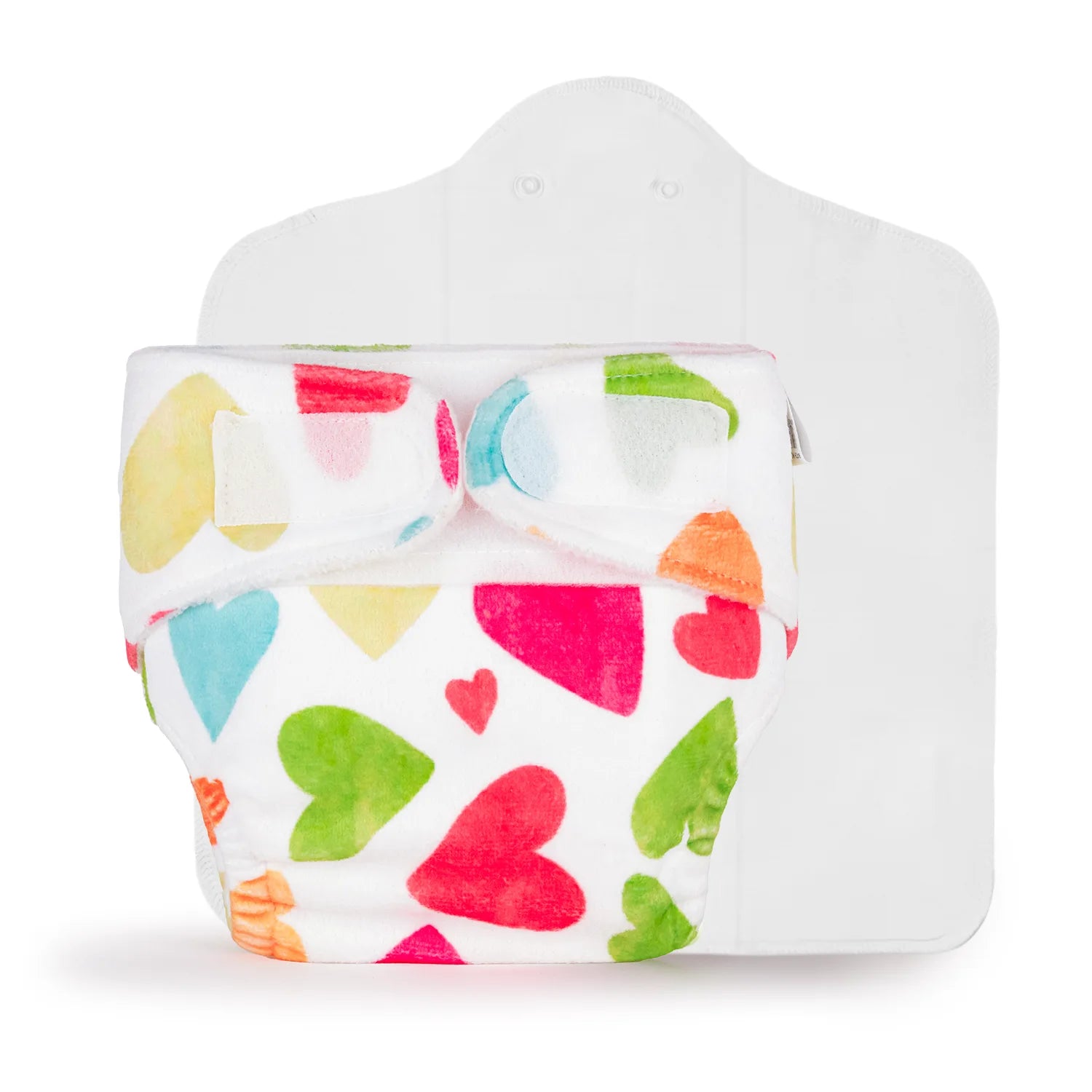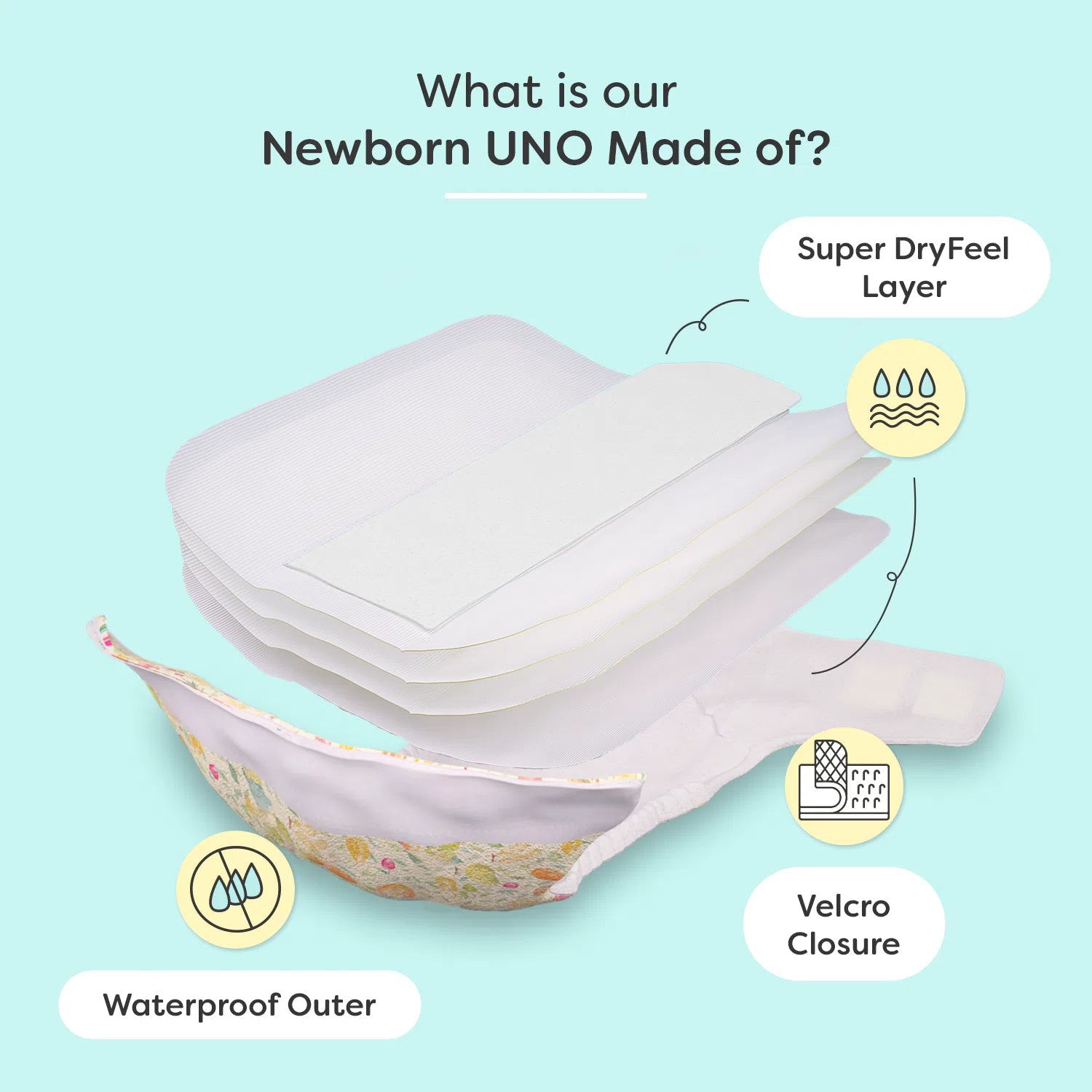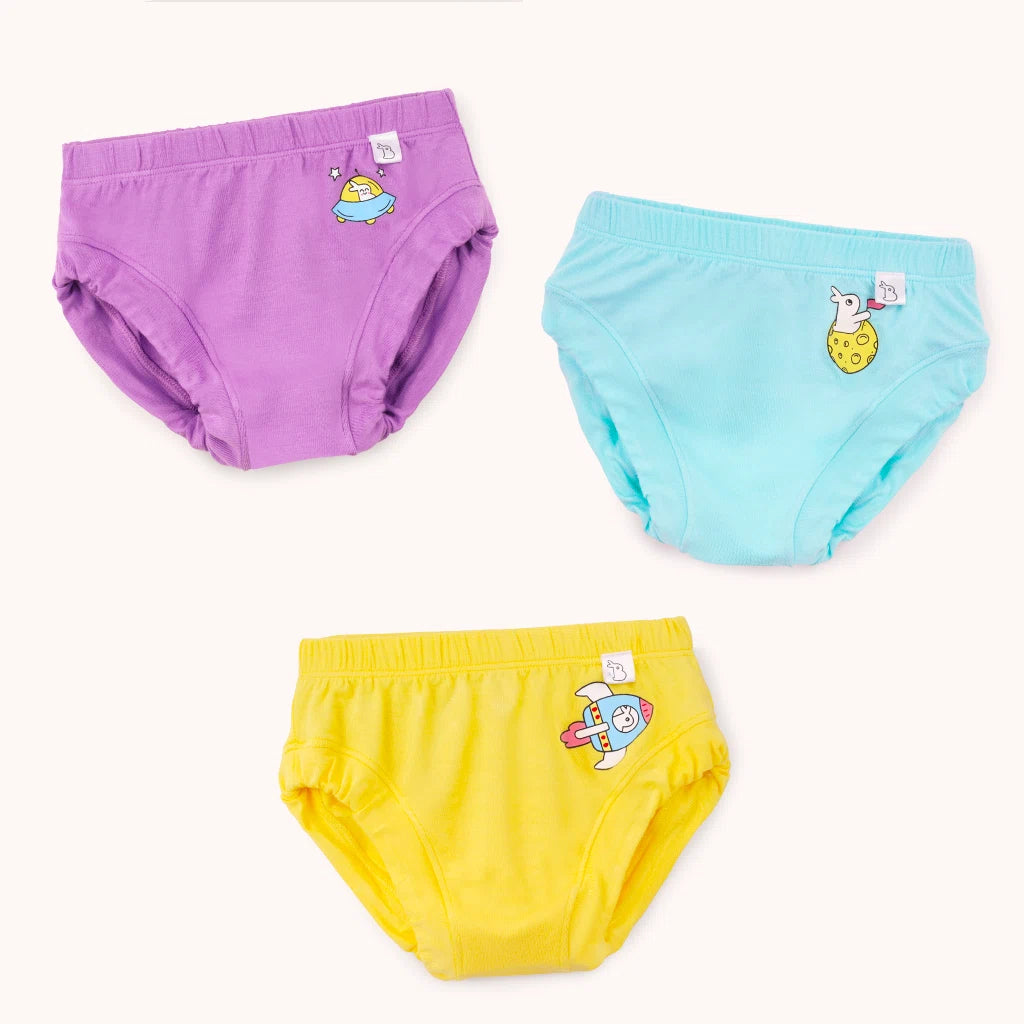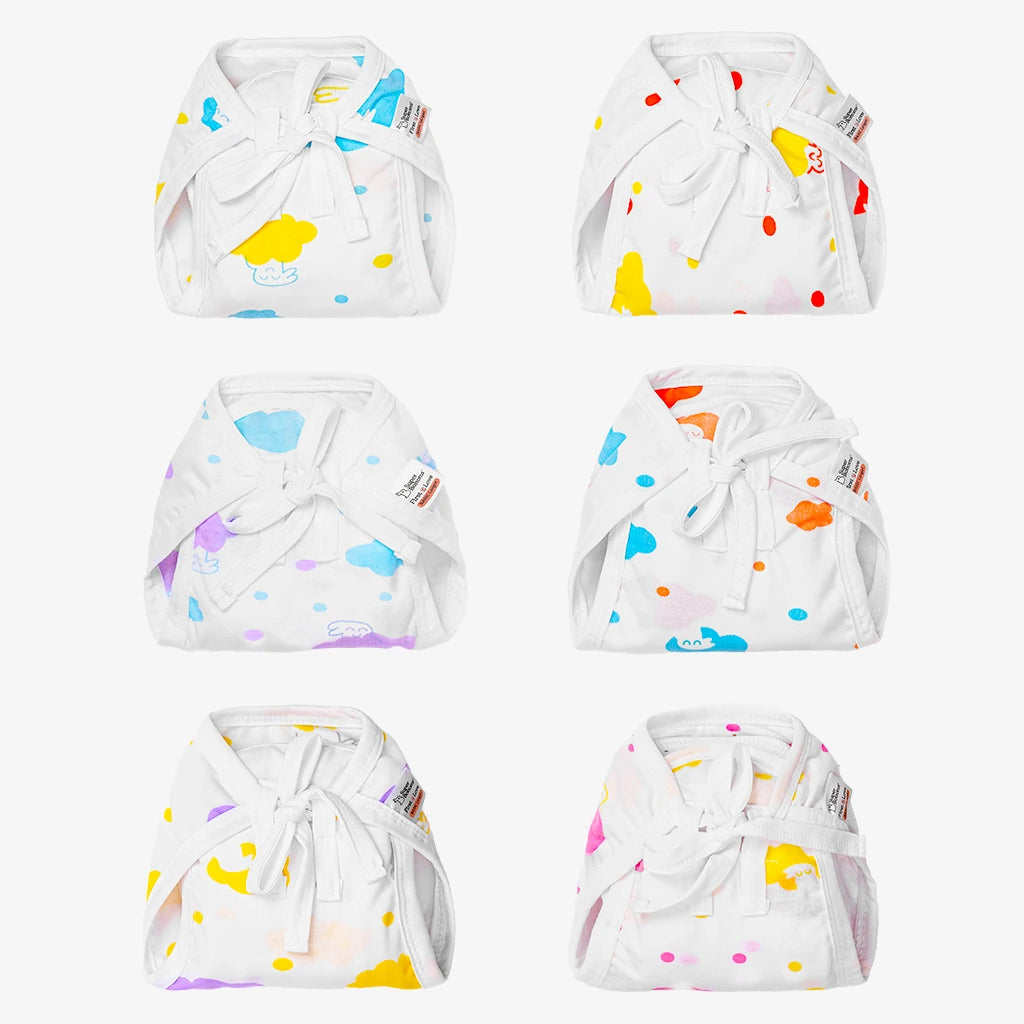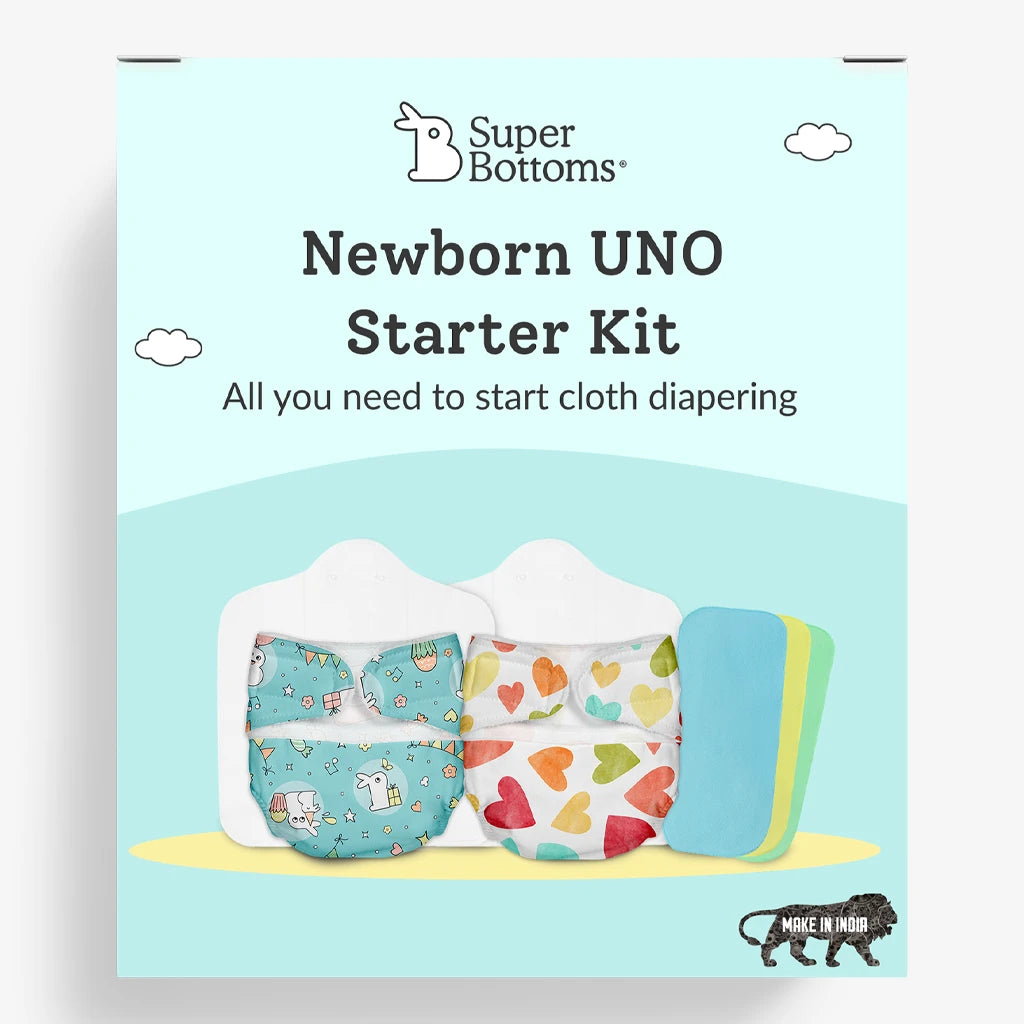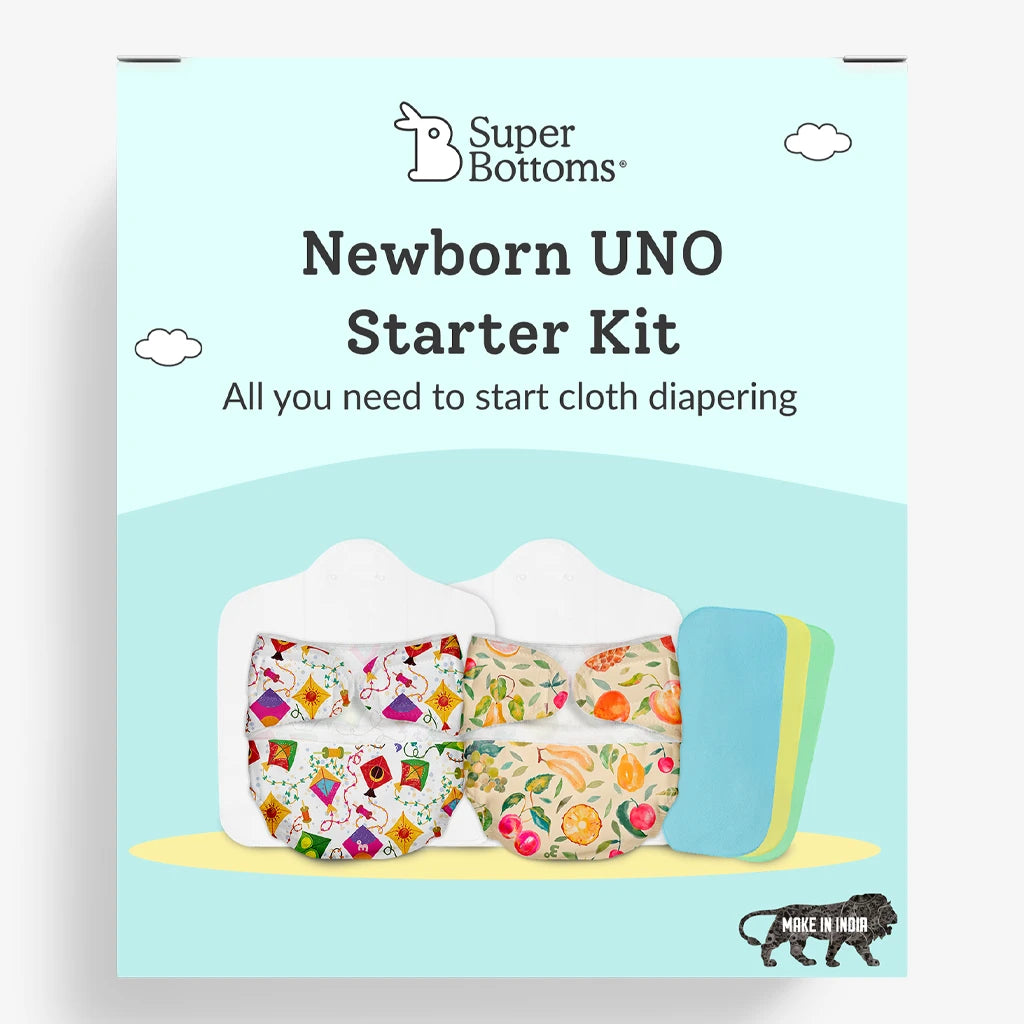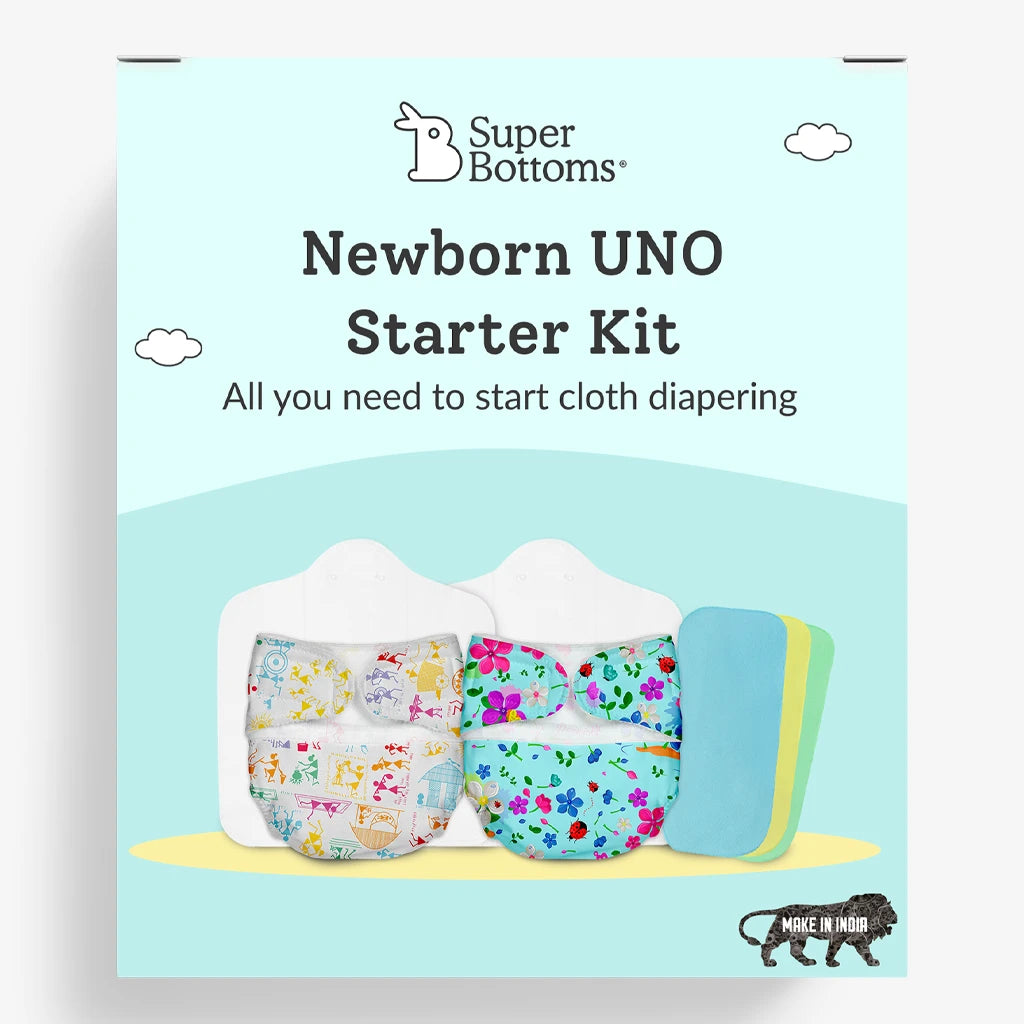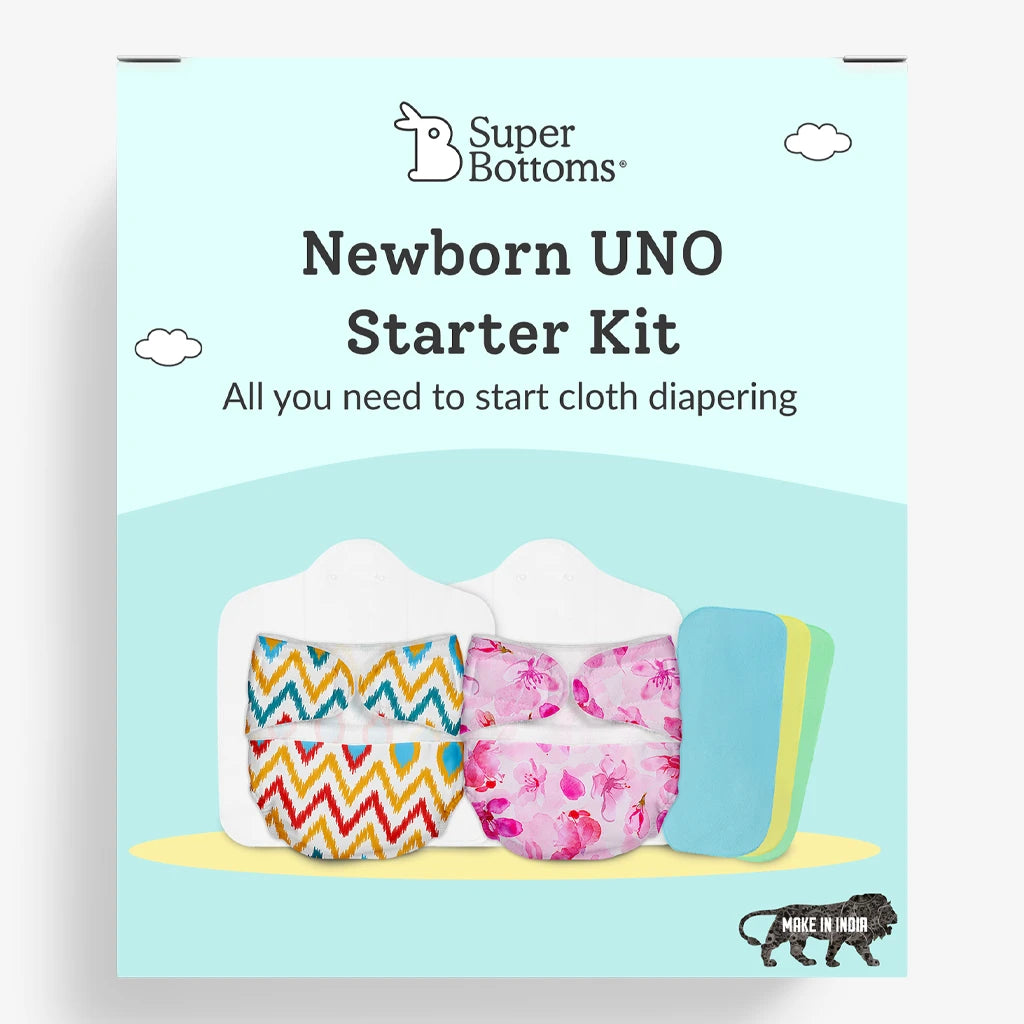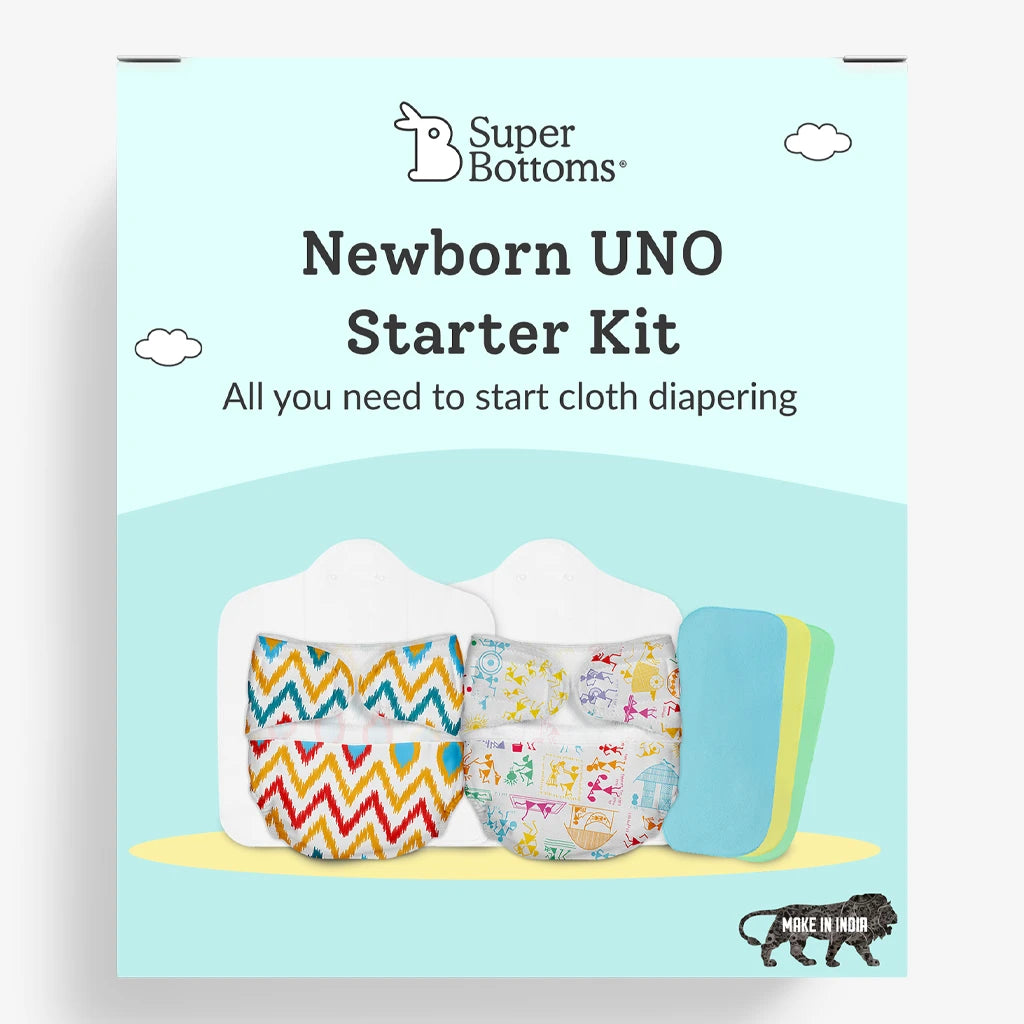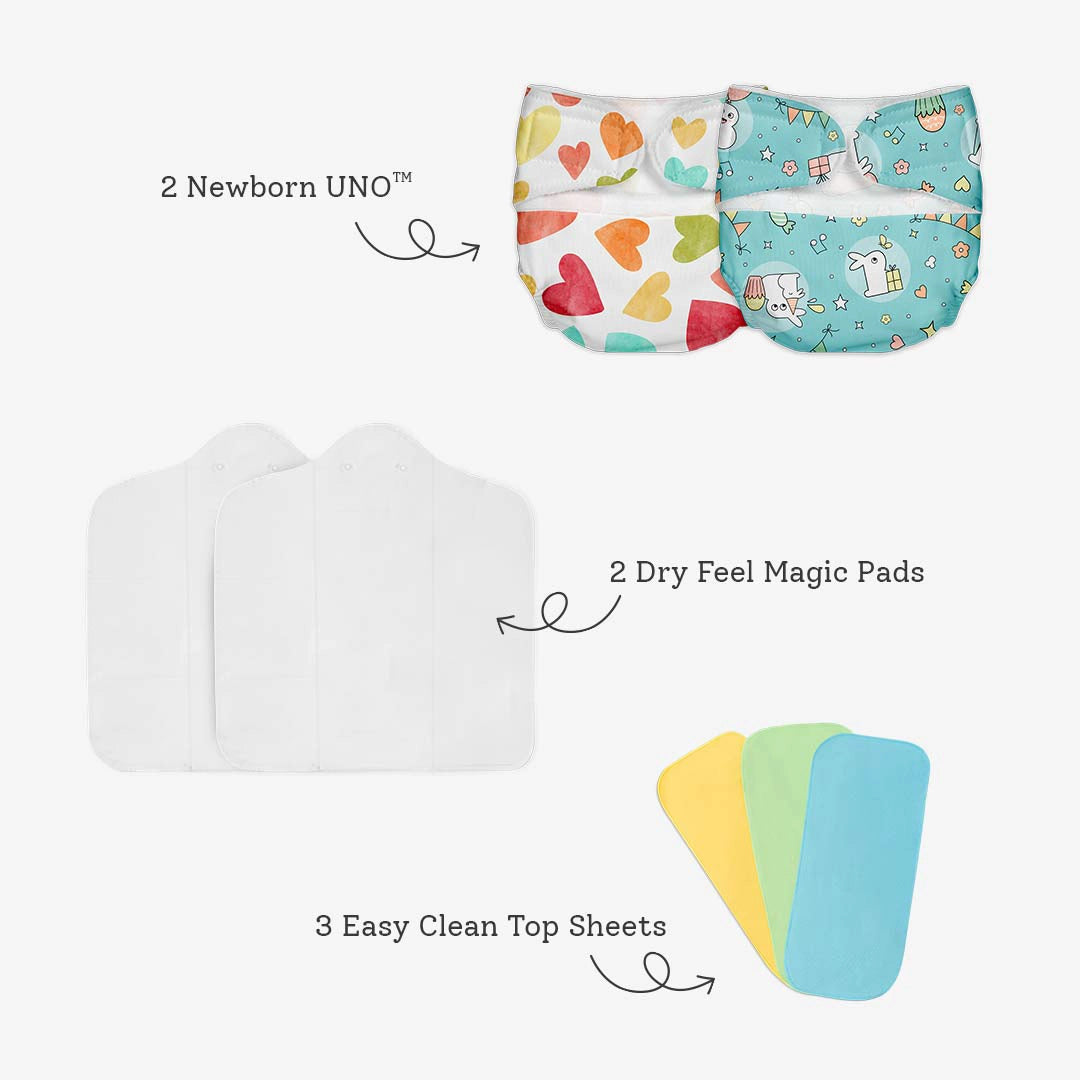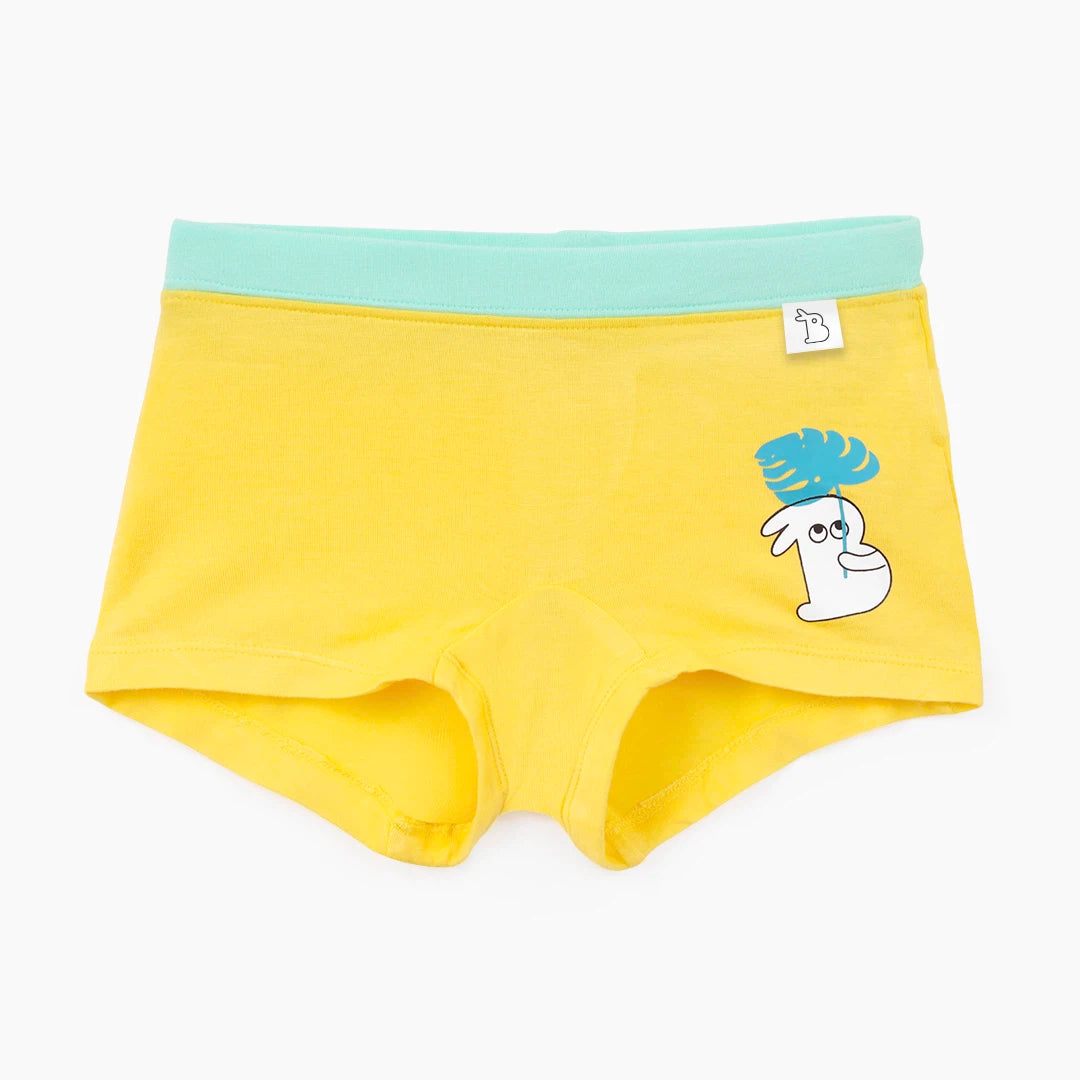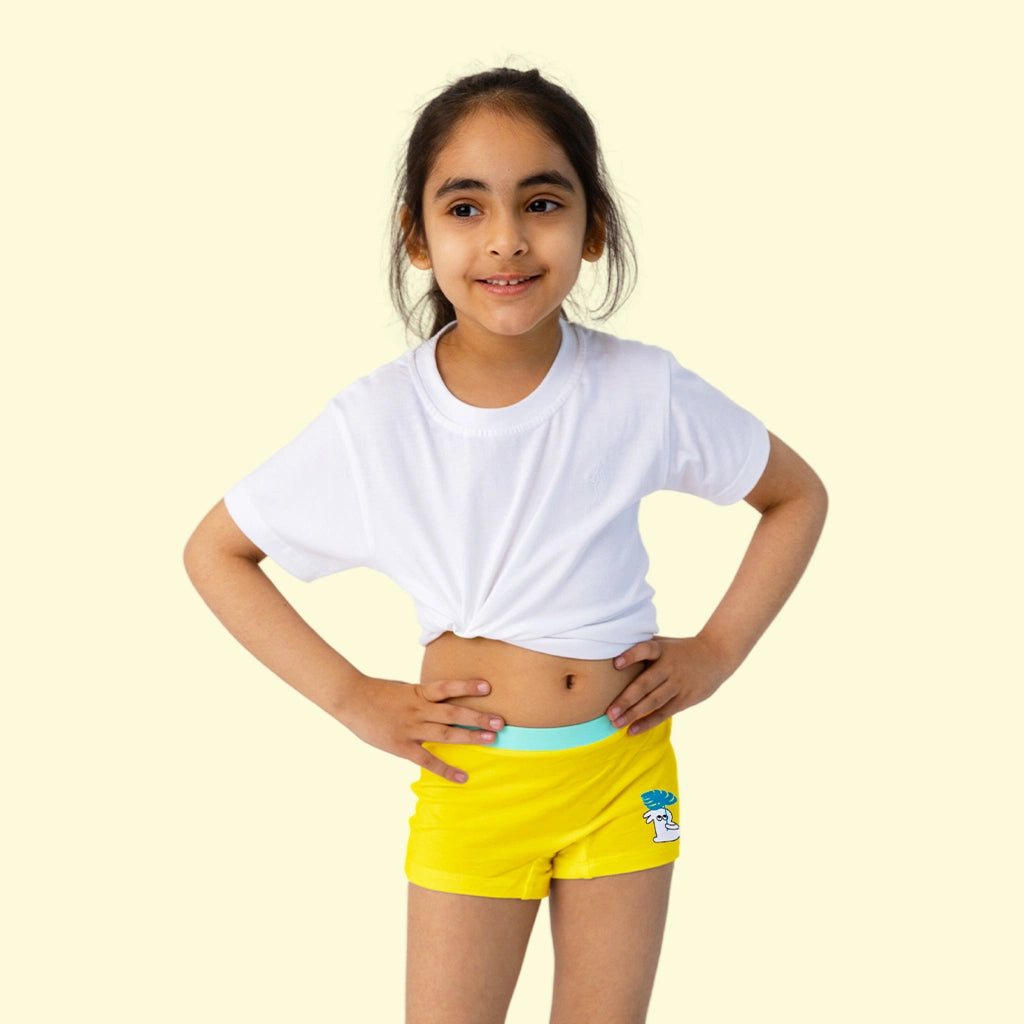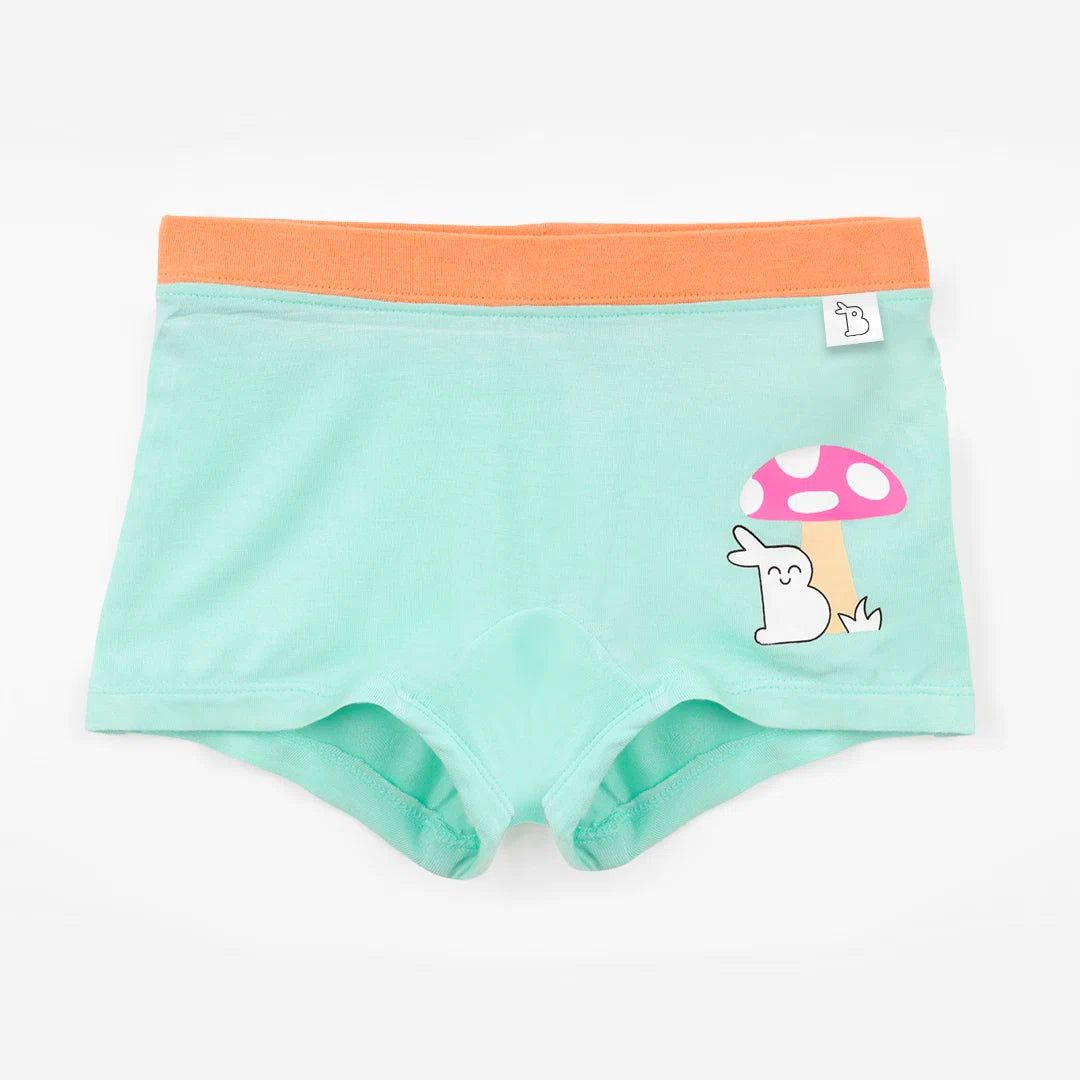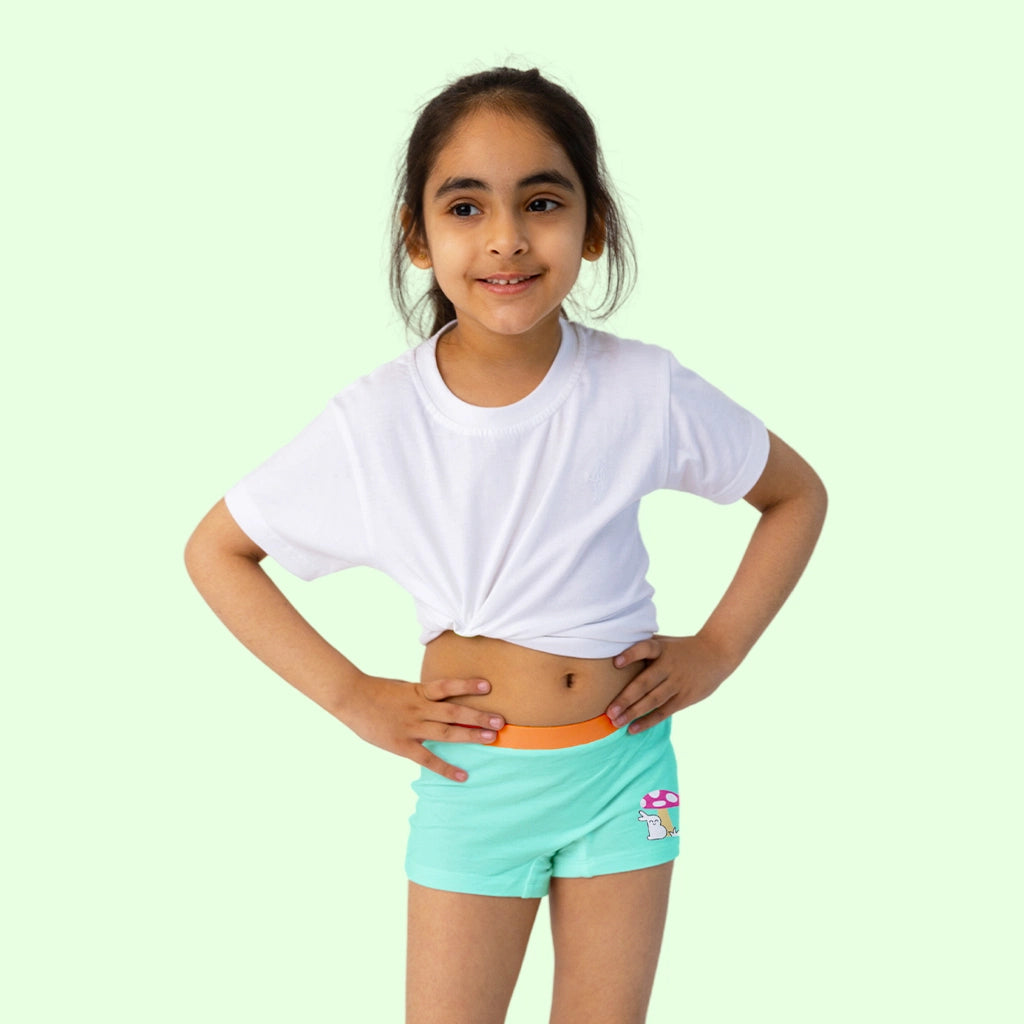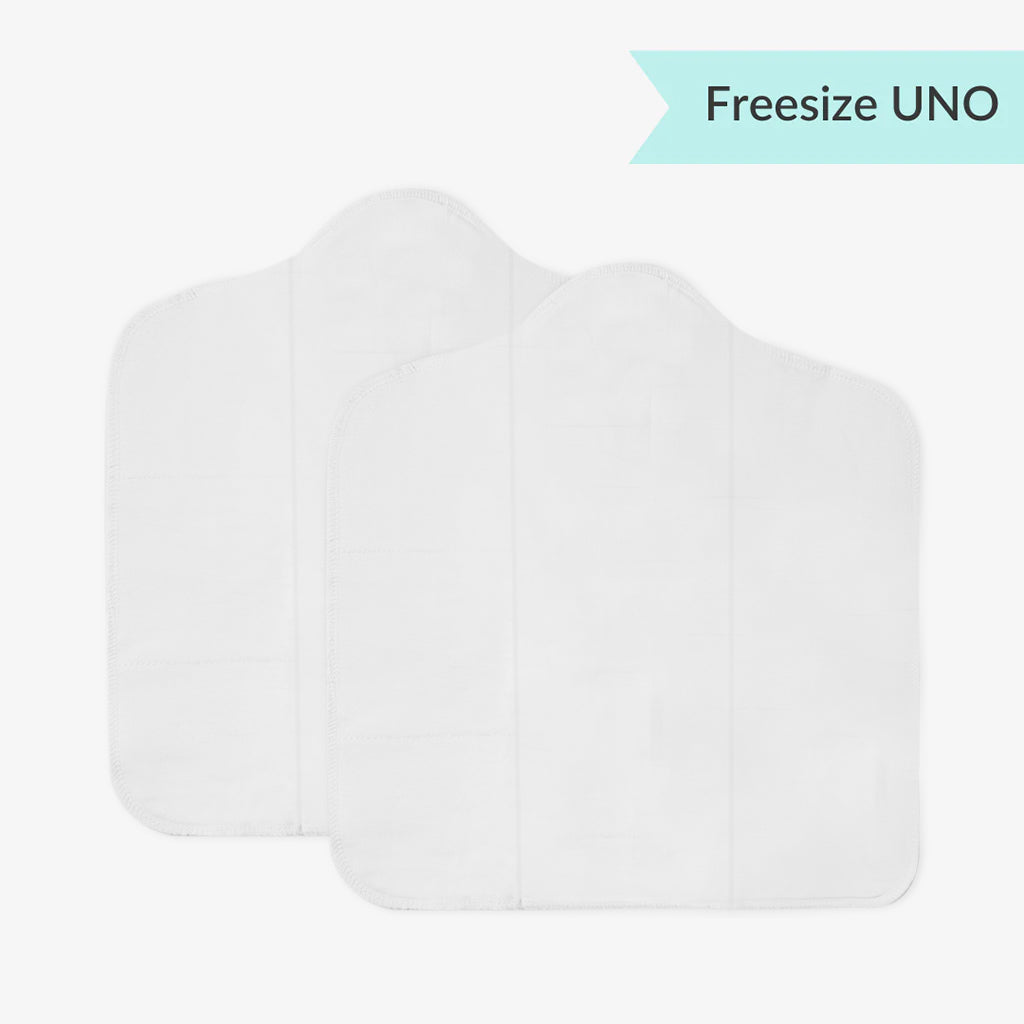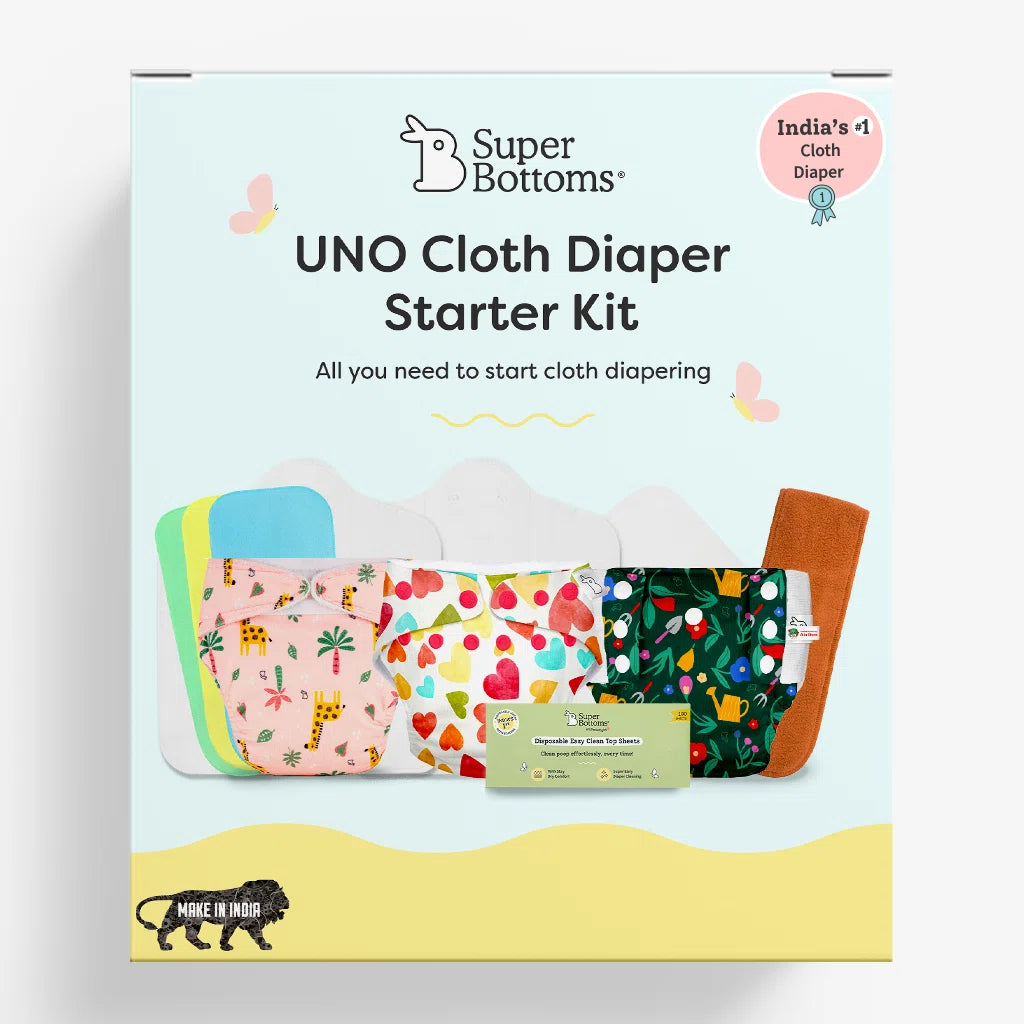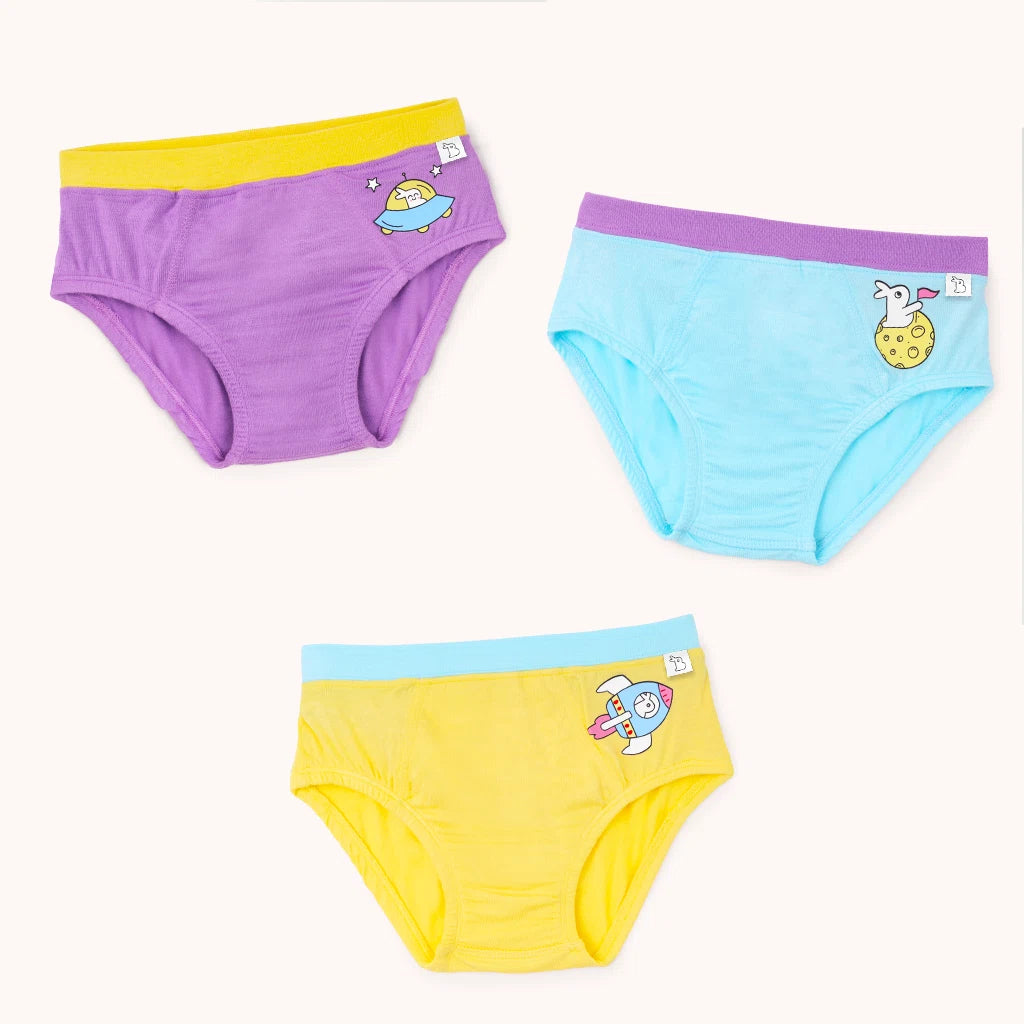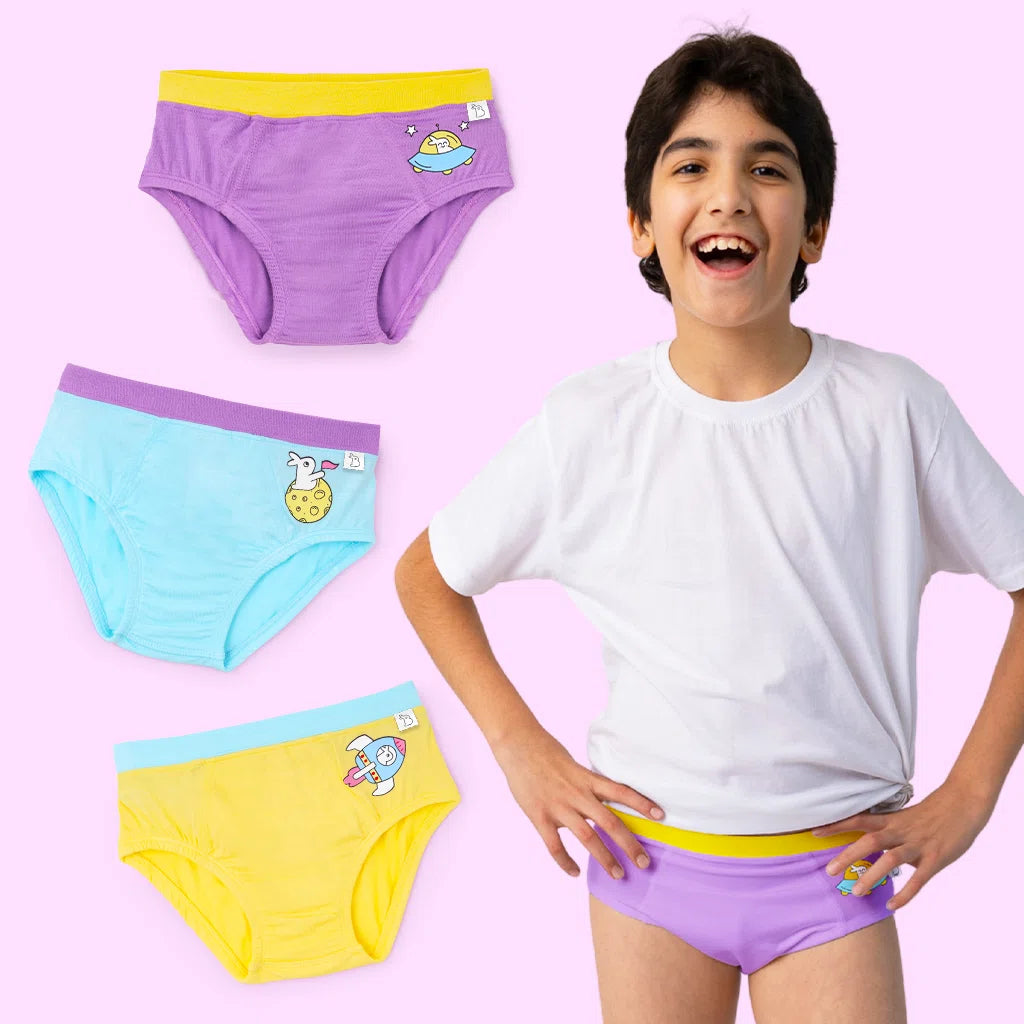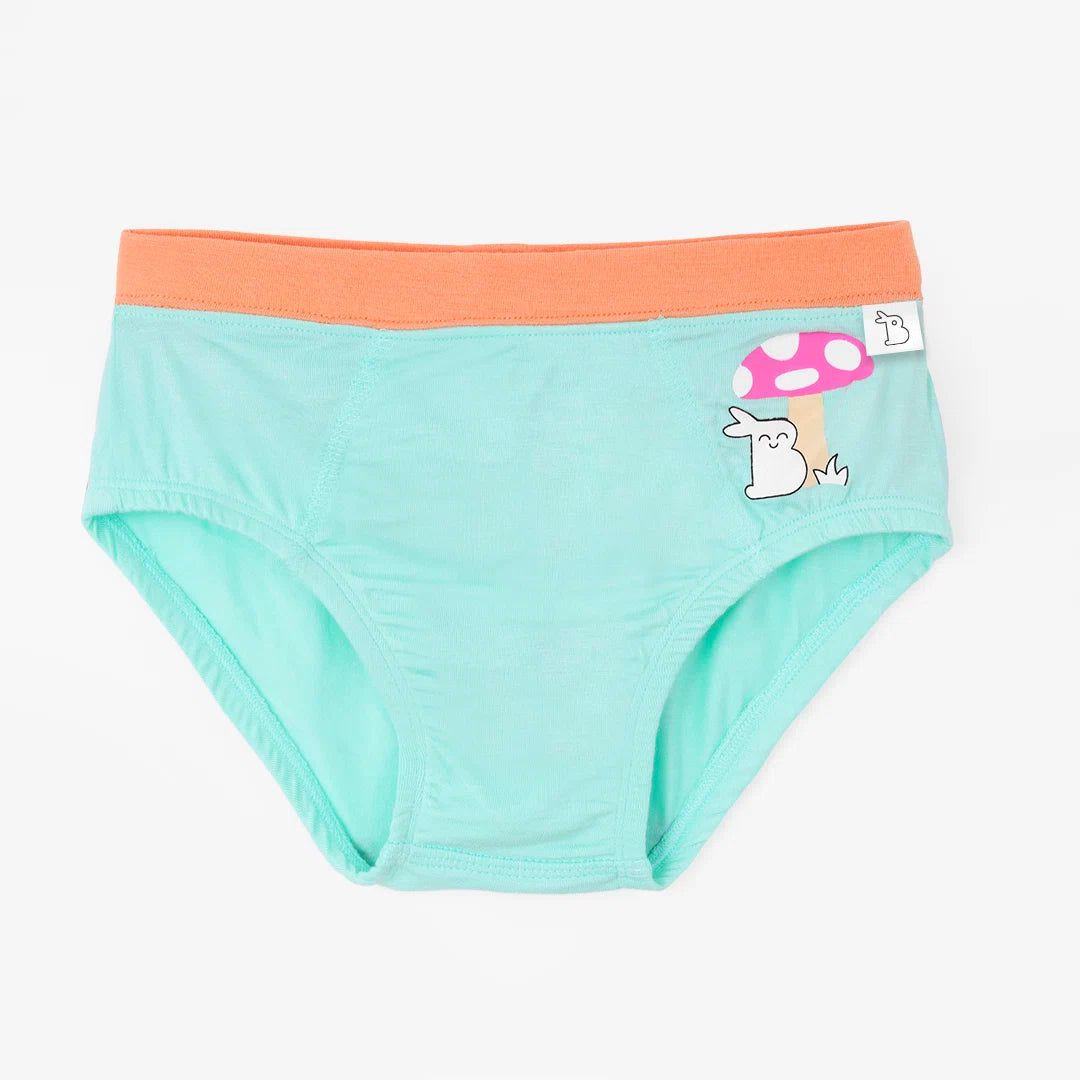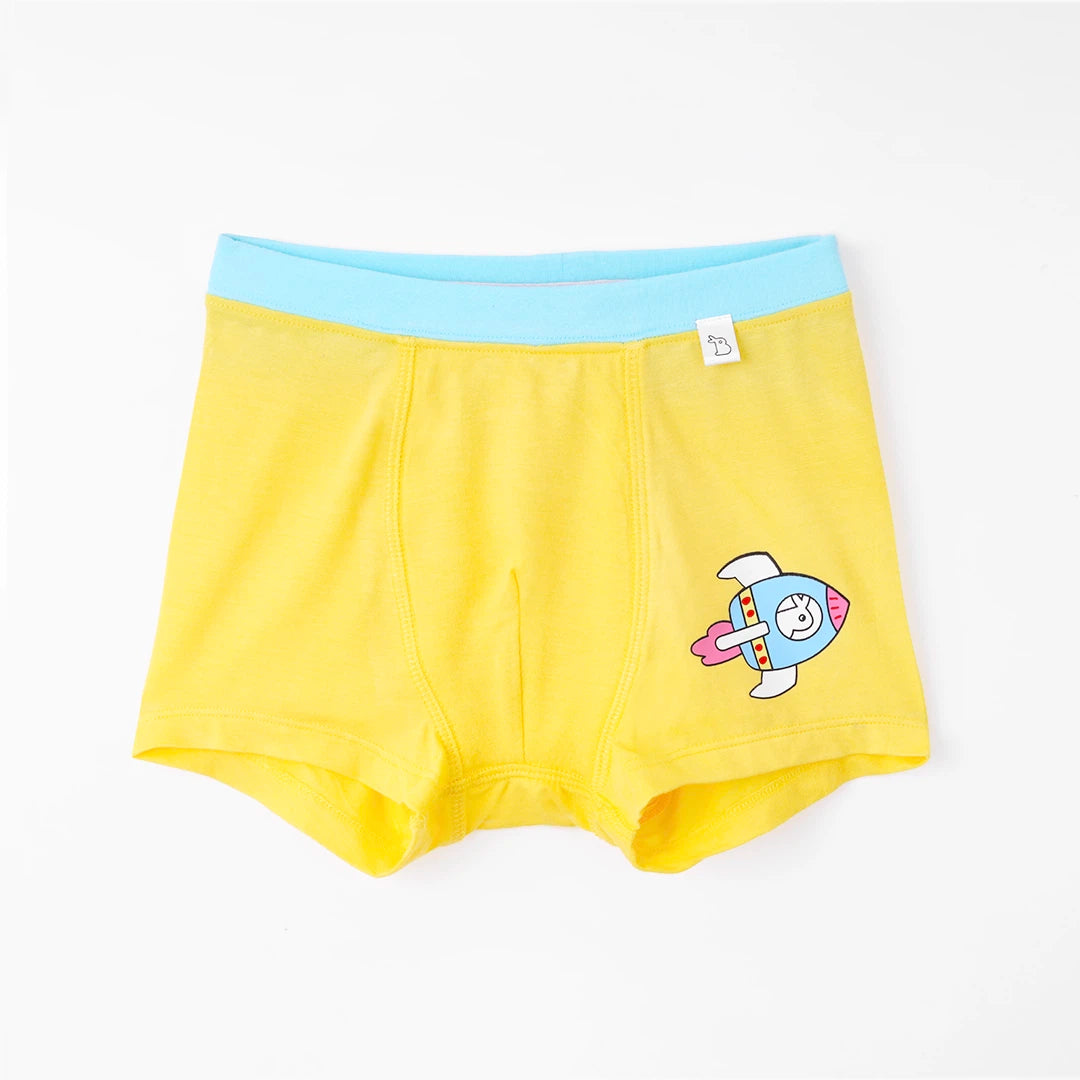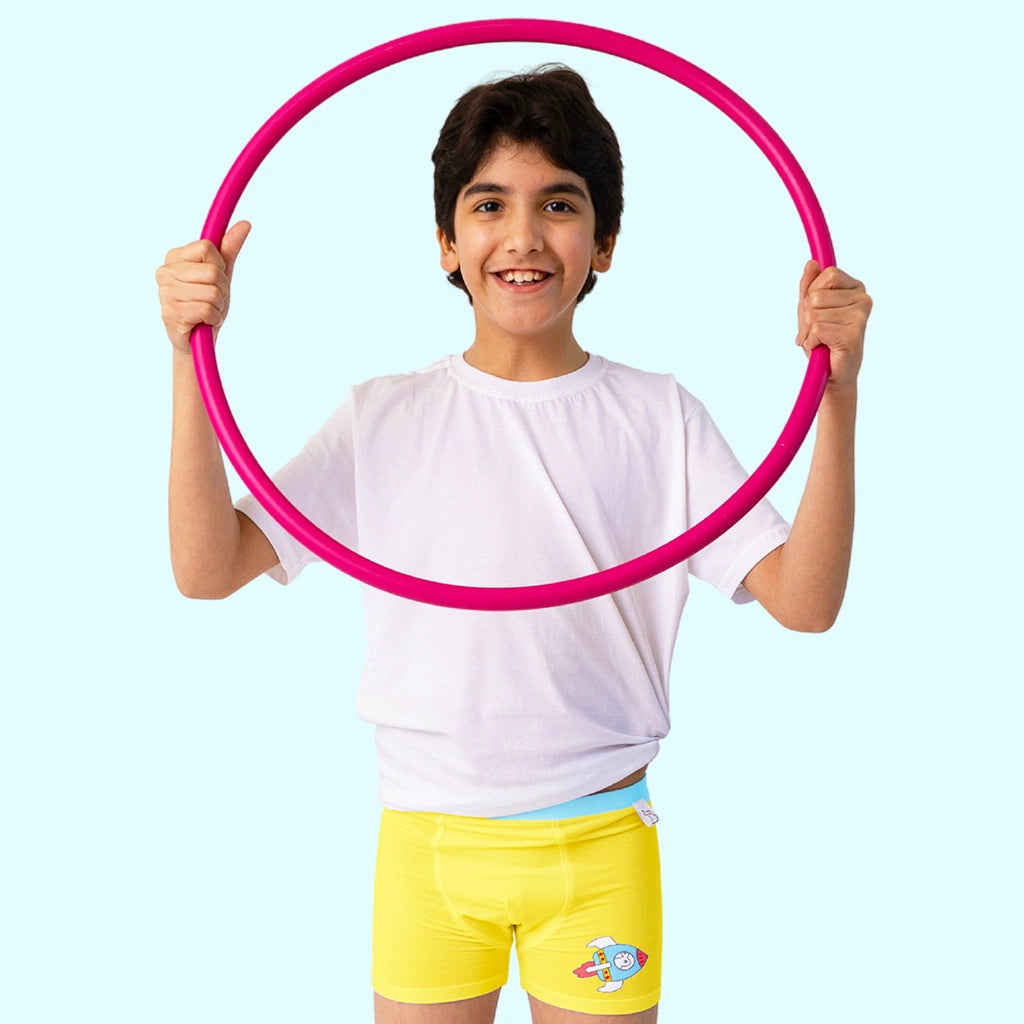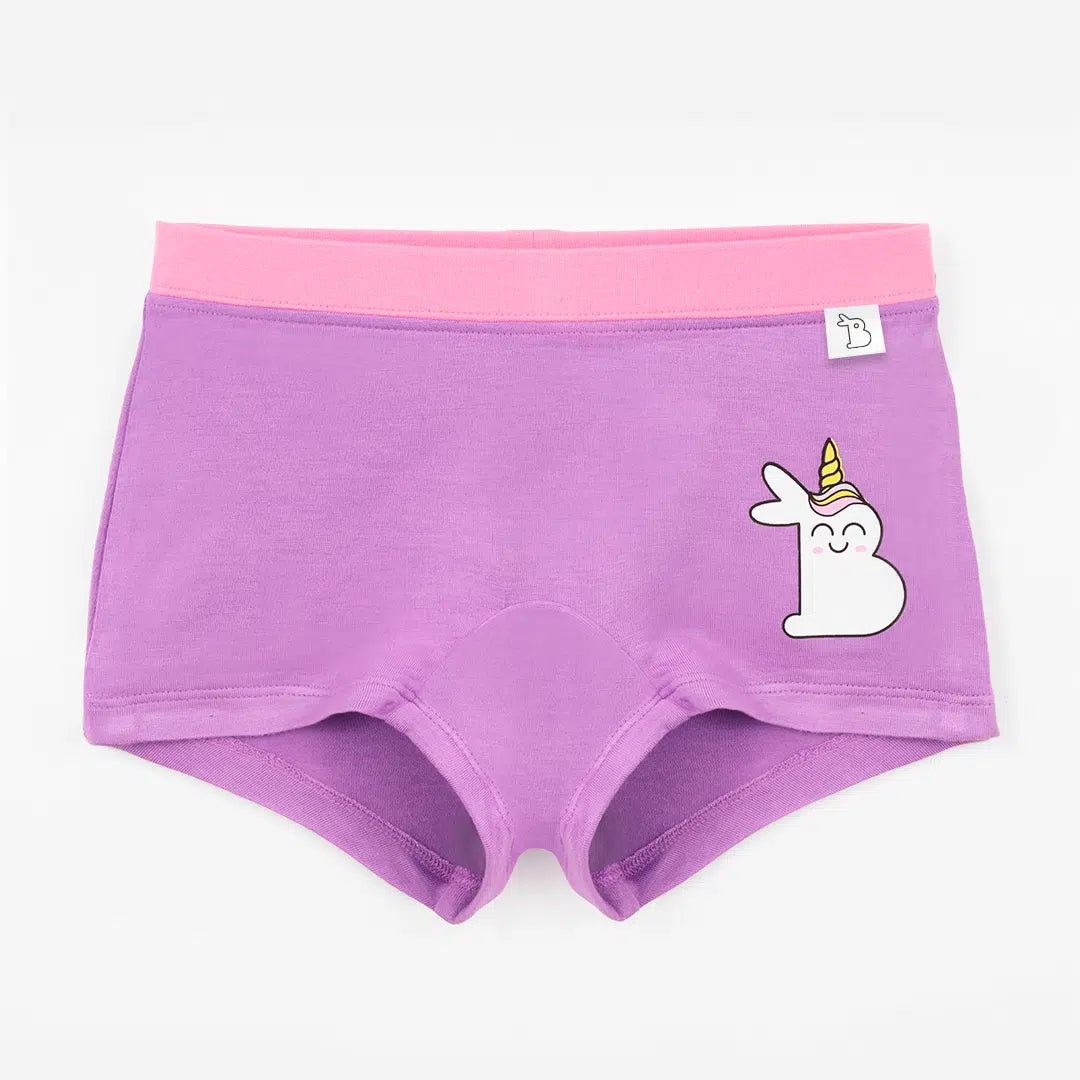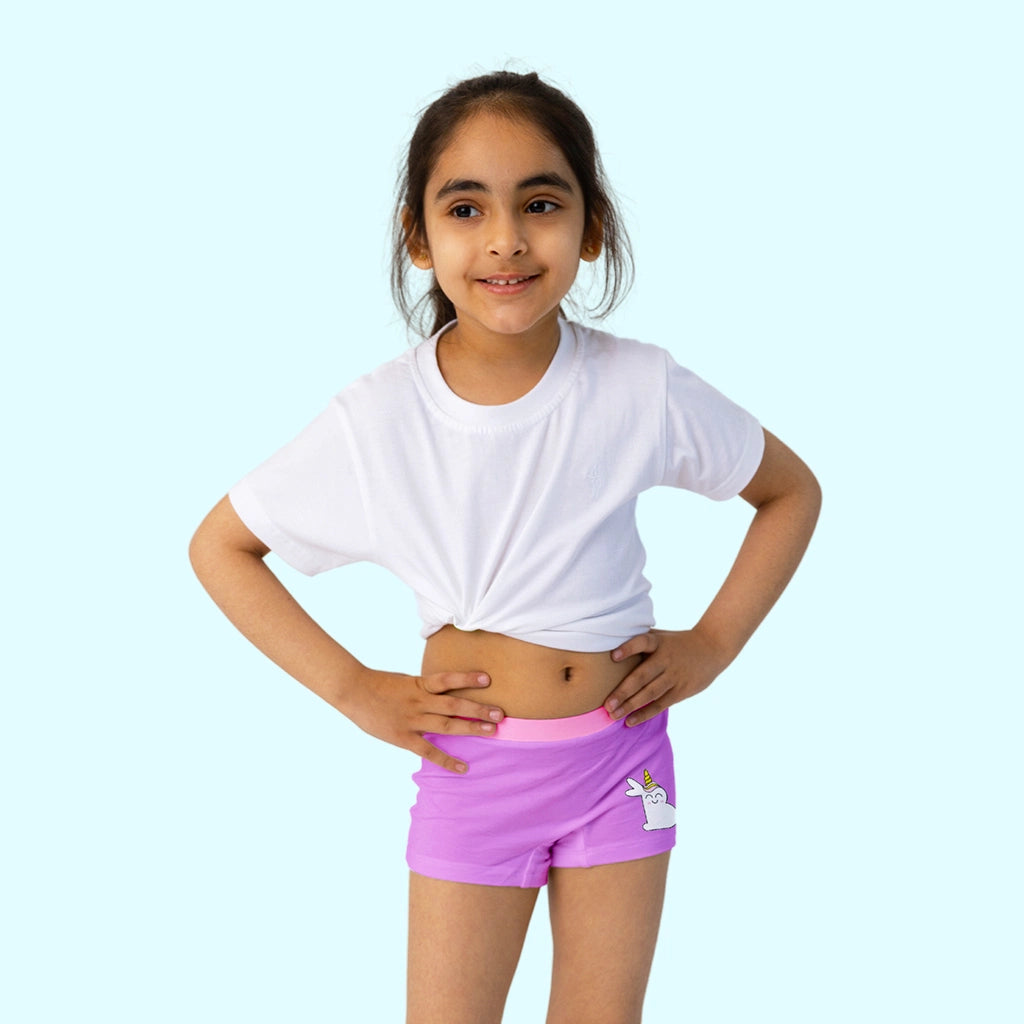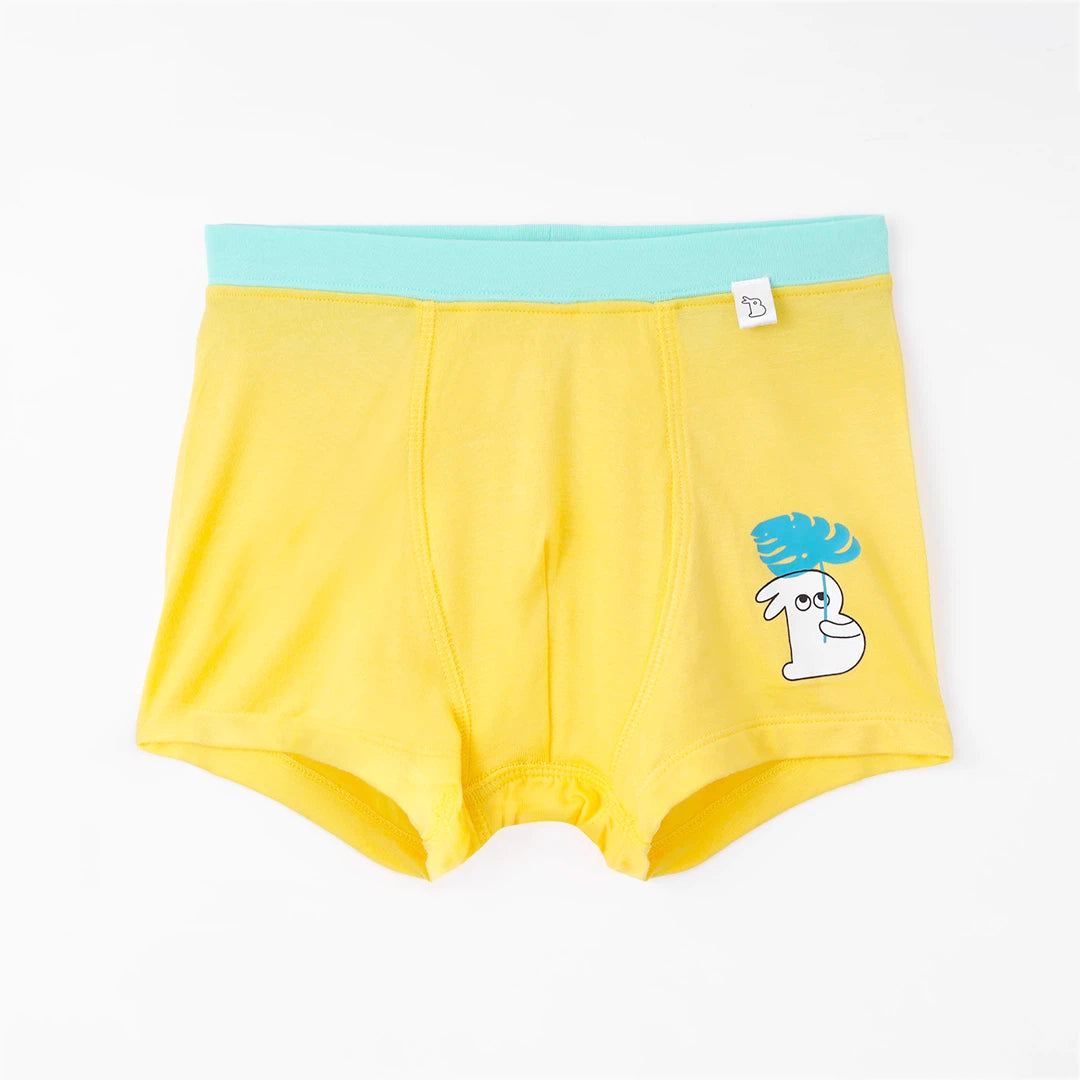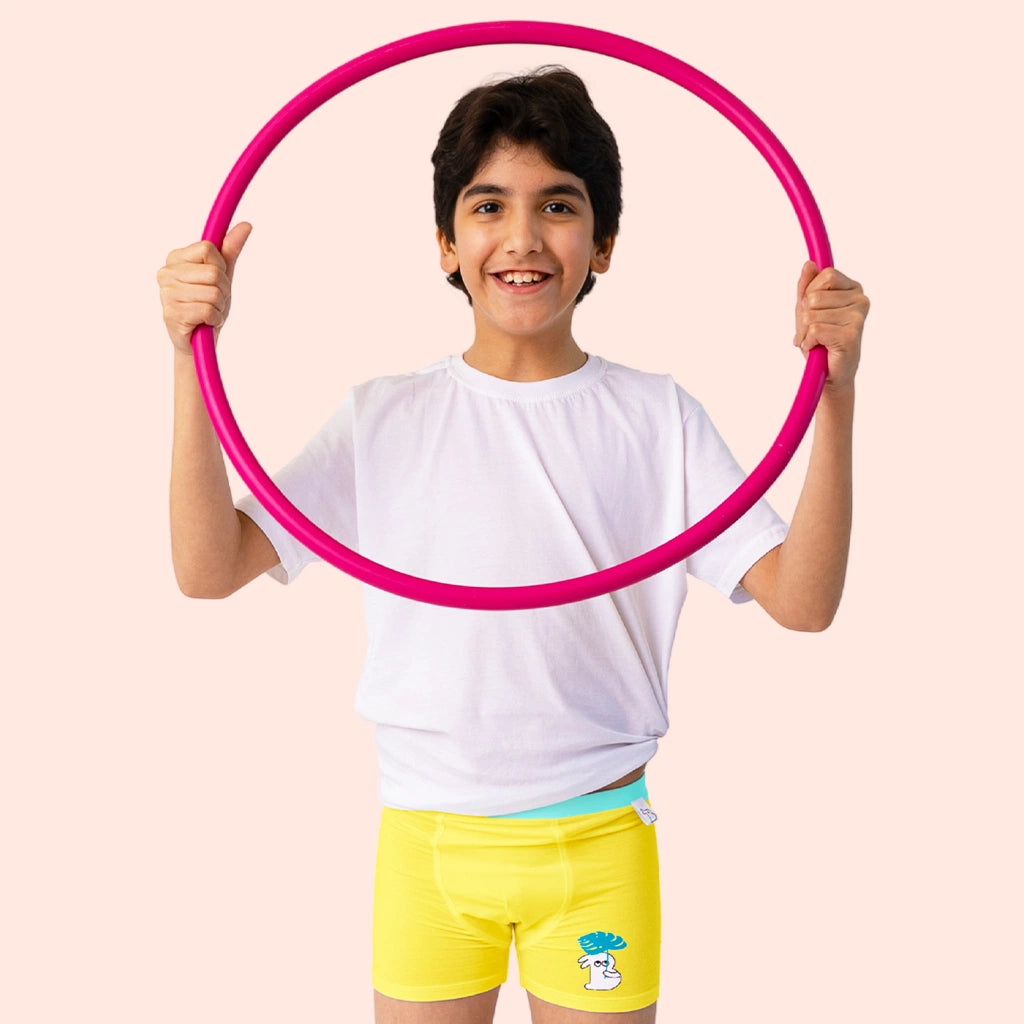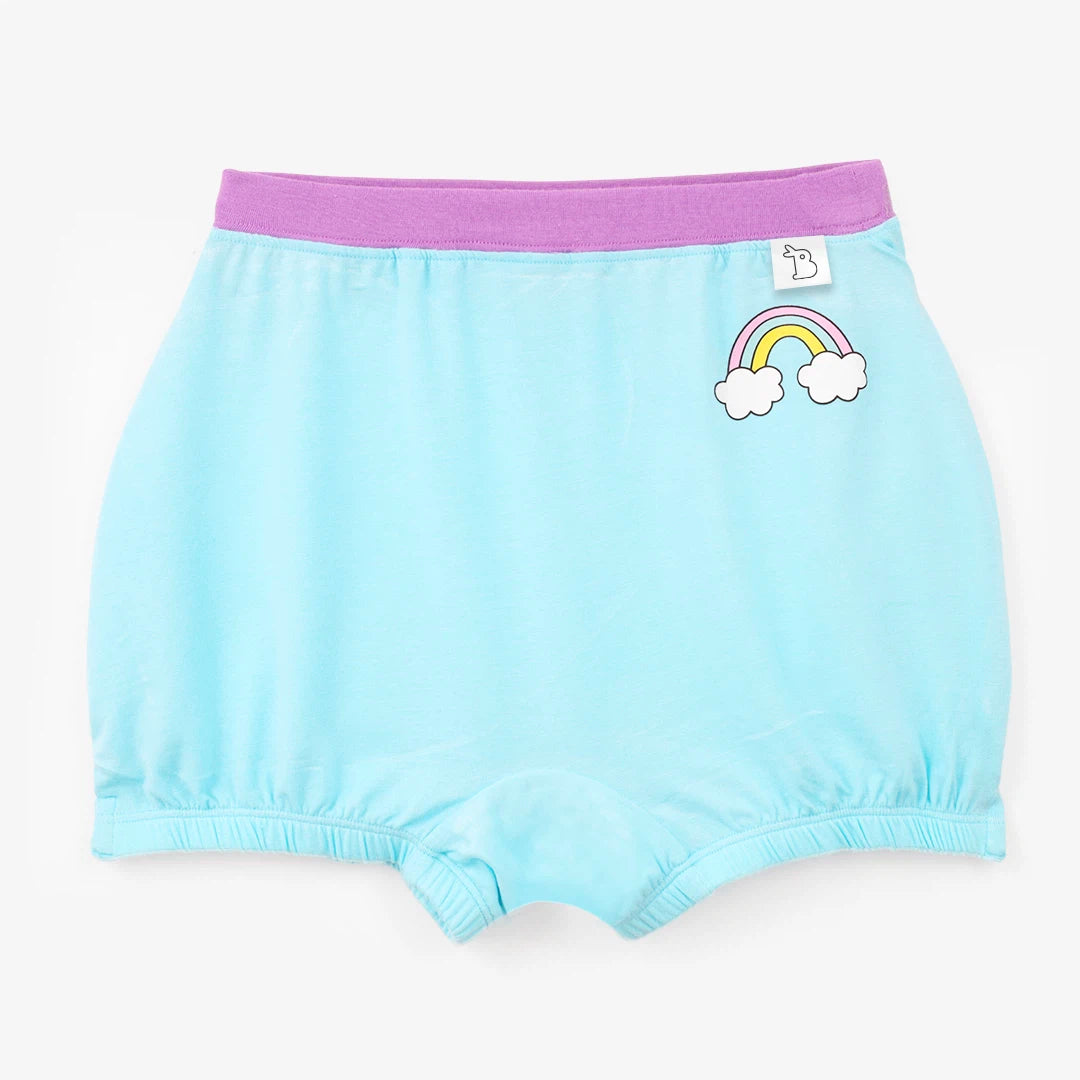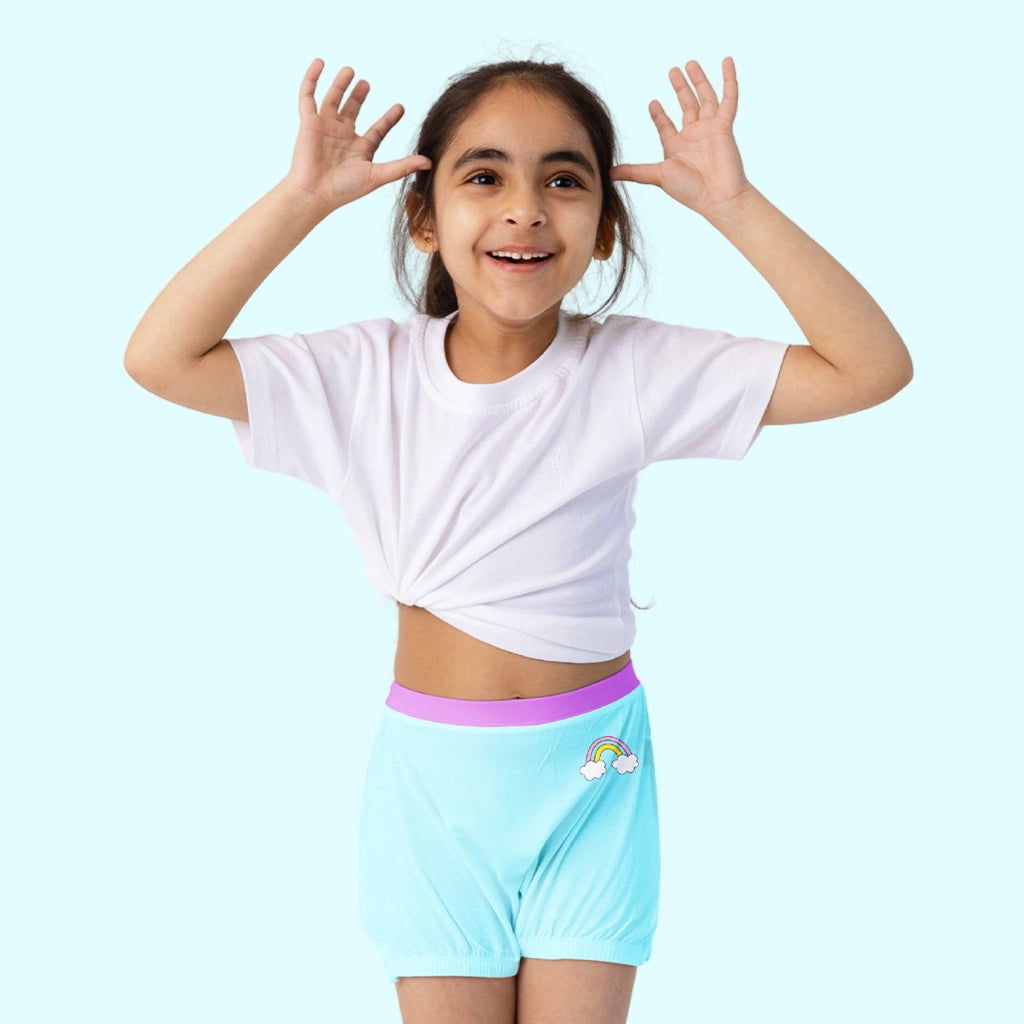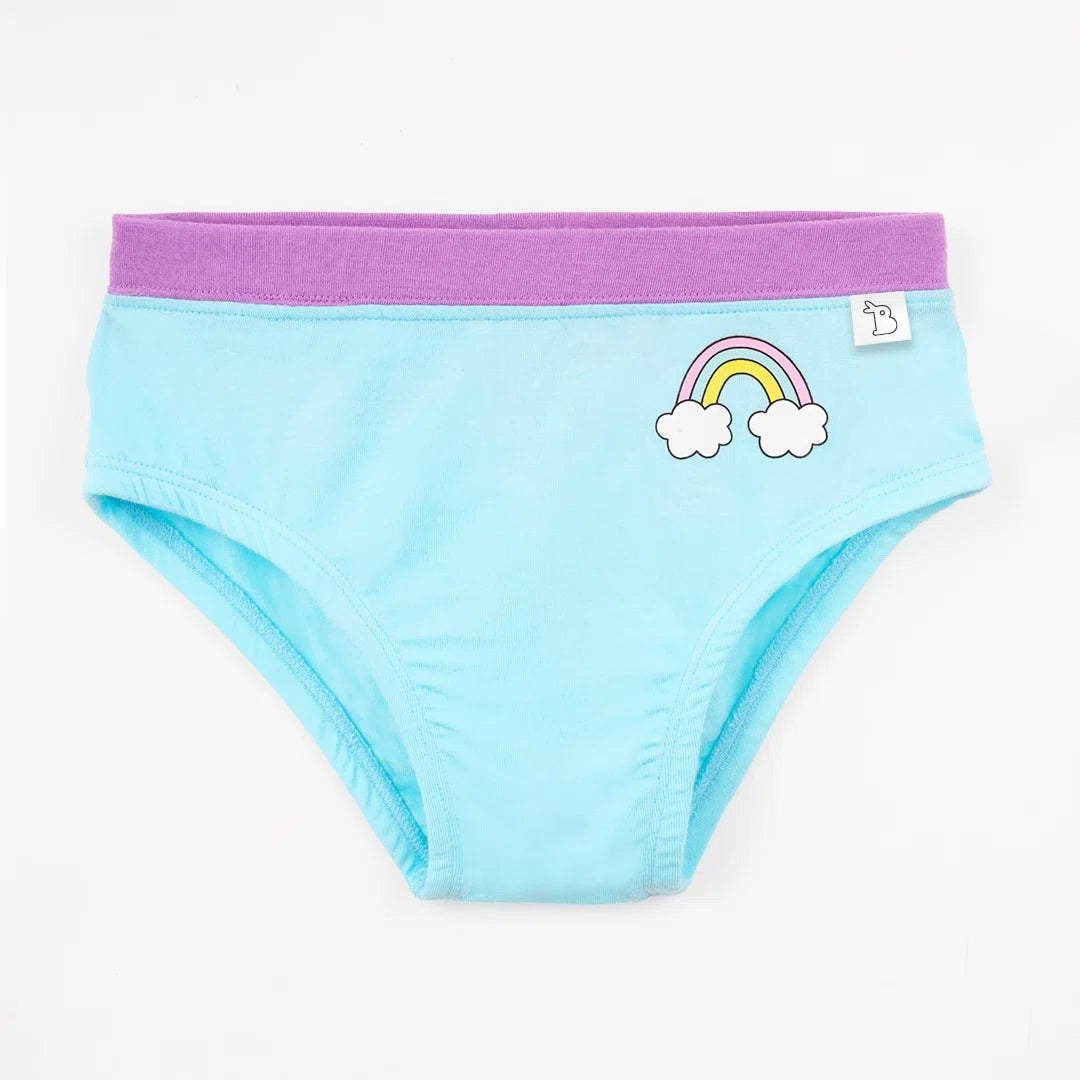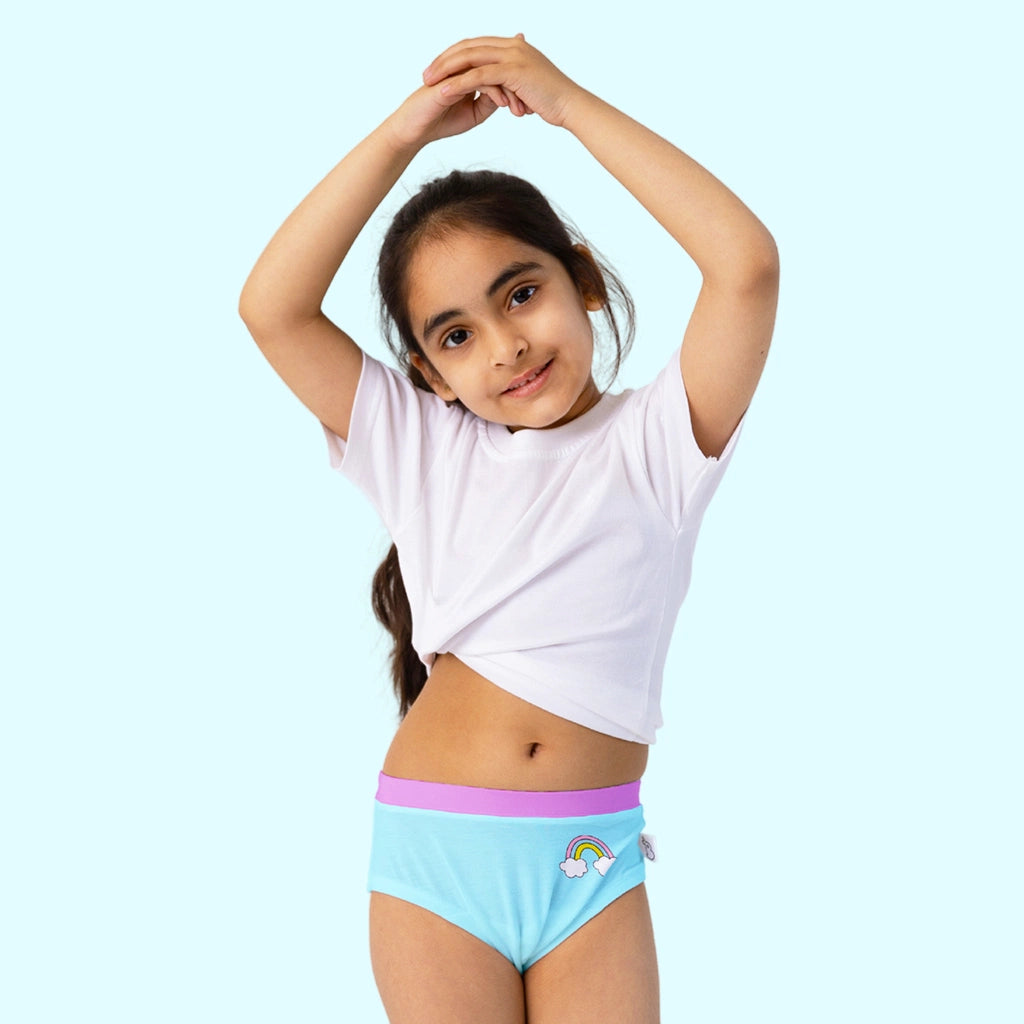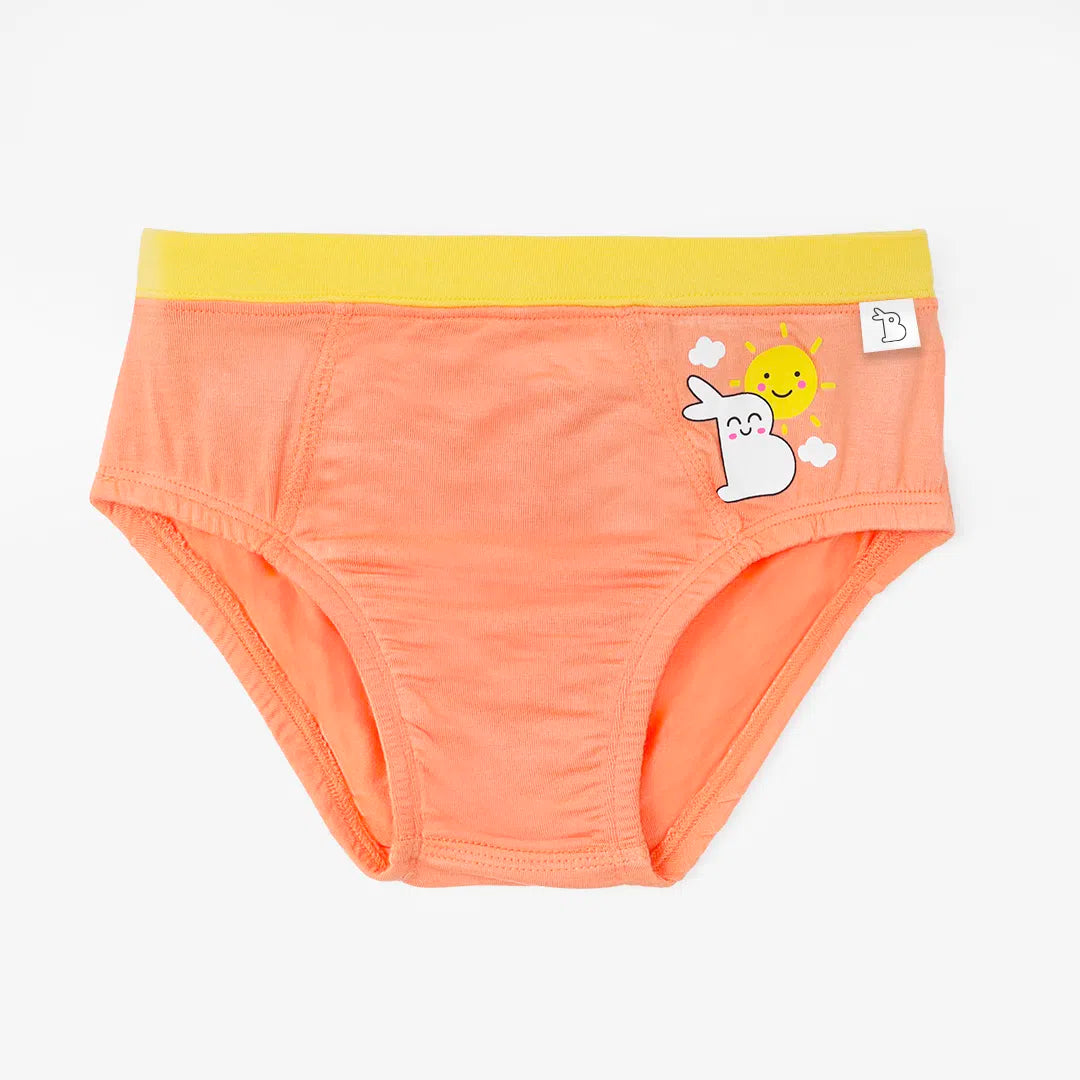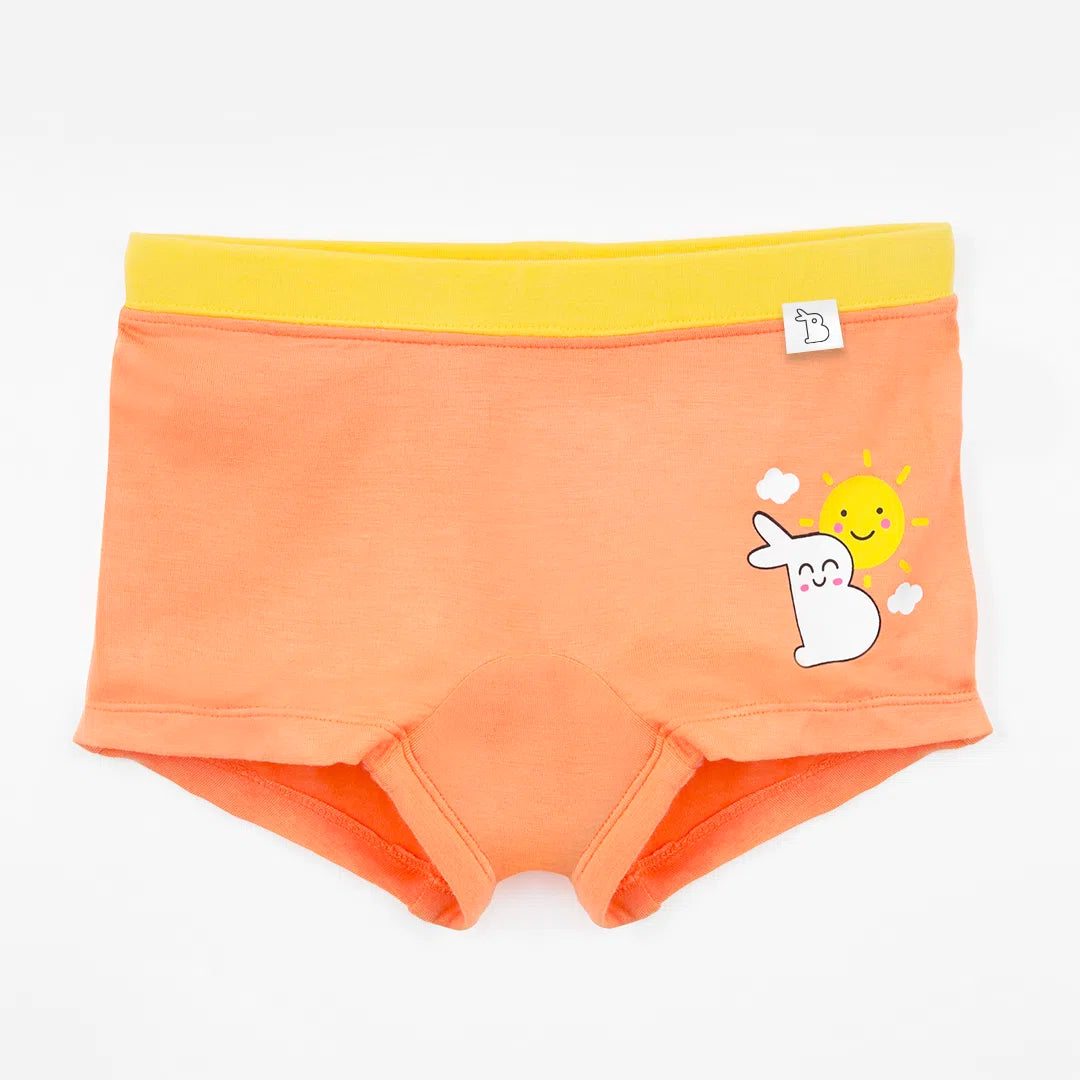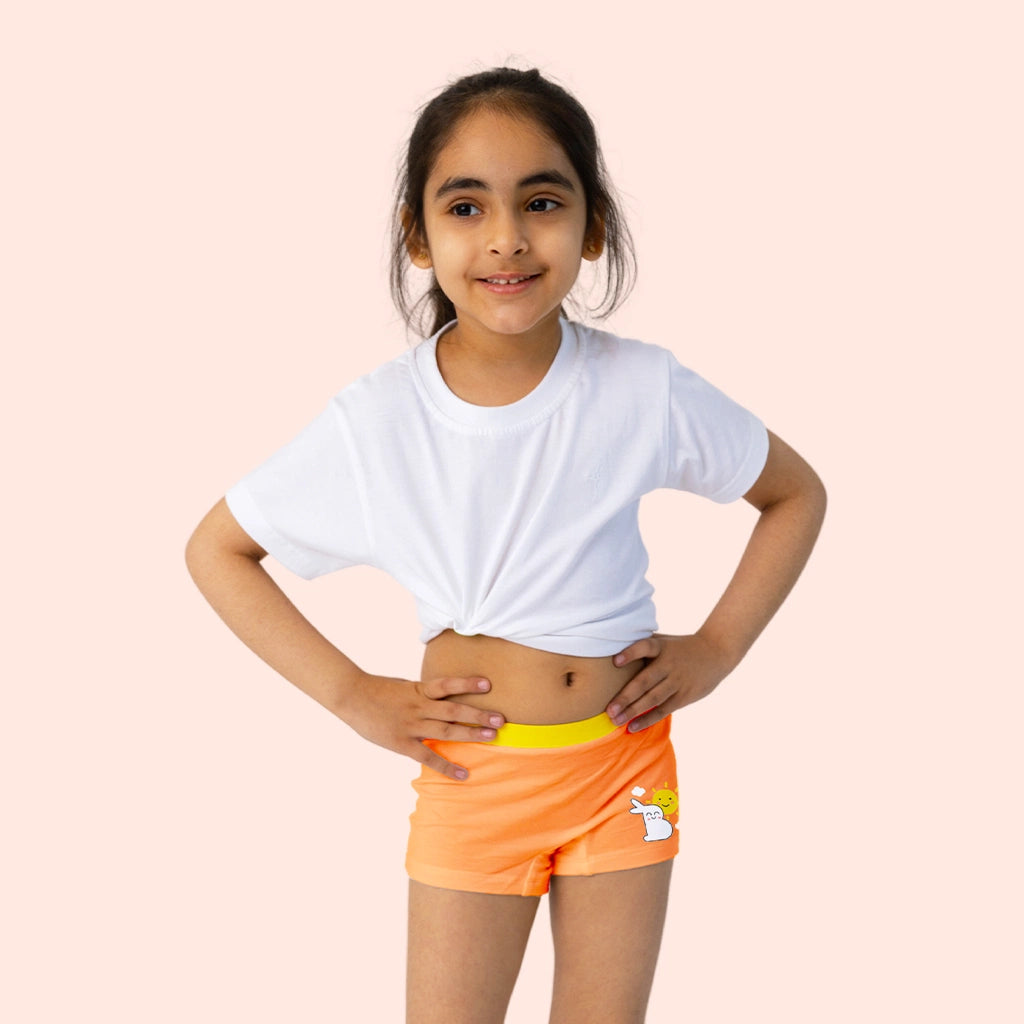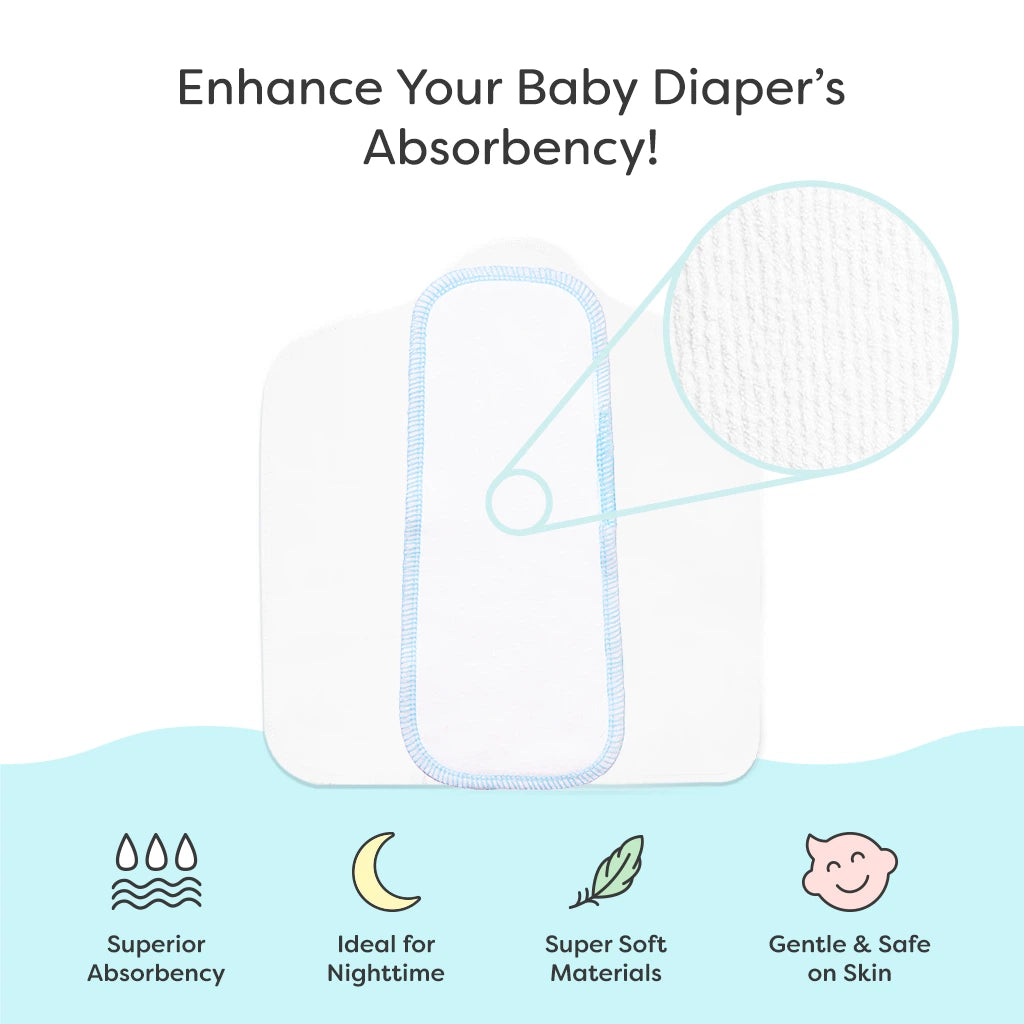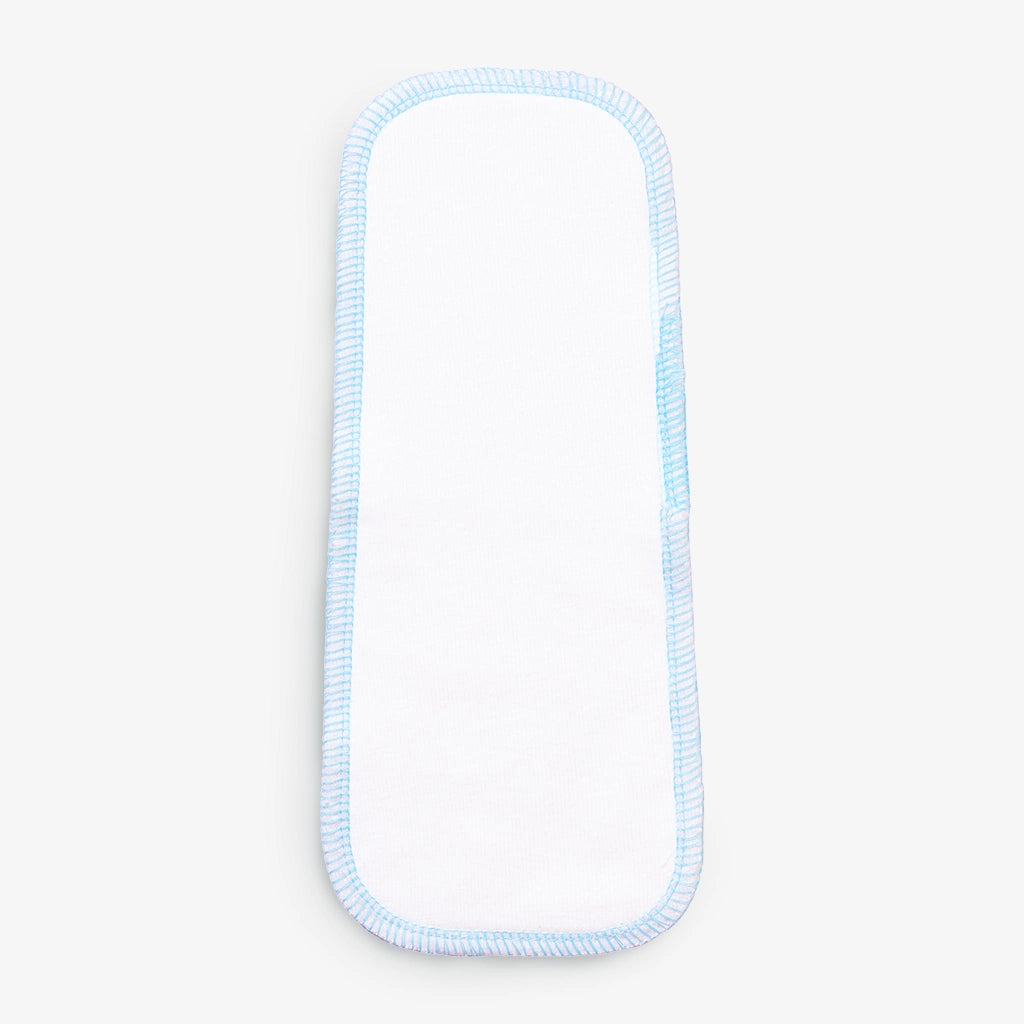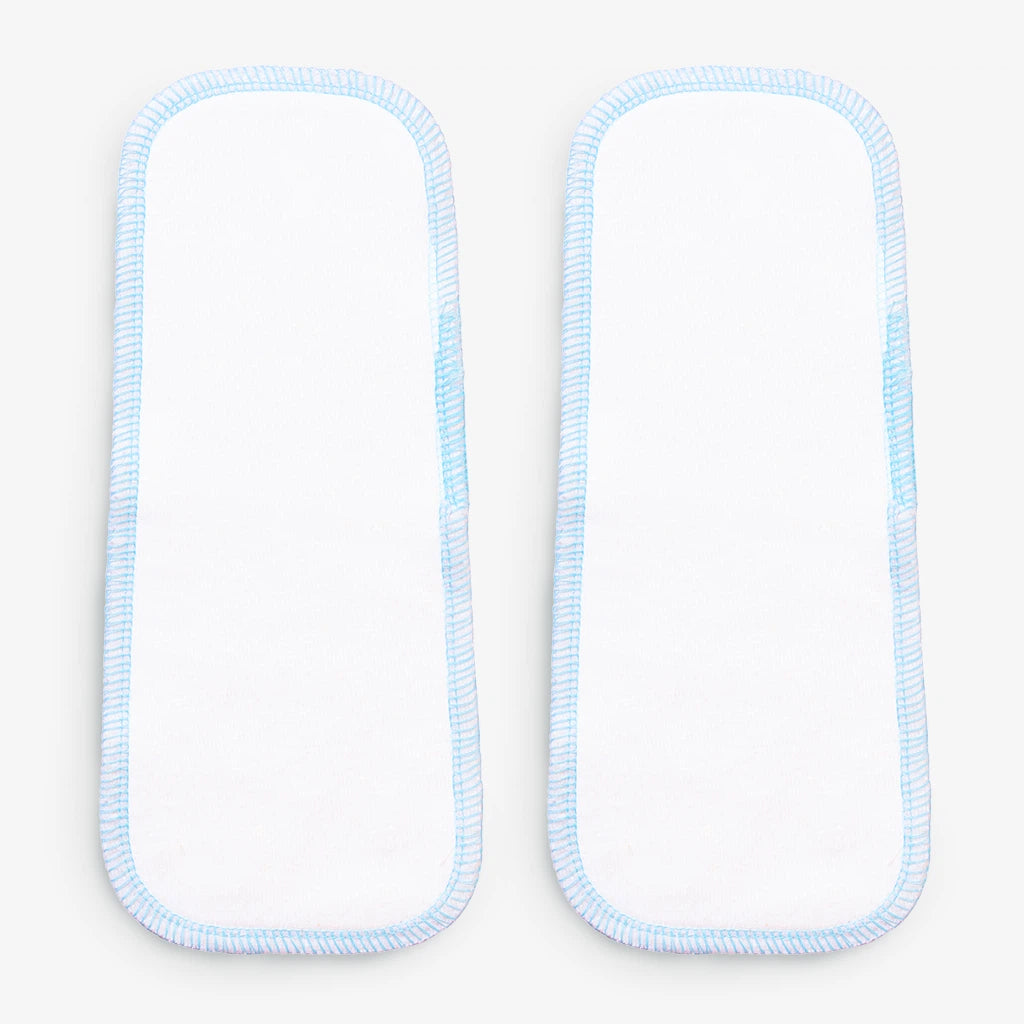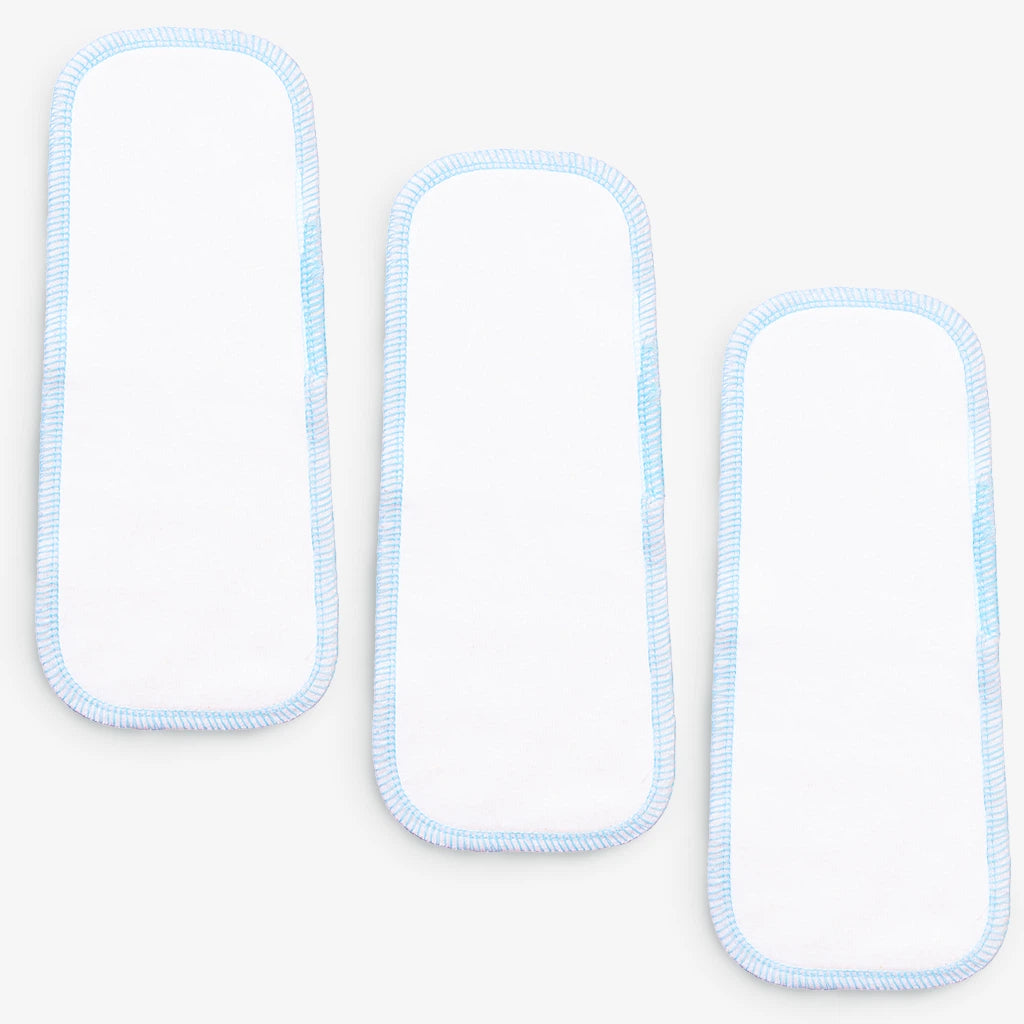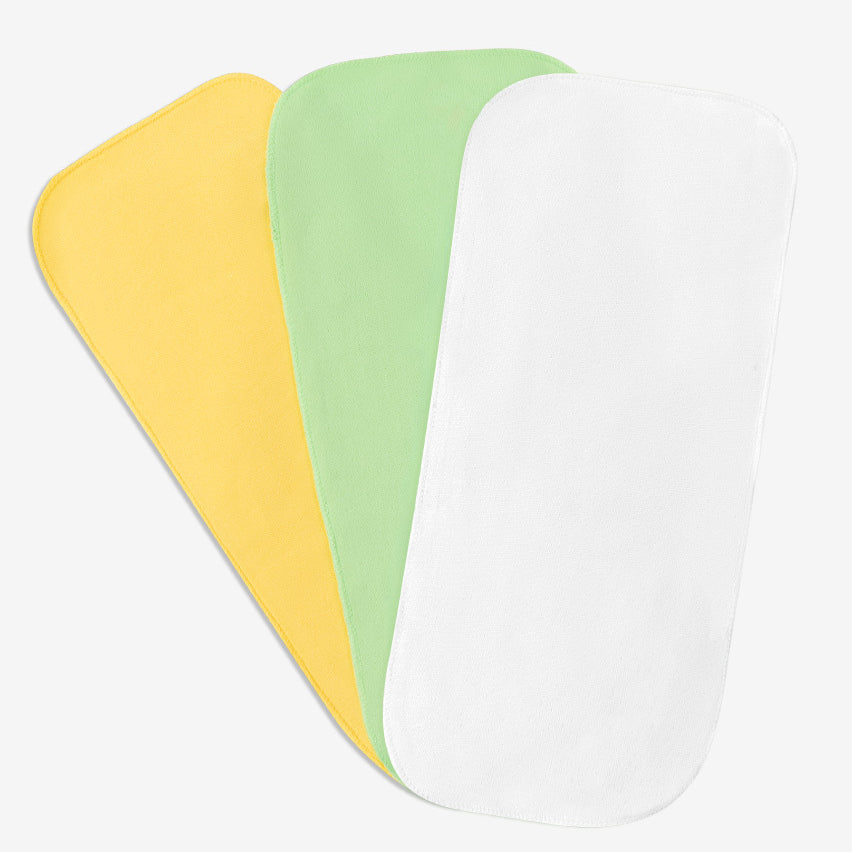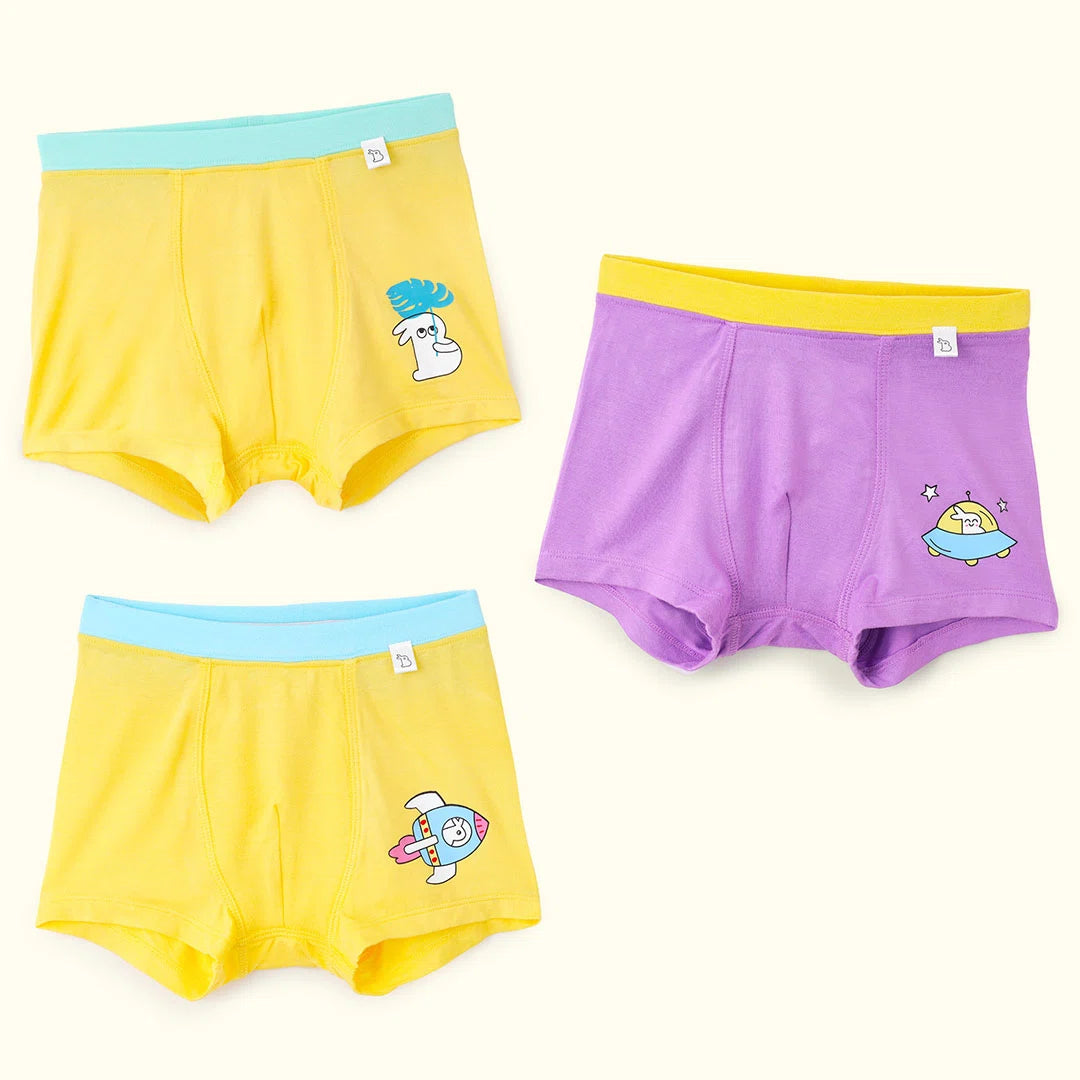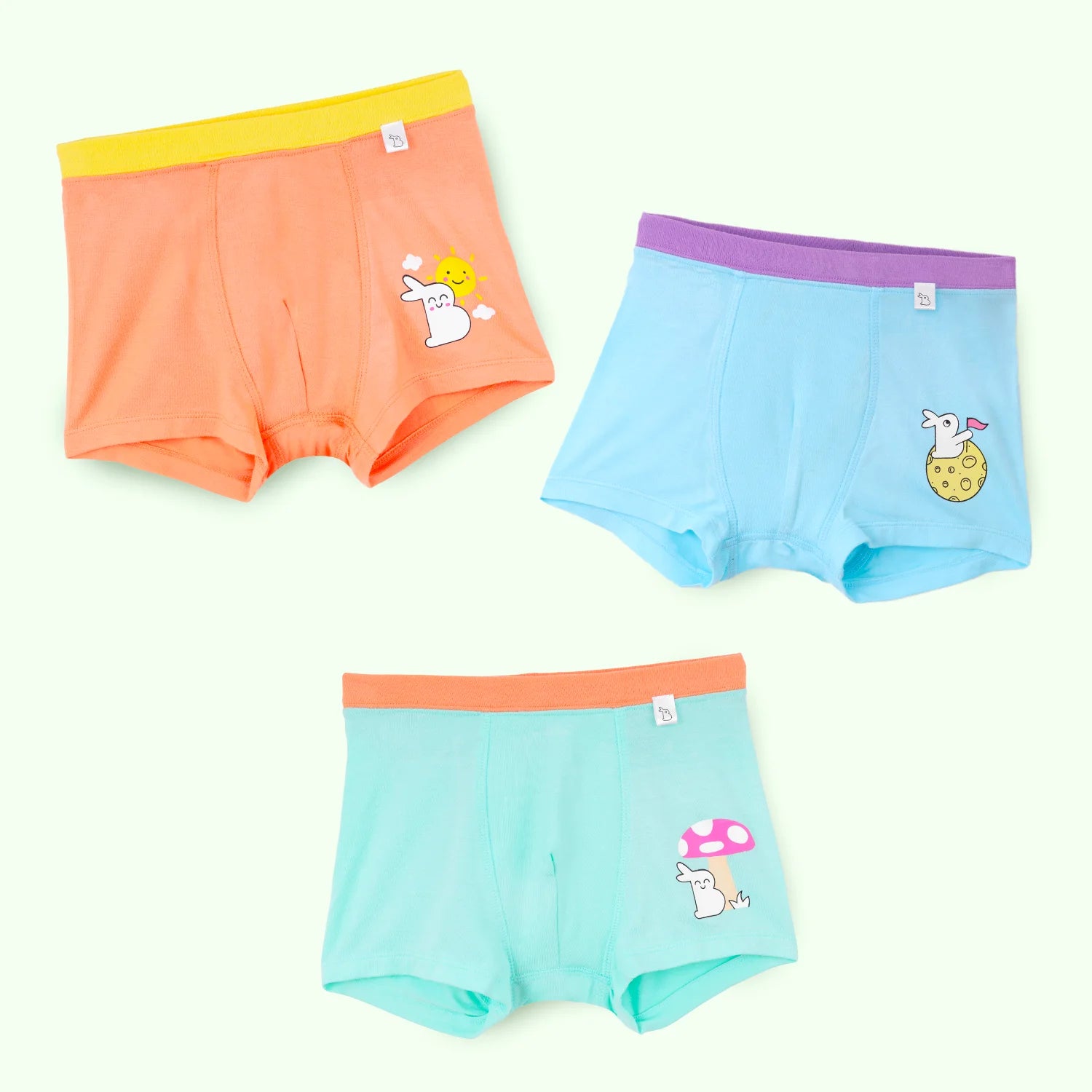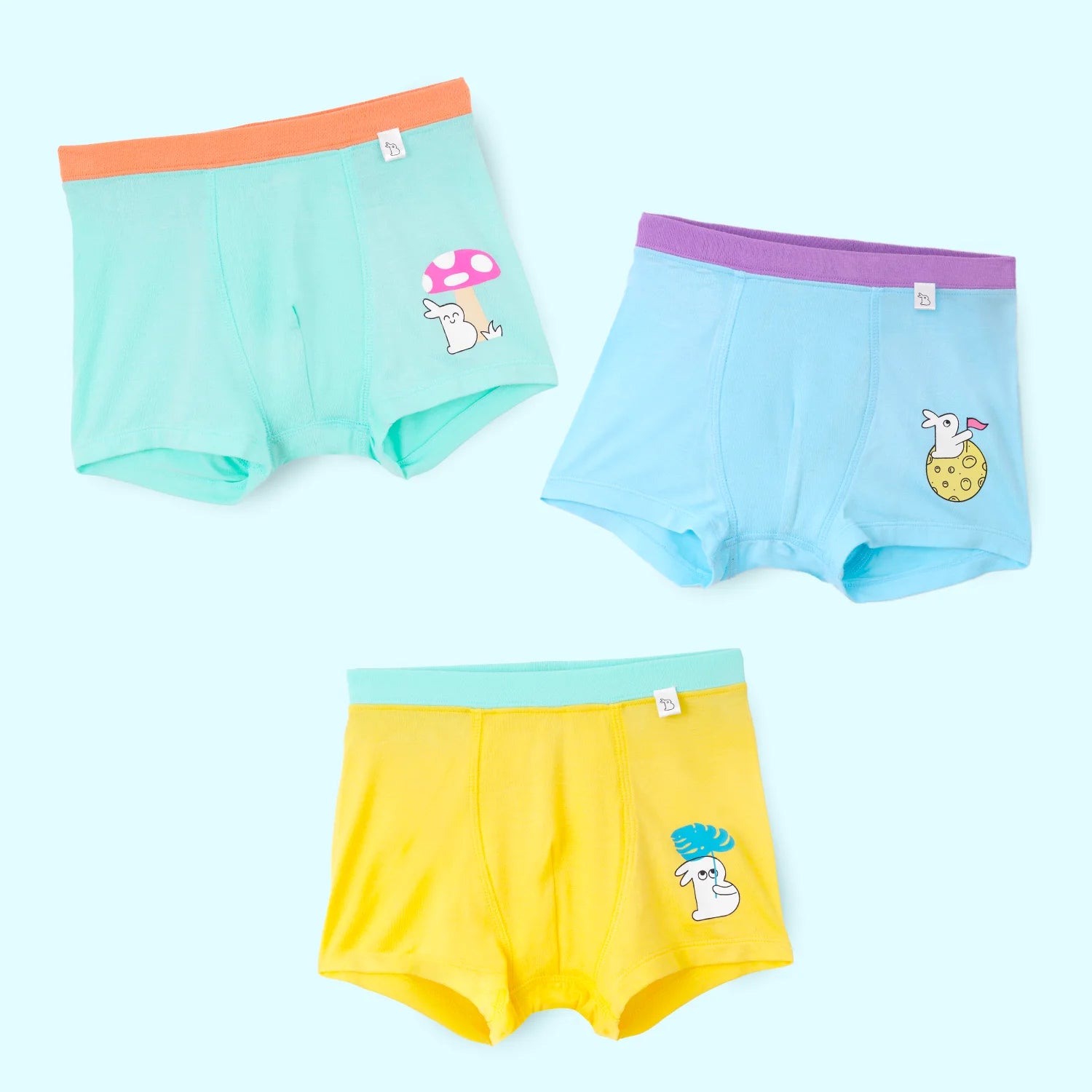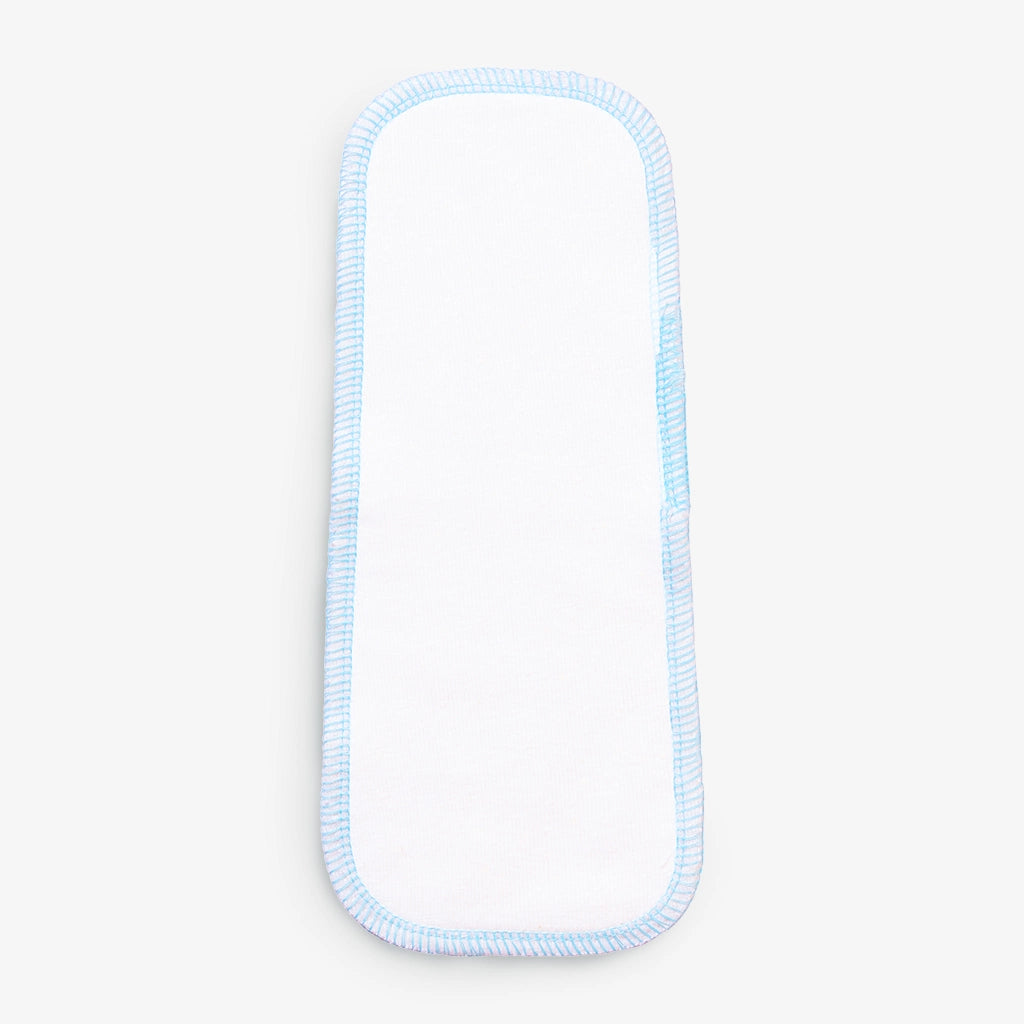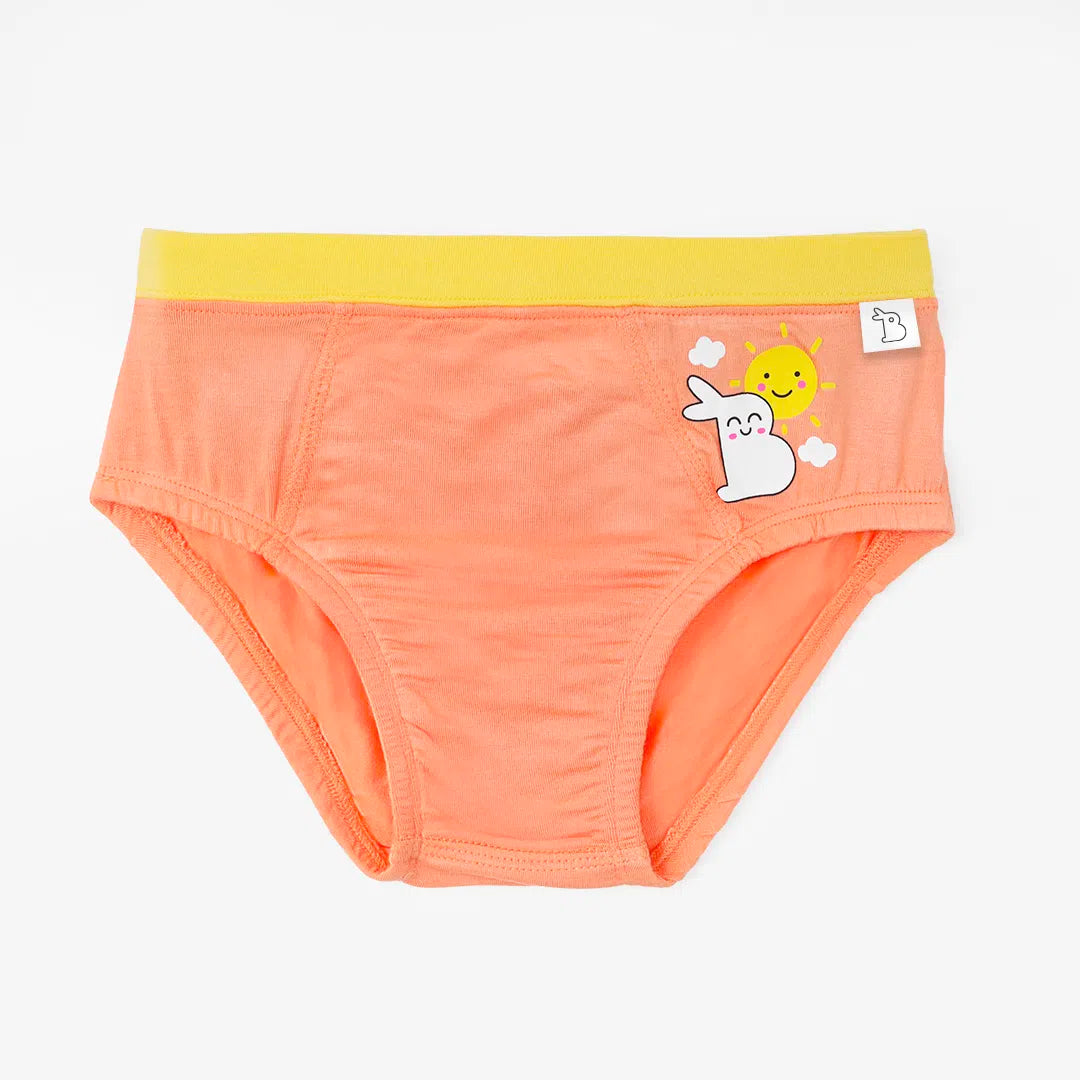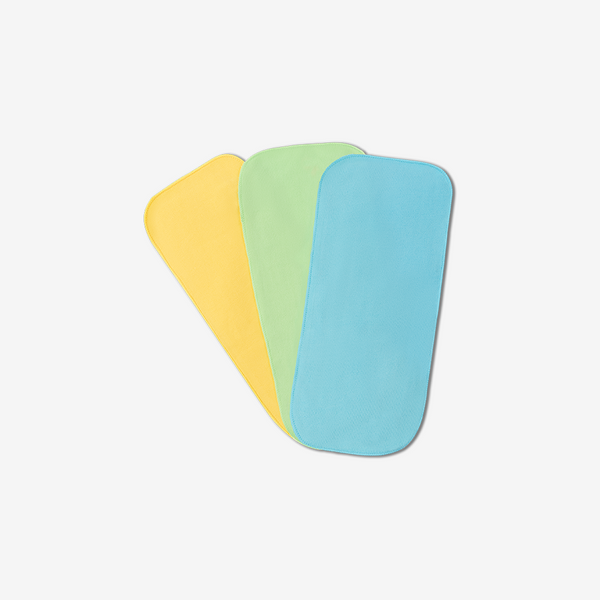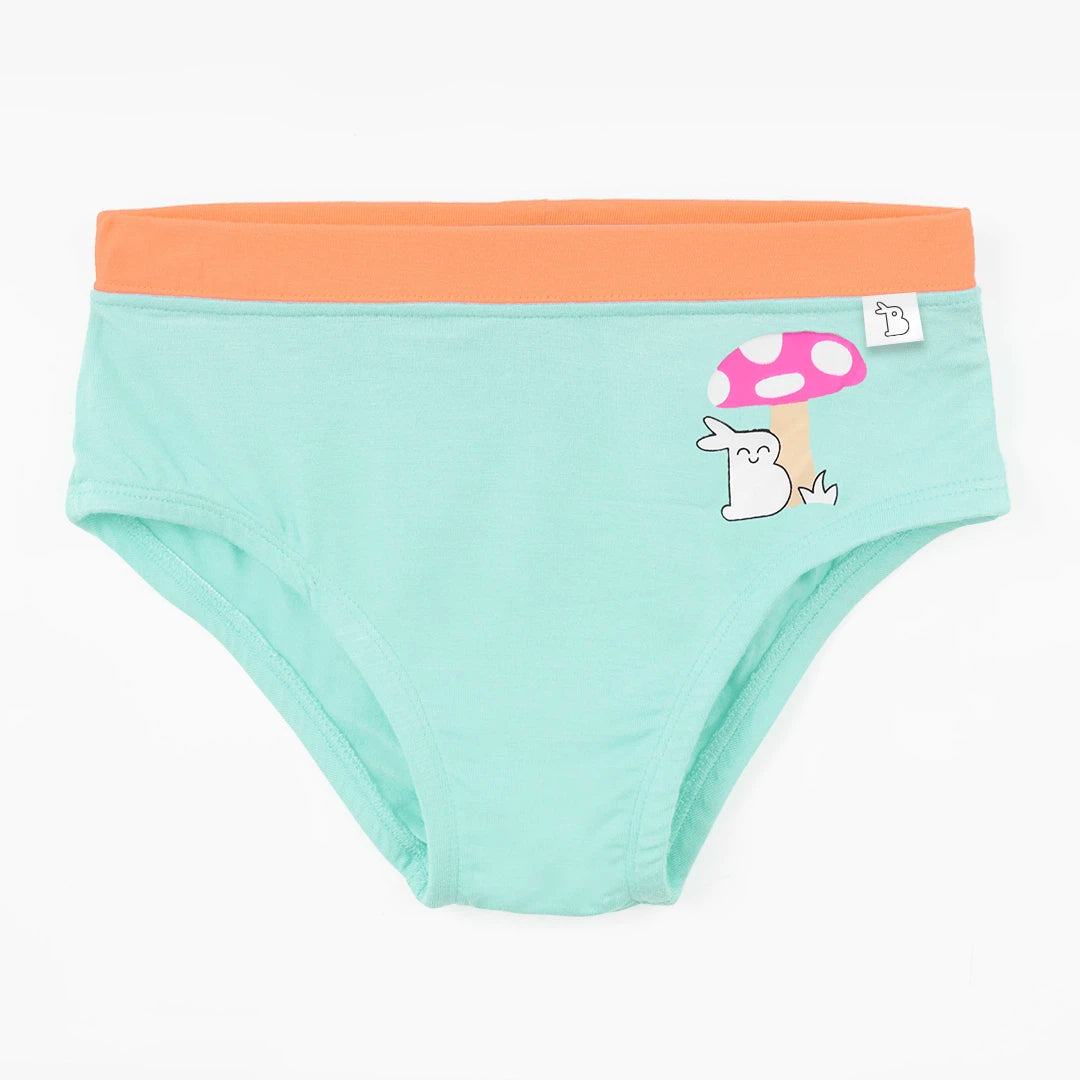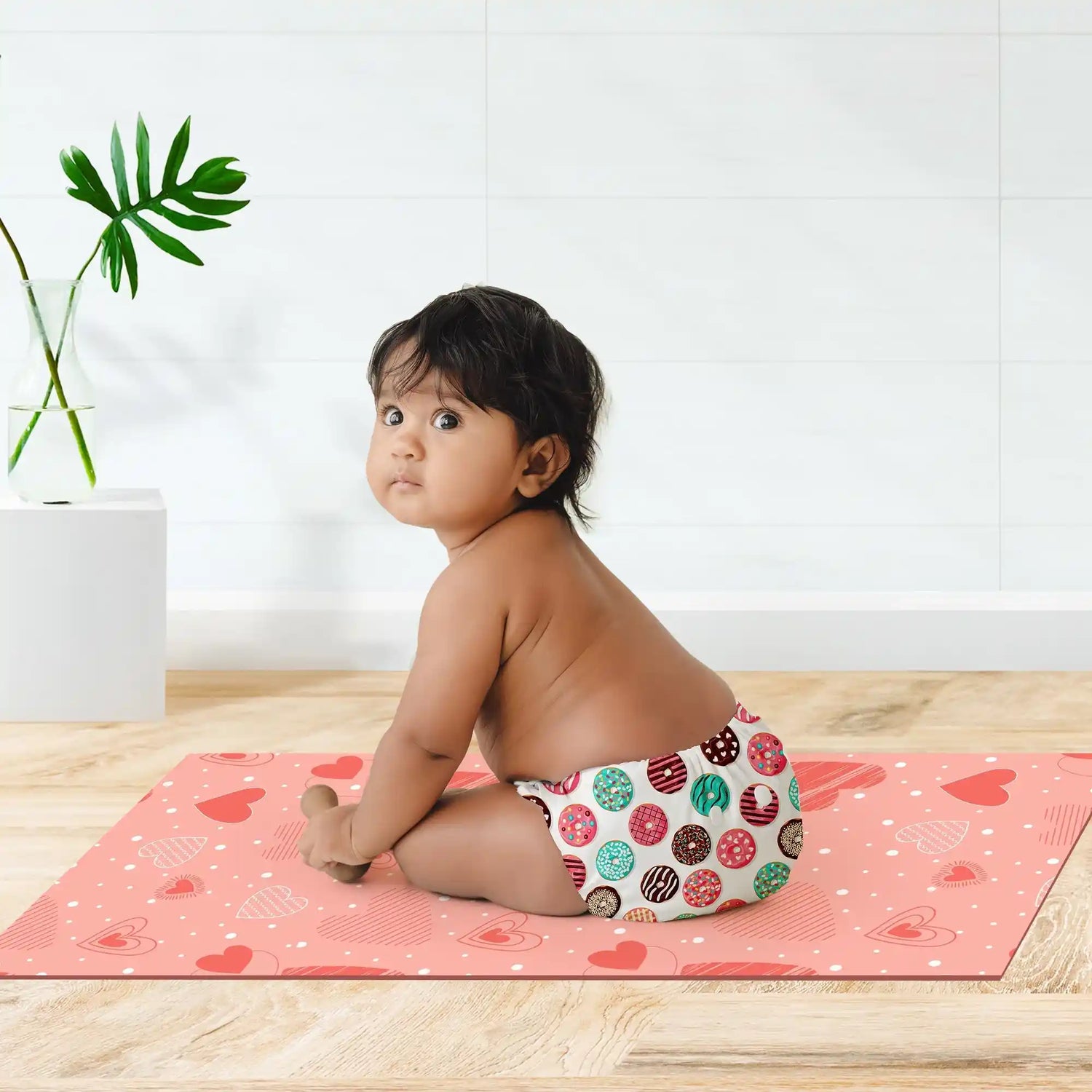• Introduction
• Essential Tips for Feeding Your 6-Month-Old Baby
• 6-Month Baby Food Chart
• Food Allergy Symptoms
• 10-Month Baby Food Chart
• Healthy Organic Foods for Babies
• Key Takeaways
• FAQs
• Message From SuperBottoms
In the first two years of a child's life, they undergo remarkable physical and cognitive development, marked by milestones such as sitting, standing, walking, and talking. Healthy eating habits are crucial to this development, laying the foundation for a lifetime of good nutrition.
Research indicates that dietary patterns established during infancy can significantly influence food preferences and choices later in life. Therefore, it is essential to introduce a 1-year baby food chart to your baby from an early age and foster a positive relationship with food.
Essential Tips For a 1 Year Baby Food Chart:
Feeding your baby with 1-year-old baby food involves introducing solid foods alongside continued breastfeeding or formula feeding. Here are some fundamental tips to ensure a smooth transition to solids:
1. Texture and Consistency: Begin with purees or porridges that are smooth and runny in consistency, gradually progressing to thicker textures as your baby becomes more accustomed to eating solid foods.
2. Breastfeeding or Formula: While introducing solids, continue breastfeeding or offering formula milk to provide essential nutrients and maintain hydration.
3. Feeding Routine: Establish a healthy feeding routine for 1 1-year-old baby that includes putting on a SuperBottoms Waterproof Cloth Bib, placing your baby in a high chair, and introducing them to utensils like spoons. Consistency in mealtime routines can help create a positive eating environment.
4. Patience and Flexibility: Be patient and allow your baby to explore and experiment with different foods at their own pace in a 1-year baby food chart. Respect their cues for hunger and fullness, and avoid force-feeding.
5. Use Cloth Diapers: During feeding, it's common for babies to make a mess. Using SuperBottoms Cloth Diapers can be an eco-friendly option and can help contain any spills or accidents.
6. Wet Wipes: XtraHydrating Wet Wipes are handy for cleaning up your baby's hands, face, and any messes on surfaces.
6 Months Baby Food Chart For Indian:
The following is a suggested 6-month baby food chart for Indians, gradually introducing fruits, vegetables, and grains:
| Day | Routine |
| Day 1 | Fruit is the best choice for a baby's first food in the 6-month baby food chart. Start with 1 tablespoon of apple or banana puree once a day. |
| Day 2 | Increase to 2 tablespoons of apple/banana puree twice daily. |
| Day 3 | Increase to 3 tablespoons of apple/banana puree twice daily. |
| Day 4 | You can now introduce a vegetable, such as a carrot, and give 1 tablespoon of carrot puree once a day. |
| Day 5 | Increase to 2 tablespoons of carrot puree twice a day. |
| Day 6 | Increase to 3 tablespoons of carrot puree twice a day. |
| Day 7 | Go with any fruit puree in the morning and vegetable puree in the evening. |
Continue at the same time as earlier, with two solid meals daily. This week, you can introduce some new grains, fruits, and vegetables. You can customise these 6-month baby food chart plans to your baby's convenience and routine. It'll take at least two months to finish the portions you give them, so don't try to force-feed the remaining food on the plate; be patient.
However, do consider the risk of food allergies. You can't be sure if your baby is allergic to any food, so always follow the 3-Day Rule before introducing any new food to your baby. This will also help you rule out any foods that may be causing indigestion in your baby.
Food Allergy Symptoms:
As you introduce new baby foods to your baby's diet, it is crucial to be vigilant for signs of food allergies or intolerances. Common symptoms of food allergies include:
1• Diarrhoea
2• Constipation
3• Vomiting
4• Skin rashes or hives
5• Persistent crying or fussiness due to stomach discomfort
If you observe any of these symptoms after introducing a new food, consult your paediatrician and consider eliminating the suspected allergen from your baby's diet.
1-Year Baby Diet Chart:
By the age of 1 year, your baby's palate and chewing abilities have developed, allowing for a more varied diet with healthy food for a 1-year-old baby. Here are some 1-year-old baby diet chart foods to introduce at this stage:
| Food | Preparation |
| Cauliflower | Steam or puree cauliflower for a nutritious addition to your baby's meals. |
| Eggs | Offer scrambled or boiled eggs as a source of protein and essential nutrients. |
| Fish | Introduce mild varieties such as cod or salmon, ensuring they are thoroughly cooked and deboned. |
| Meat | Cook and finely mince meat such as chicken or beef to provide iron and protein. |
| Brinjal (Eggplant) | Prepare soft, well-cooked eggplant dishes to add variety to your baby's diet. |
The transition from purees to finger foods offers a variety of textures and flavours to stimulate your baby's senses and promote self-feeding skills. While establishing a healthy baby feeding schedule for 1 year, remain responsive to your baby's hunger cues and continue breastfeeding, as it remains a crucial source of nourishment.
Healthy Organic Foods for Babies:
Organic foods offer a natural and nutritious option for your baby's diet. Here are some organic food 6 6-month-to-1-year-old to 1-year-old baby food options suitable for babies:
• They sprouted Ragi and Carrot Porridge, a nutrient-rich blend of sprouted ragi (finger millet) and carrots that provide essential vitamins and minerals.
• Organic Rice and Moong Khichdi Mix: A wholesome combination of rice and moong dal (split mung beans), offering protein and carbohydrates for energy.
• Dry Dates Powder - Natural Sweetener: A natural sweetener from dried dates rich in fibre and antioxidants.
• Sprouted Sathumaavu Powder / Sprouted Health Mix for Babies: This versatile mix of sprouted grains and pulses provides a balanced source of nutrients.
• Sprouted Ragi, Almond and Date Porridge: A nourishing porridge made from sprouted ragi, almonds, and dates, offering protein, calcium, and iron.
• Bajra and Pumpkin Seeds Porridge: This nutritious blend of bajra (pearl millet) and pumpkin seeds is packed with vitamins and minerals.
• Dry Fruits and Seeds Powder for Kids: A blend of dry fruits and seeds, including almonds, cashews, and pumpkin seeds, providing essential fatty acids and micronutrients.
• Whole Wheat, Almond, and Dates: This wholesome mix of whole wheat, almonds, and dates offers fibre, protein, and natural sweetness.
Incorporating these organic 6-to-1-year-old baby foods into your baby's diet can help ensure they receive a diverse range of nutrients essential for growth and development.
|
Limited Time Offers + Special Gift Sets! Now or never Super SALE is live on the SuperBottoms website! Take advantage of unbeatable value deals on our UNO Cloth Diapers, Baby Essentials, and more. Looking for the perfect present for a newborn or a toddler? Explore our thoughtfully curated Gift Sets & Combos — safe, skin-friendly, and oh-so-cute! A bundle of love for little ones and a delight for parents. HURRY — Deals and Gift Packs are live only till stocks last. Don’t miss the chance to stock up and share the joy! |
Key Takeaways:
1. Feeding your baby from food, from 6 months to 1 year, is a critical stage in their development, laying the groundwork for healthy eating habits and lifelong nutrition.
2. Following a structured approach, introducing various foods, and remaining responsive to your baby's needs can help them develop into confident and comfortable eaters.
3. Remember to consult with your paediatrician regarding your 1-year-old baby's food requirements and any concerns about food allergies or intolerances.
FAQs:
When should I start introducing solid foods to my baby?
Ans. You can start introducing solid foods to your baby around six months. However, every baby is different, so it's essential to look for signs of readiness, such as sitting up with support and showing interest in what you're eating.
What are some suitable first foods for my six-month-old baby?
Ans. Ideal first foods for a six-month-old baby include pureed fruits such as apples or bananas and vegetables such as carrots or sweet potatoes. Start with single-ingredient purees to monitor for any allergies or intolerances.
How often should I feed my baby solid foods at six months old?
Ans. At six months old, you can start with one or two meals of solid foods daily, gradually increasing as your baby becomes more accustomed to eating solids. Continue breastfeeding or formula feeding alongside solid foods.
Message from SuperBottoms
Hi there, new parents! SuperBottoms brings you doctor-recommended cloth diapers — the best rash-free diapering solution for your baby’s sensitive and delicate skin. Unlike disposable diapers loaded with chemicals, our newborn cloth diapers, when used and washed properly, can help eliminate the risk of diaper rashes. SuperBottoms offers a wide range of safe, skin-friendly essentials for the whole family — including Reusable Cloth Diapers, Diaper Pants, DryFeel langots for diaper-free time, Padded Underwear for potty training, SuperSoft Underwear for everyday comfort, Joggers for playful days, and Period Underwear for women. Not just for everyday use, SuperBottoms products also make the best gifting choice for babies — thoughtful, eco-friendly, practical, and loved by parents. Now available on Amazon, Myntra, Flipkart, FirstCry, Zepto, Swiggy and Blinkit
Reference Links
1. Feeding your baby: 6–12 months
2. 6-month-old feeding schedule



